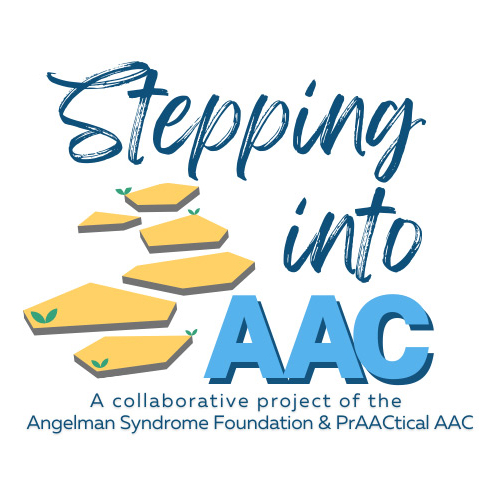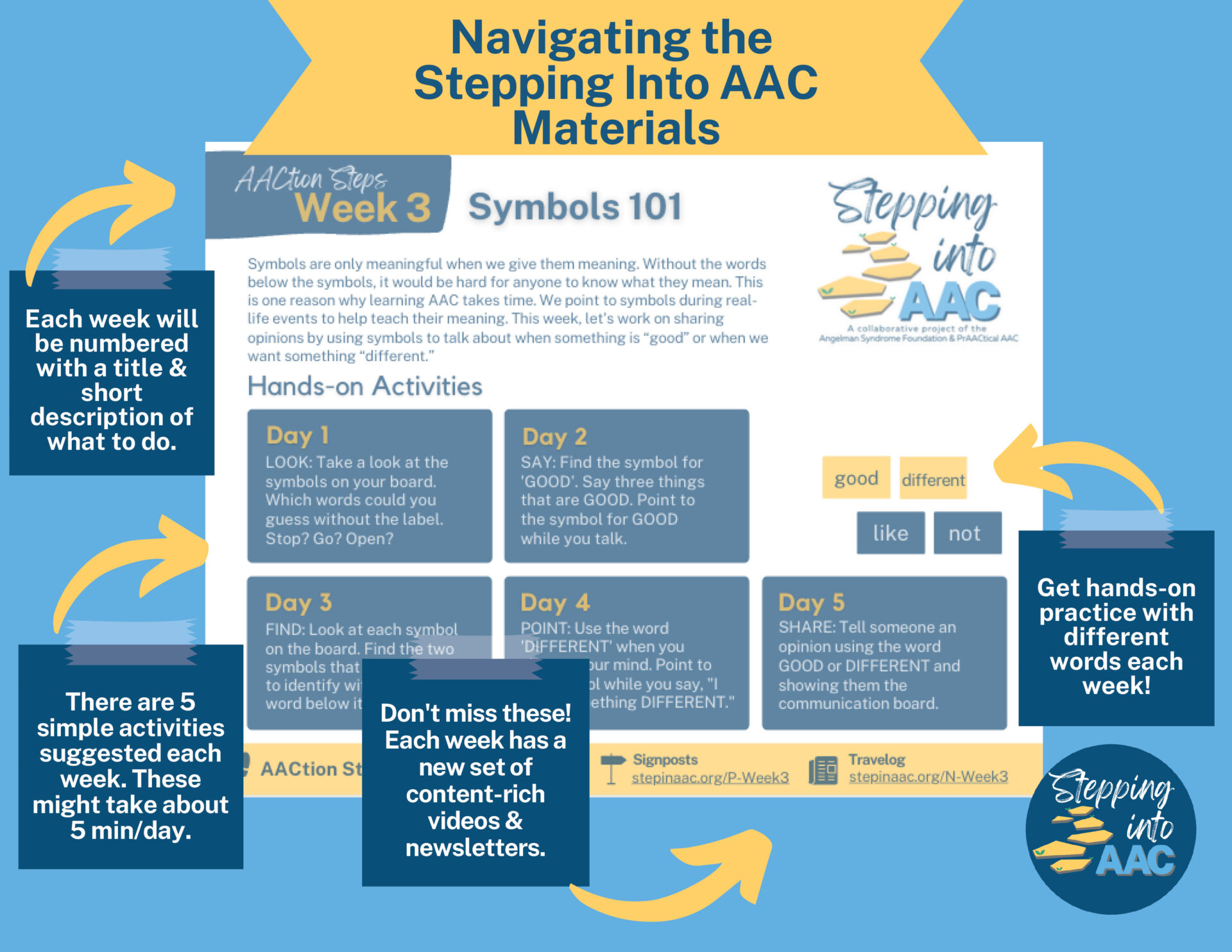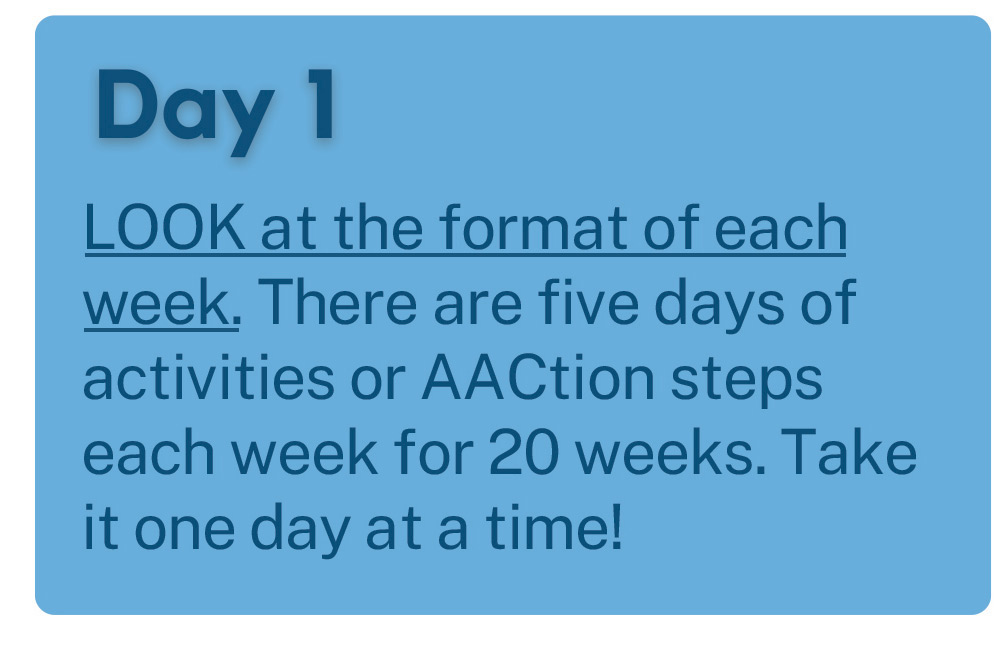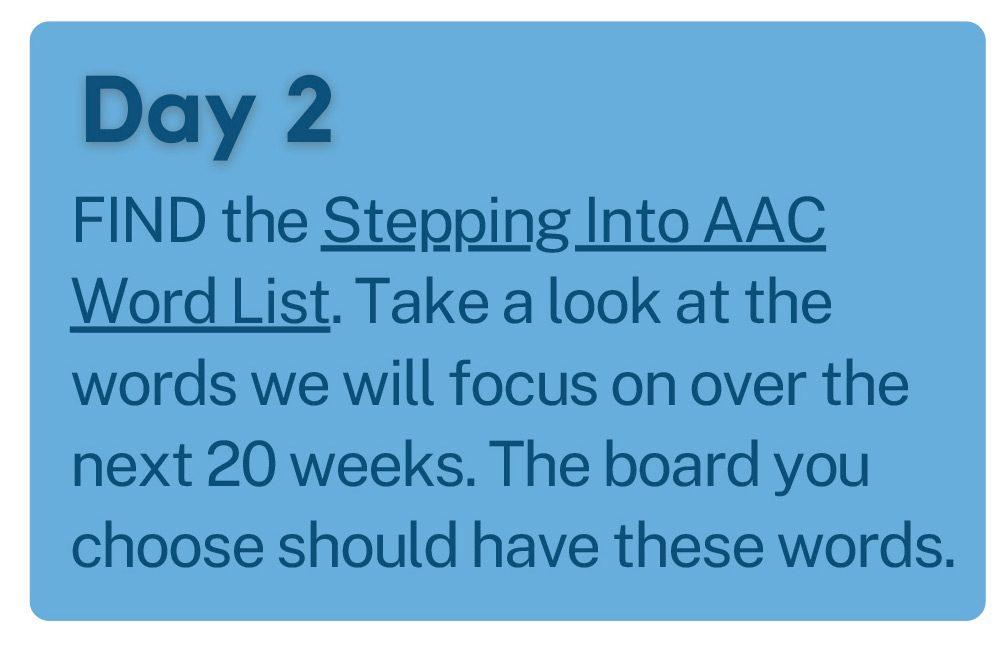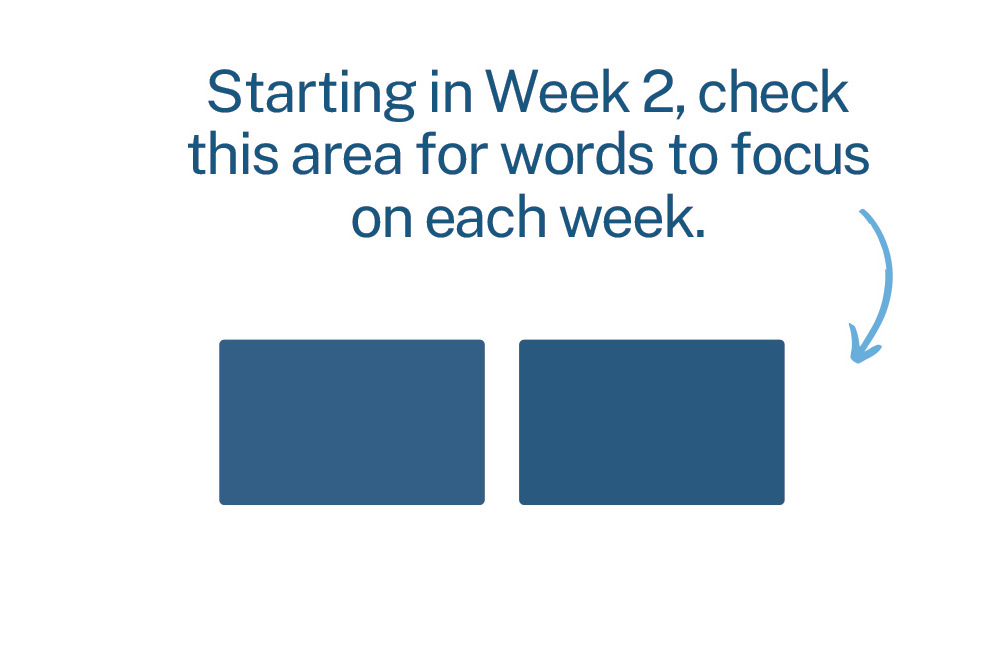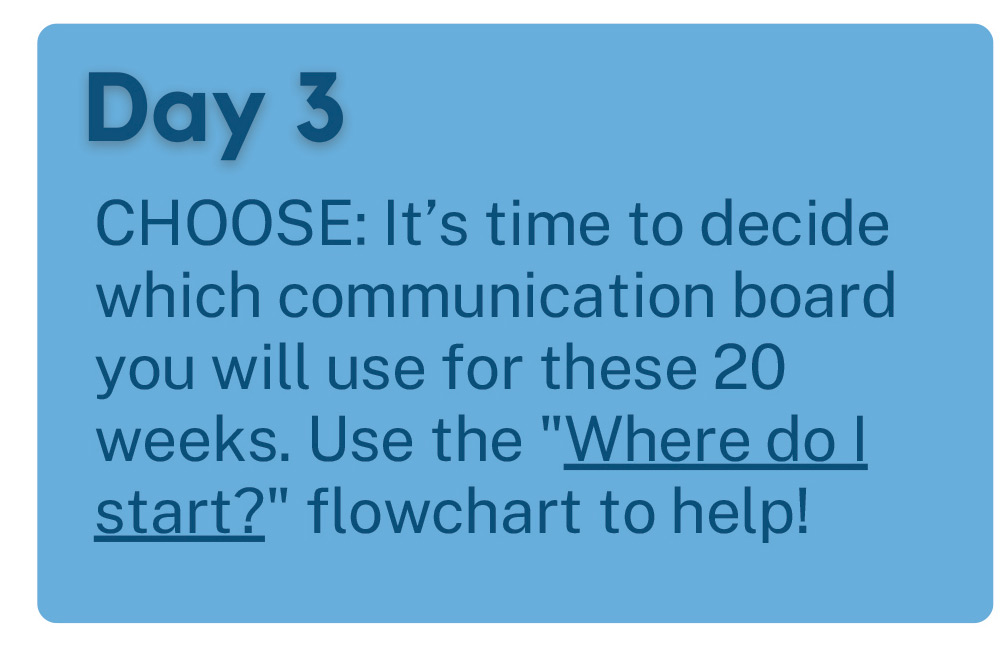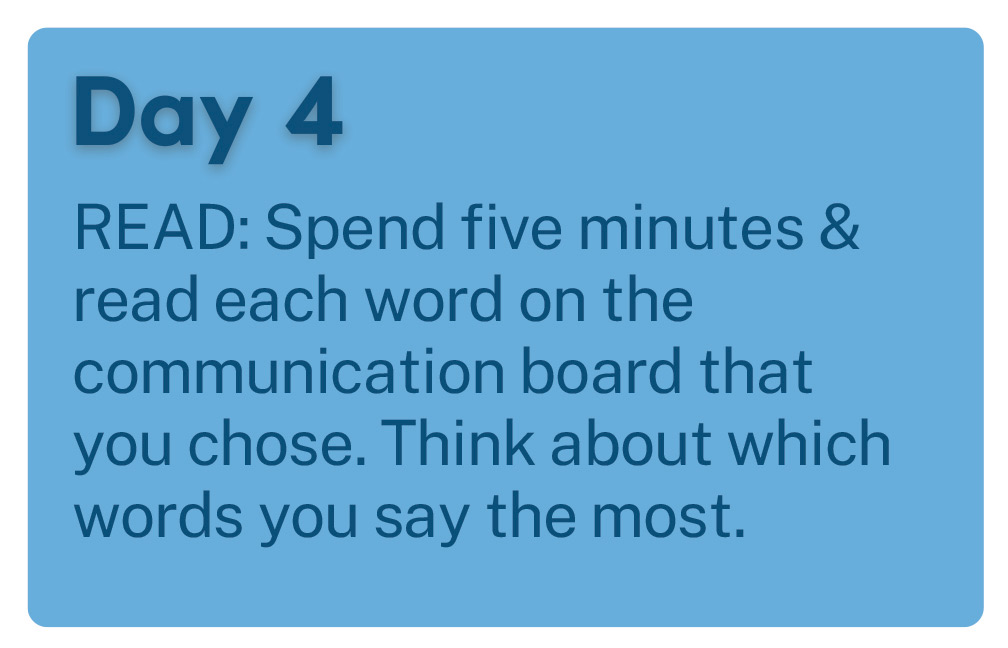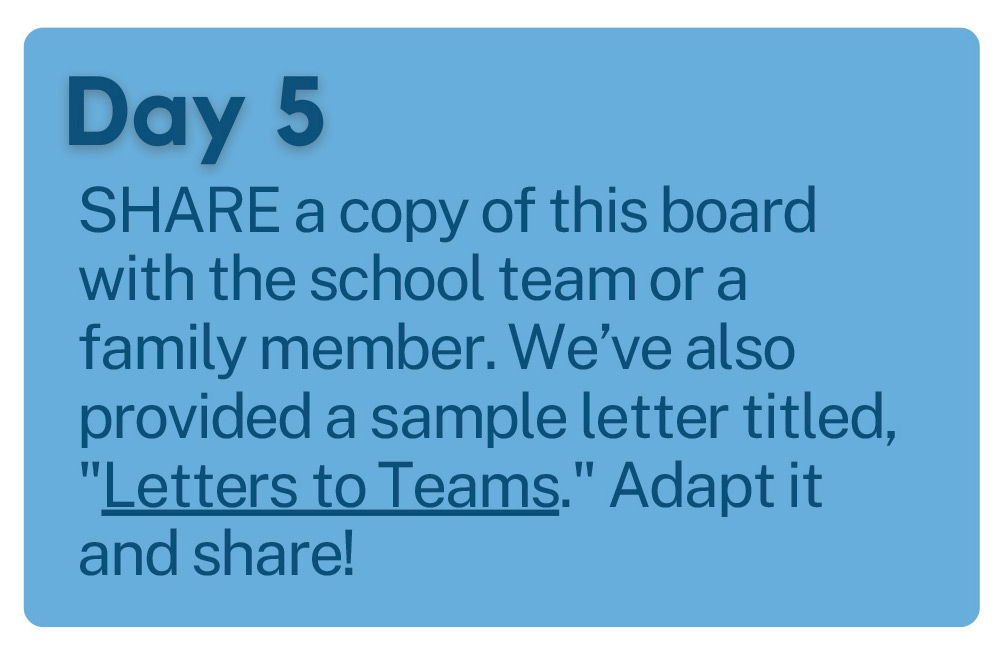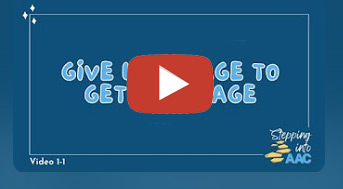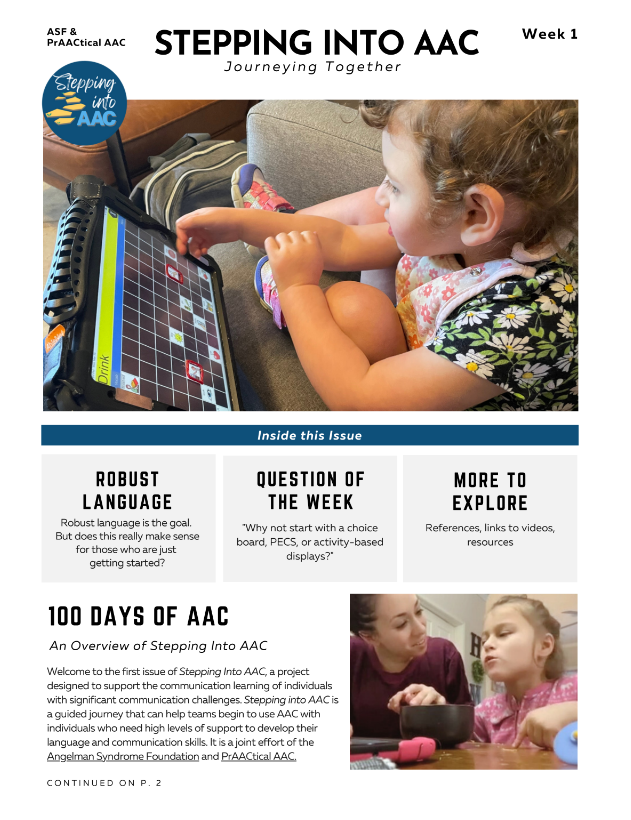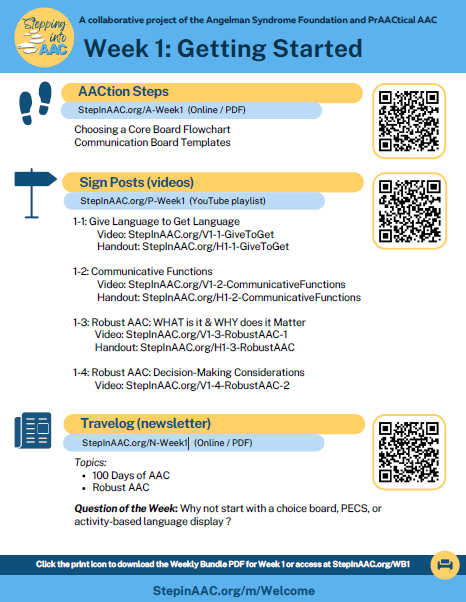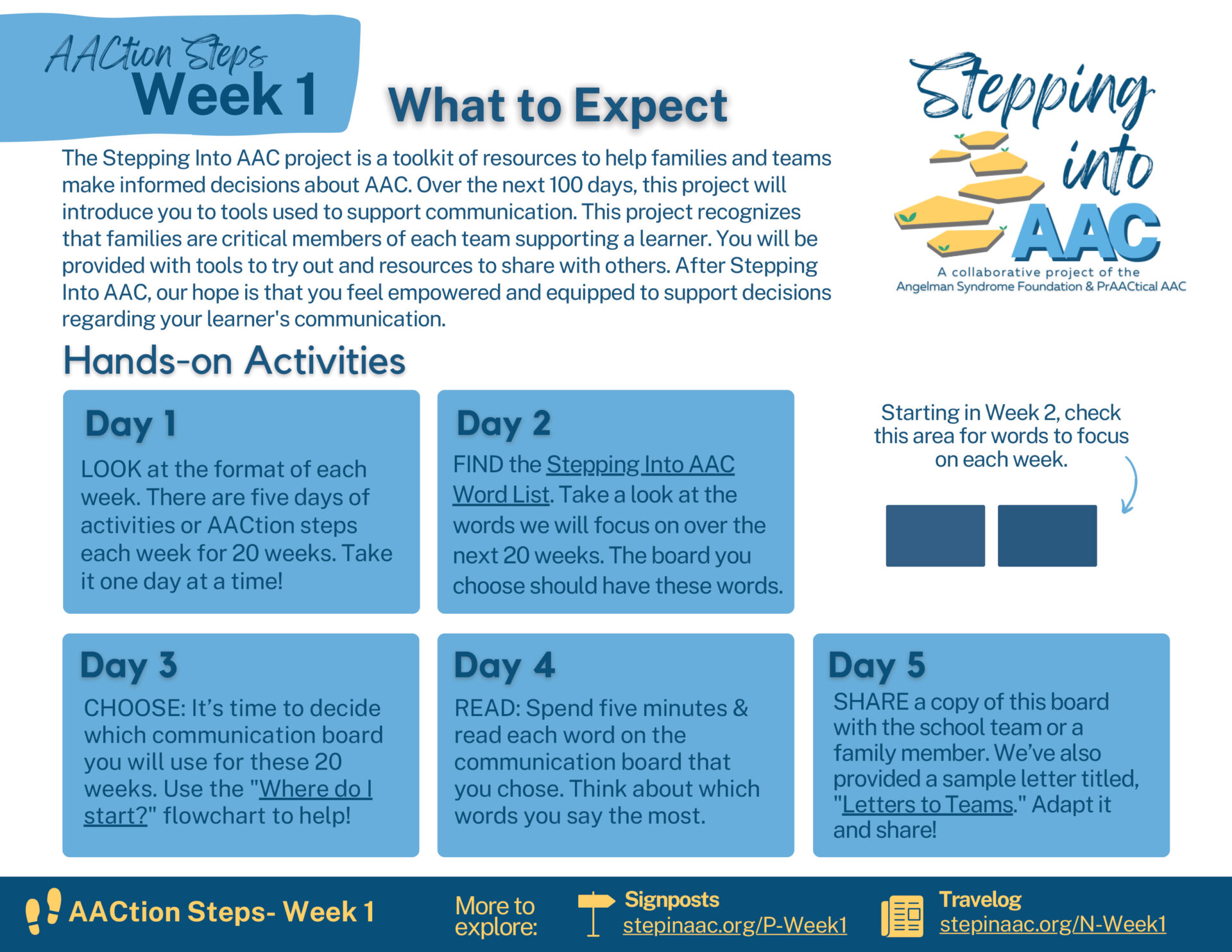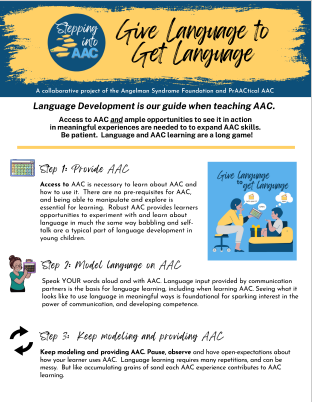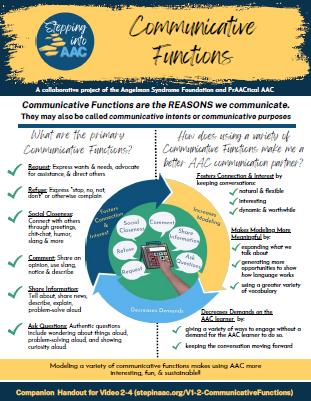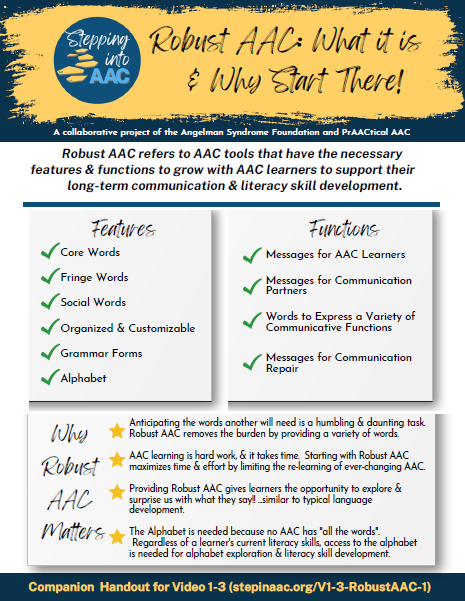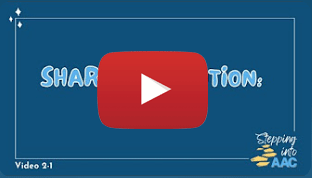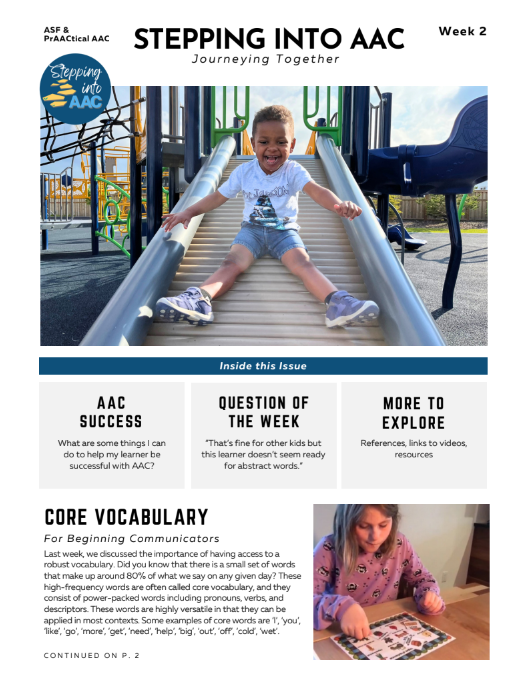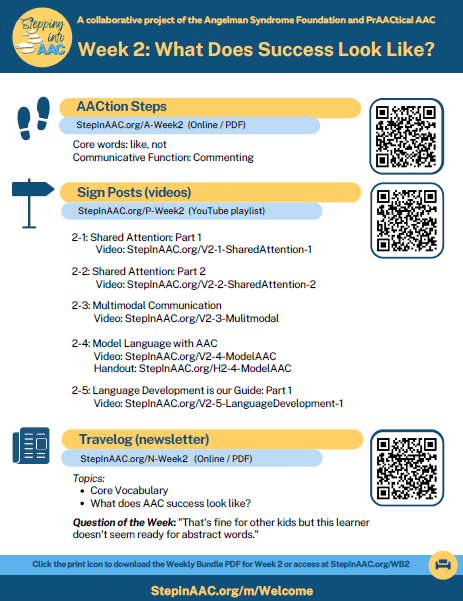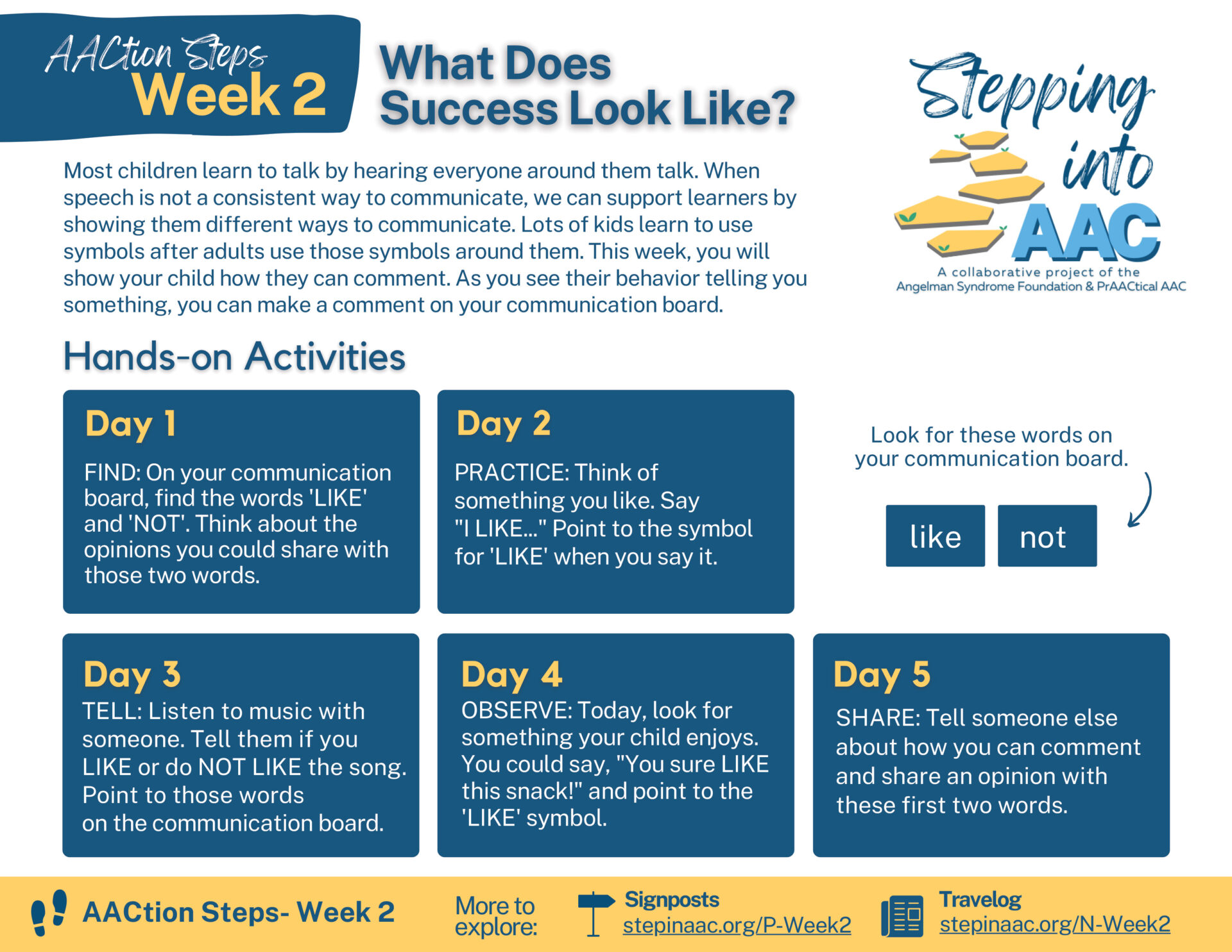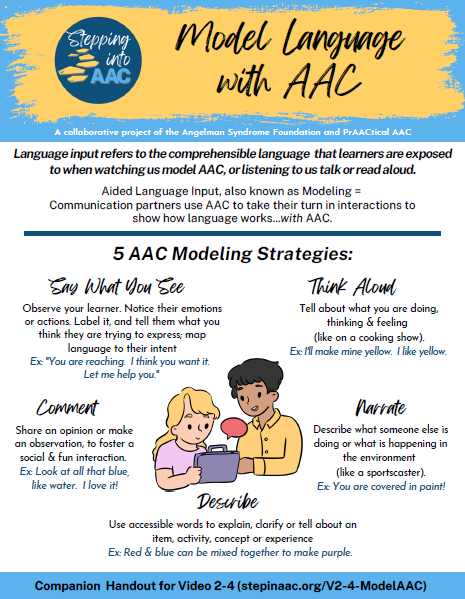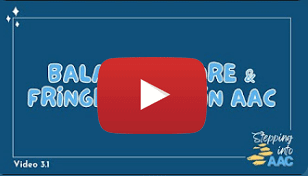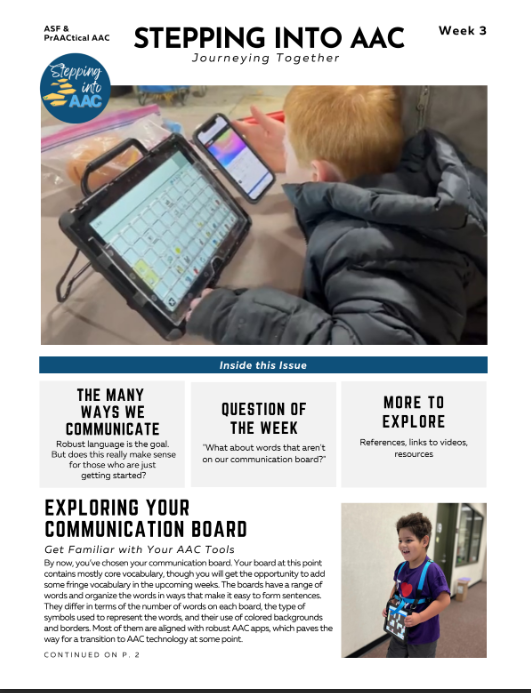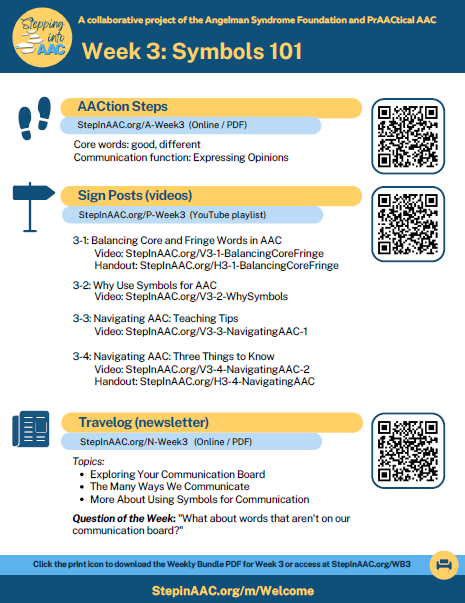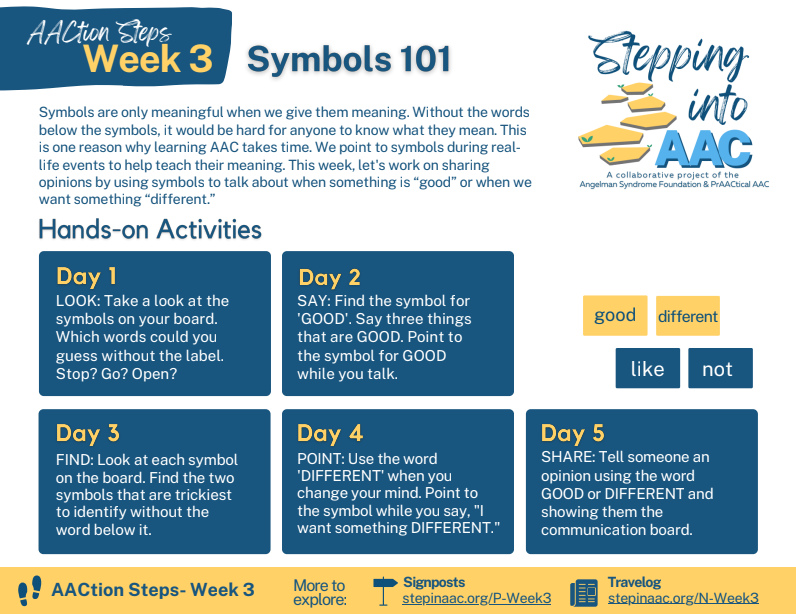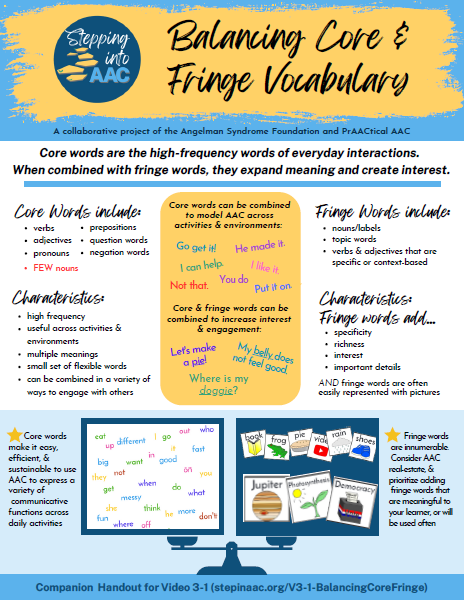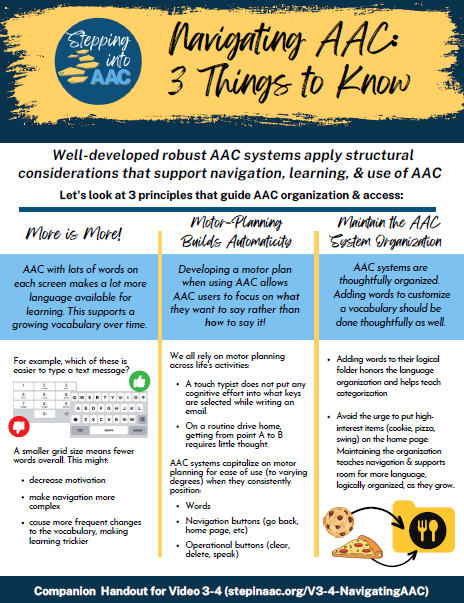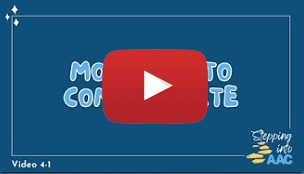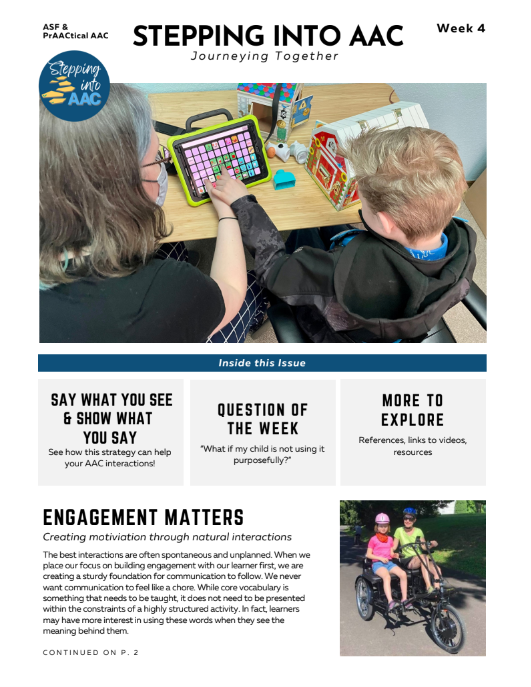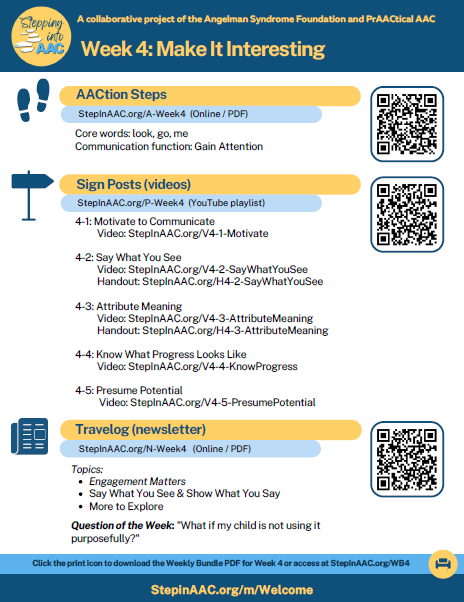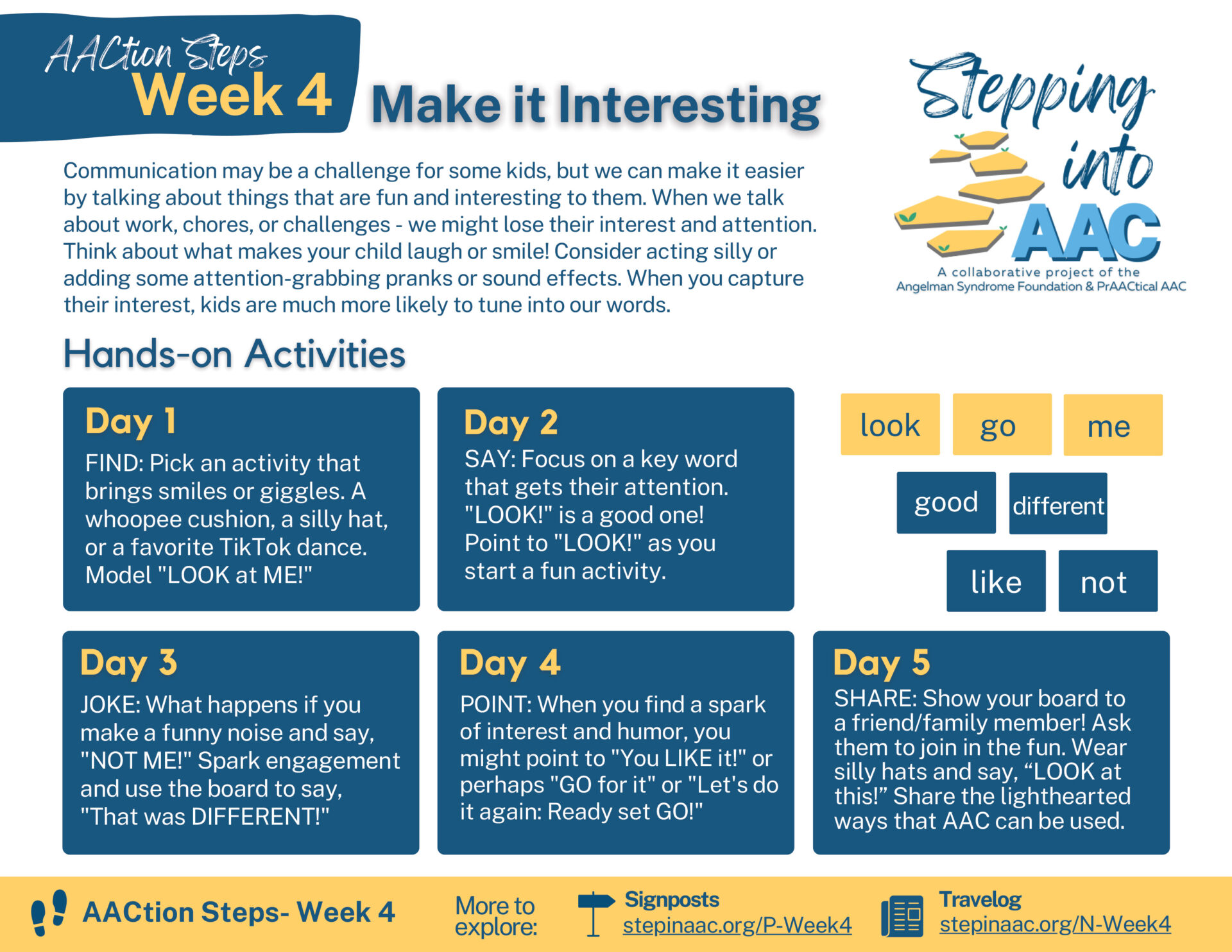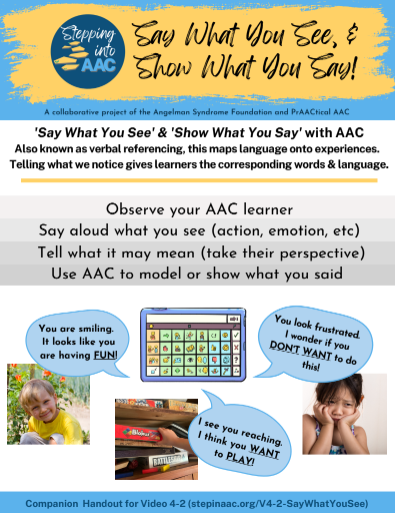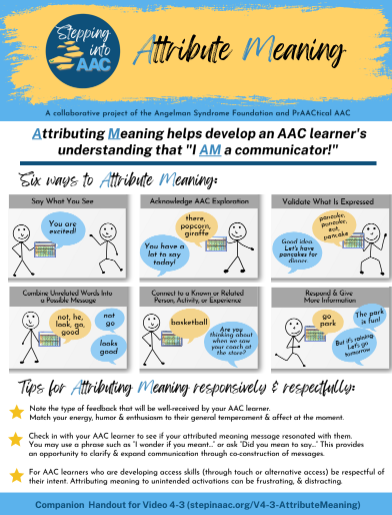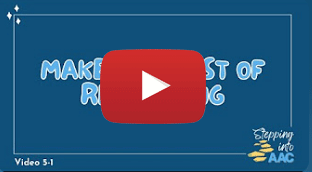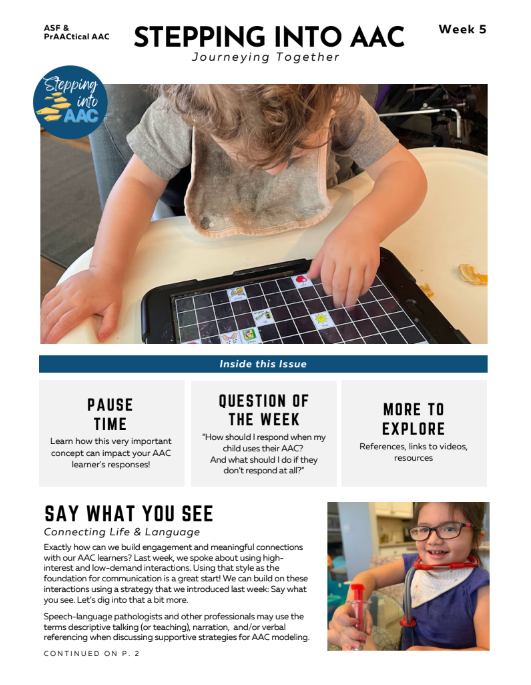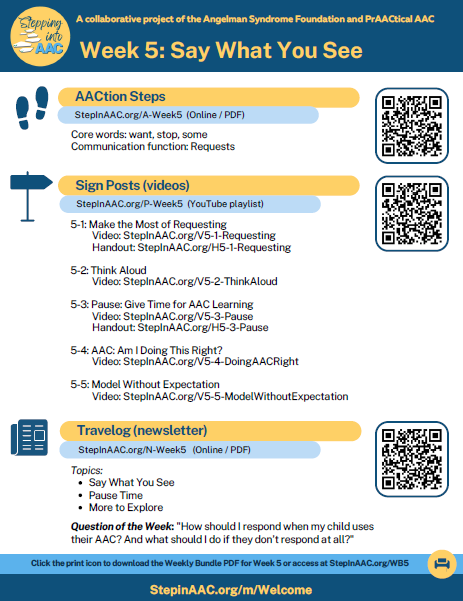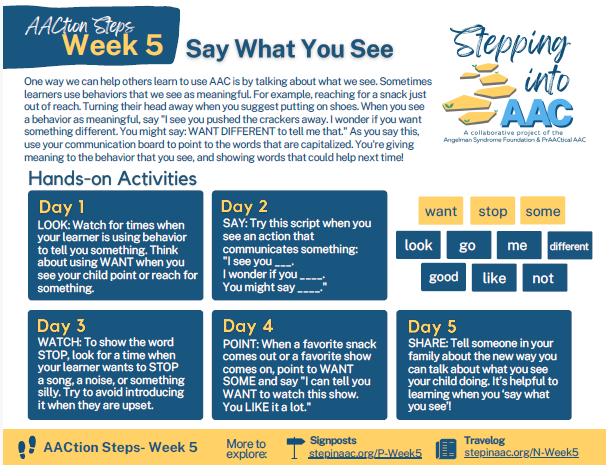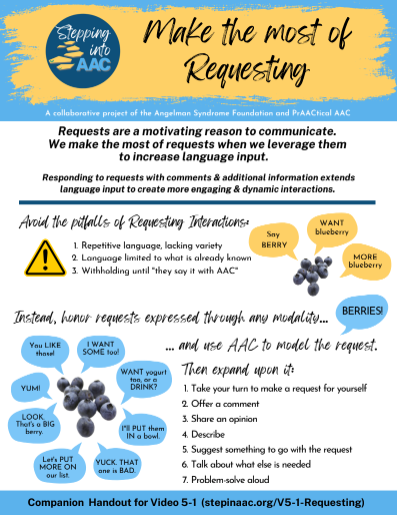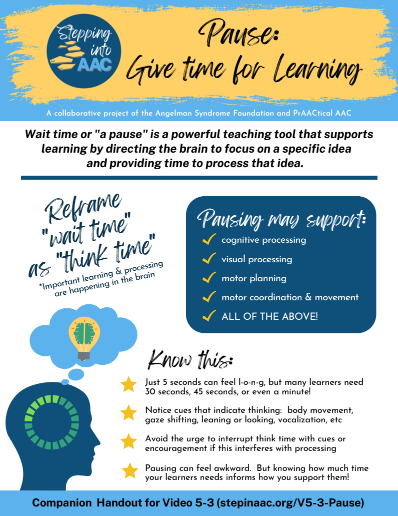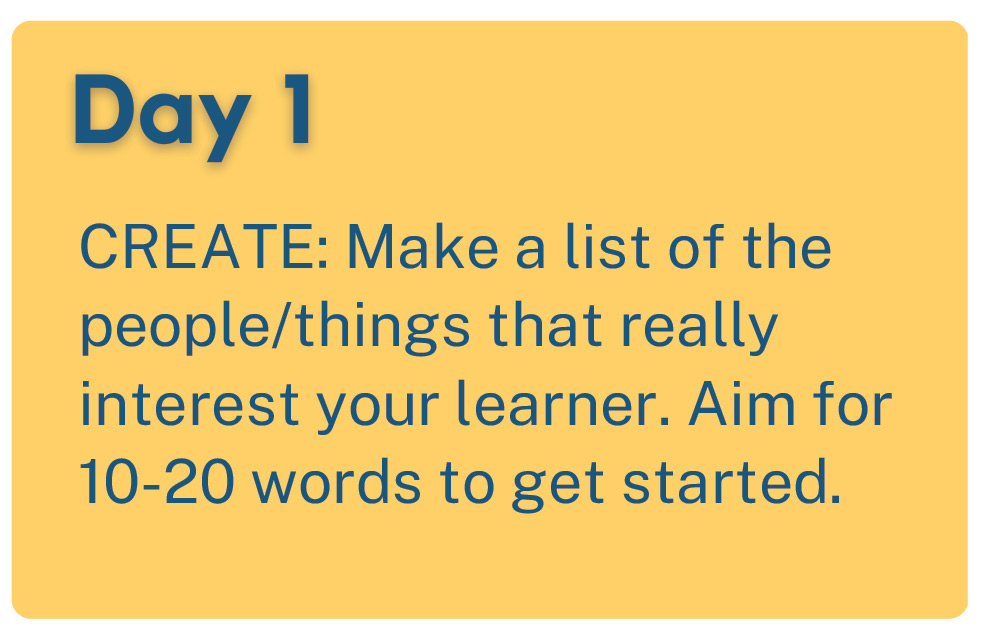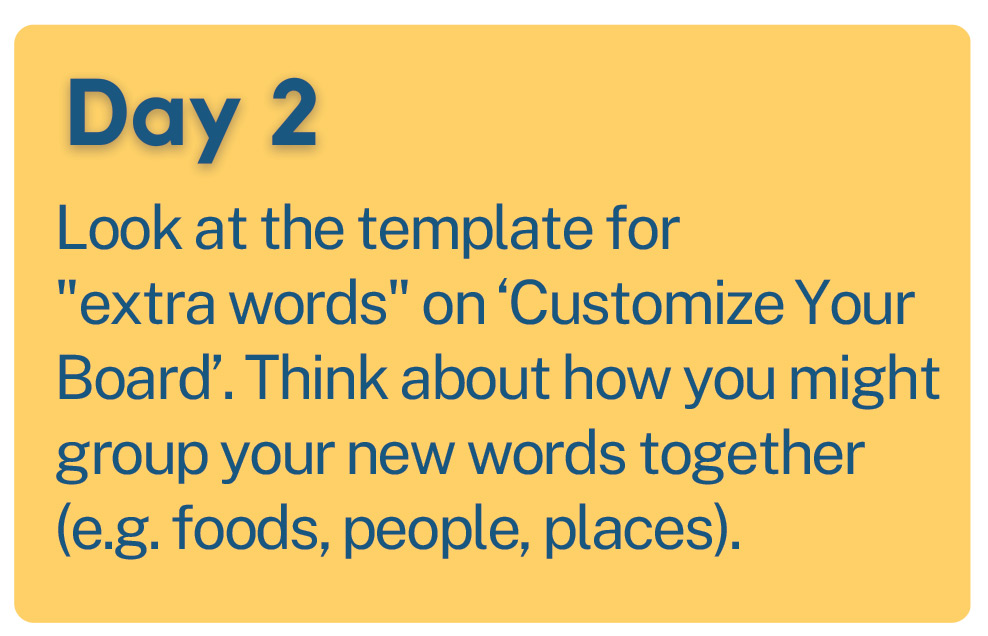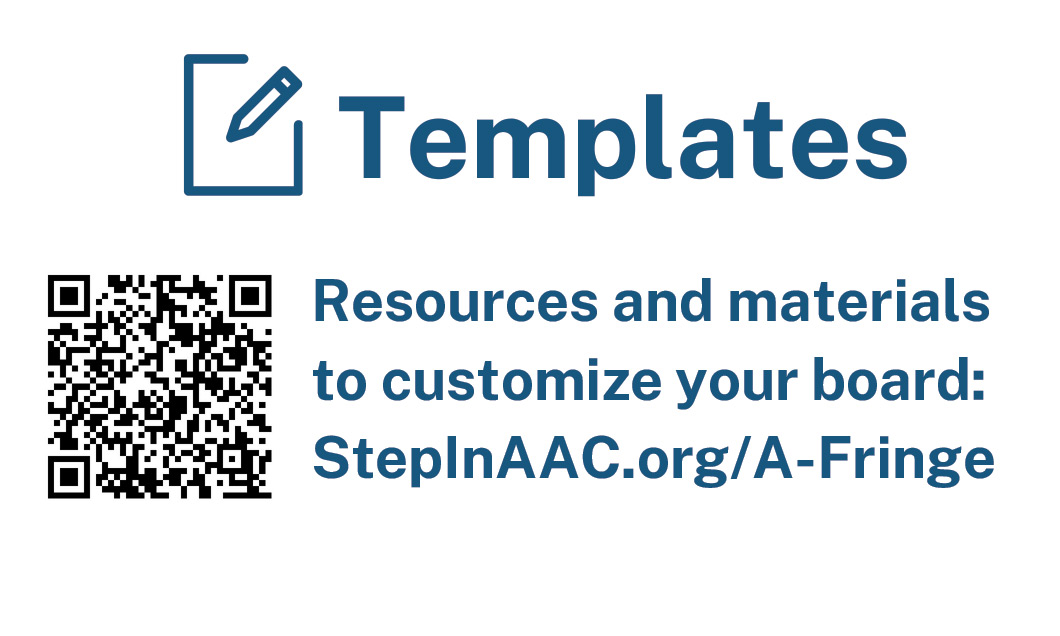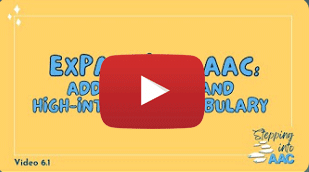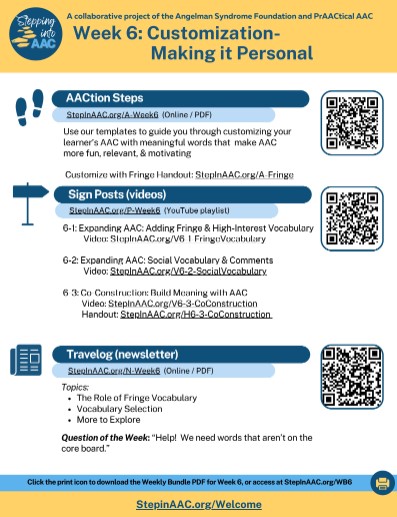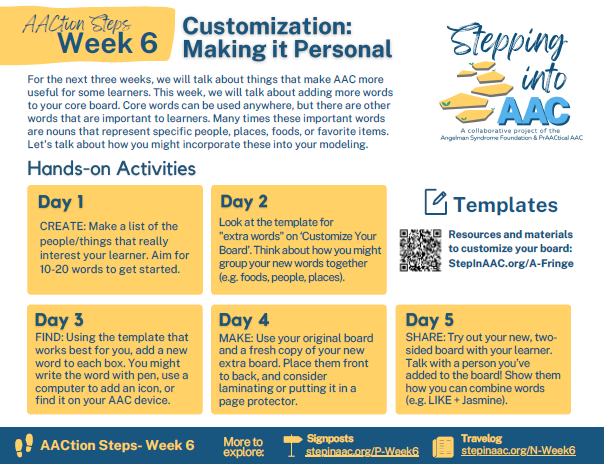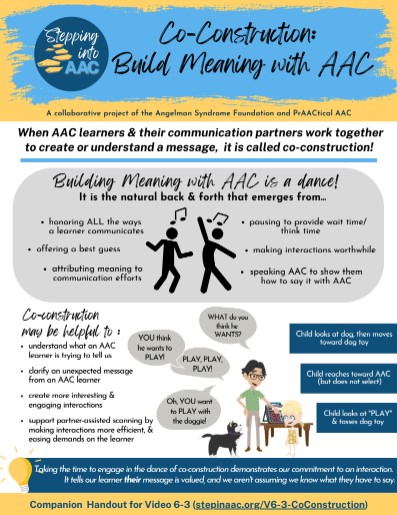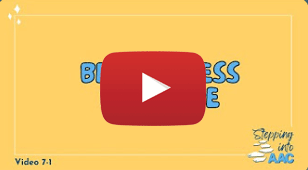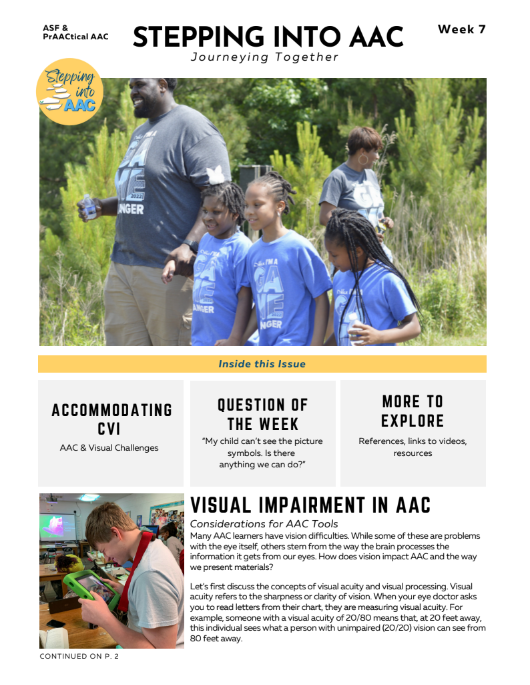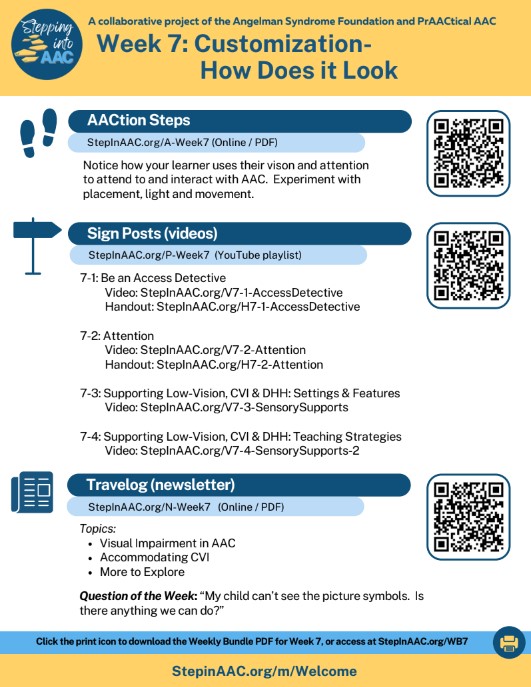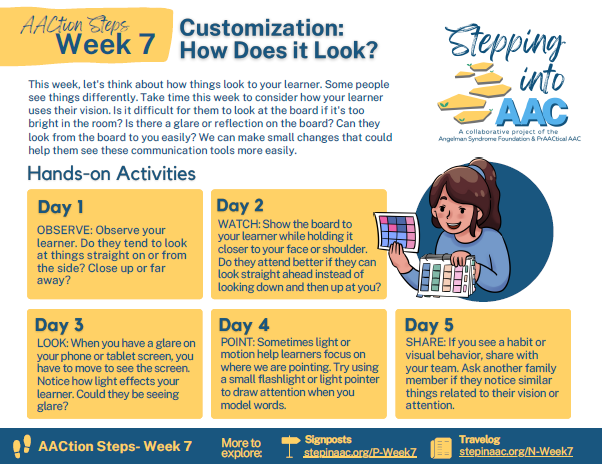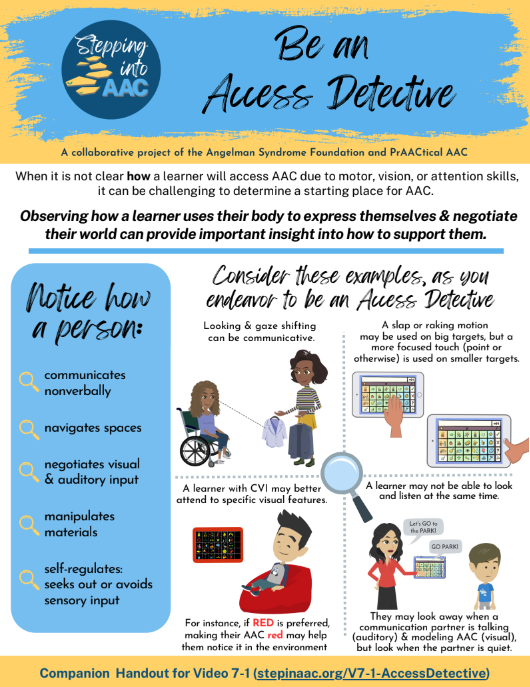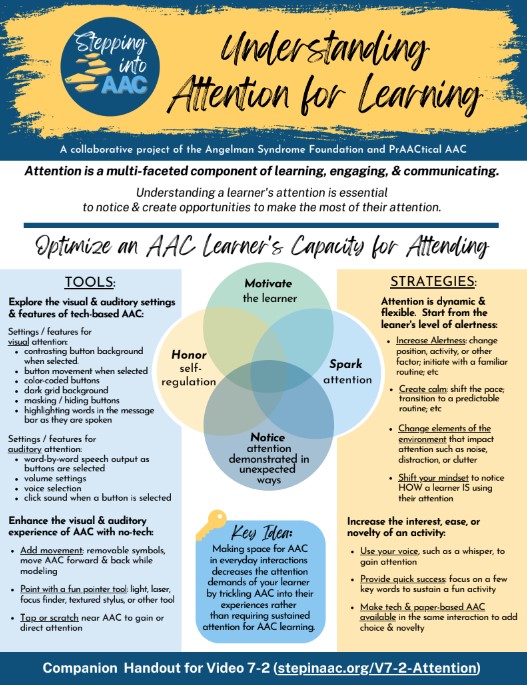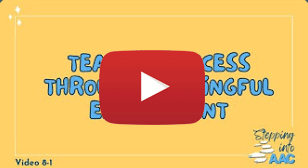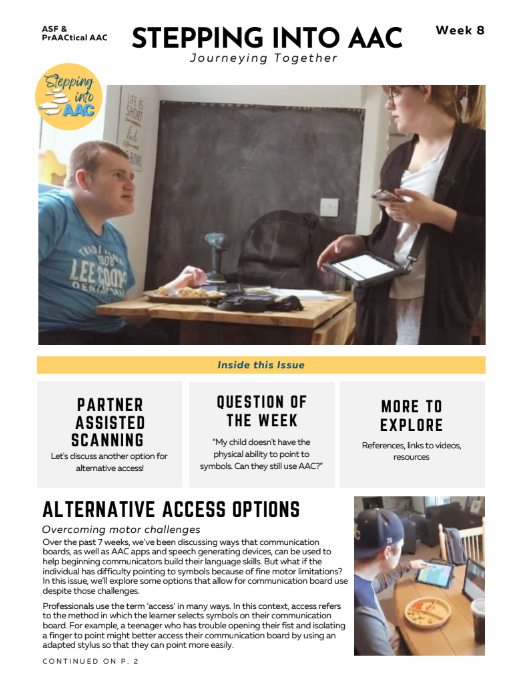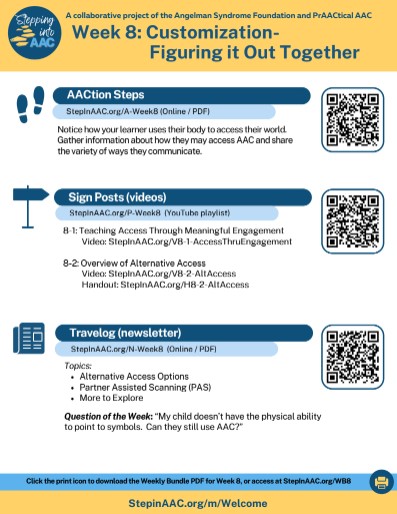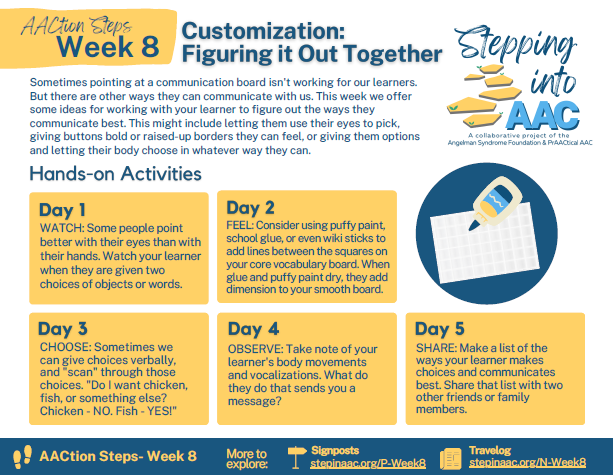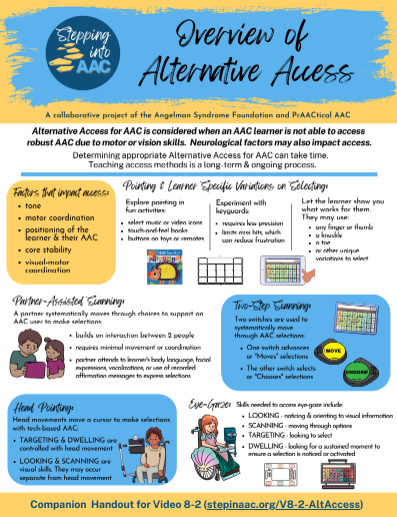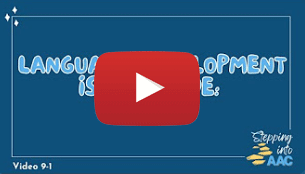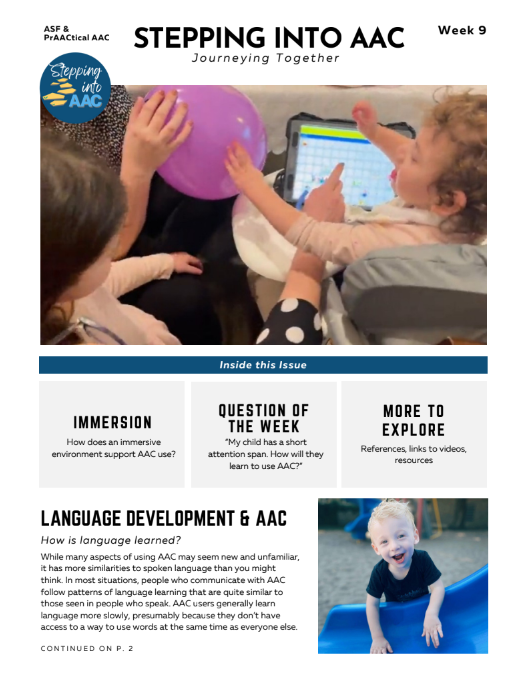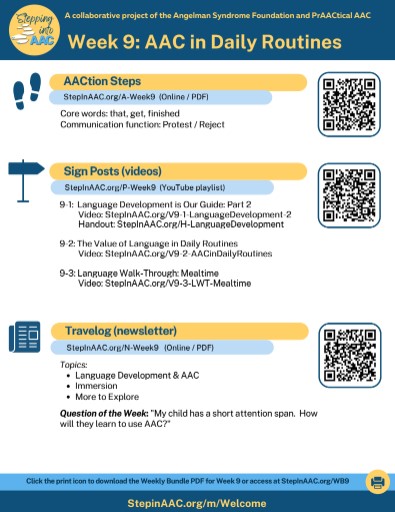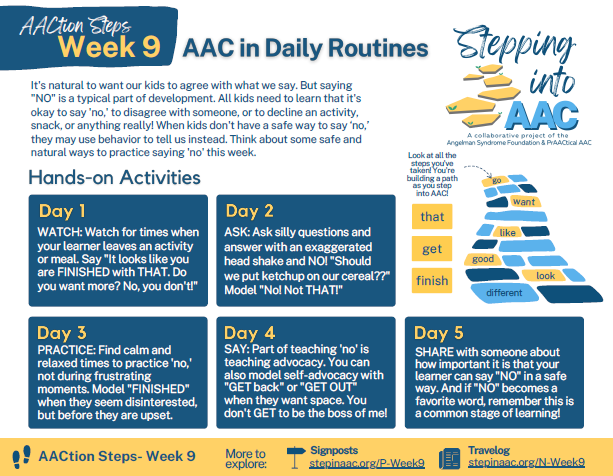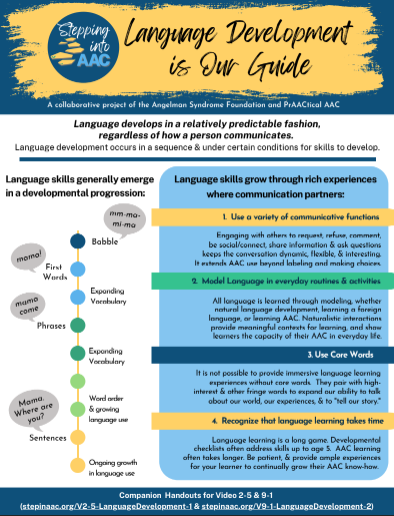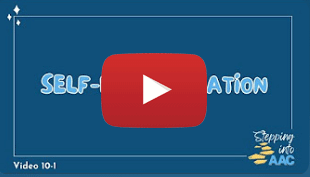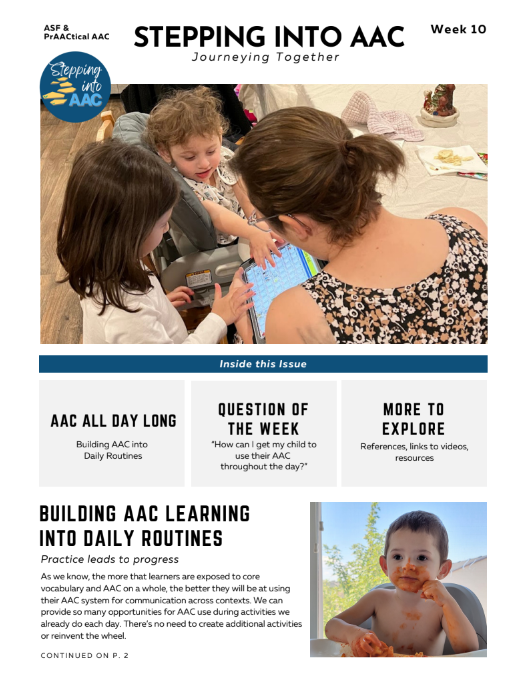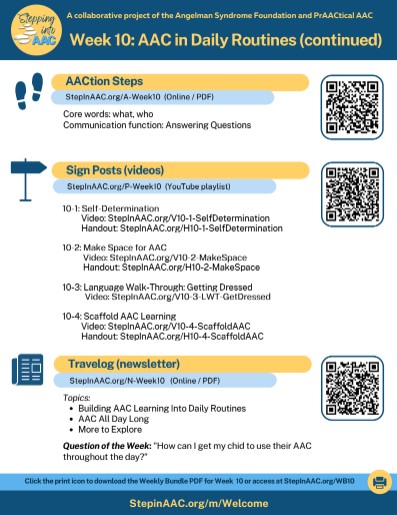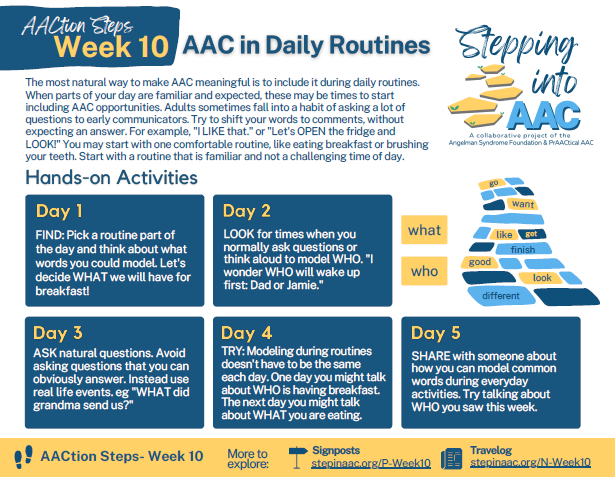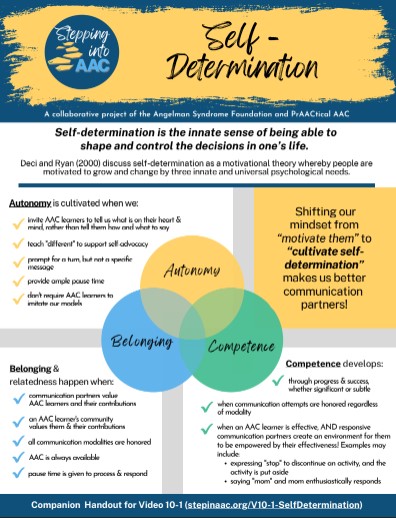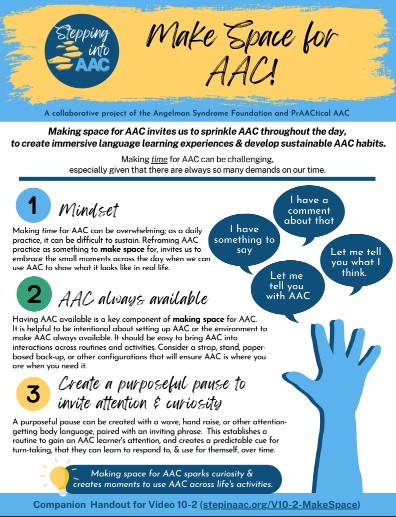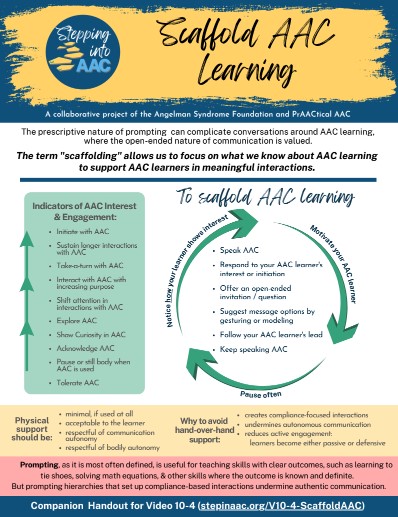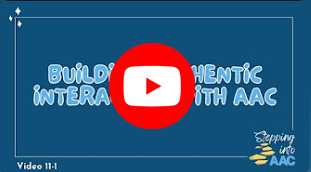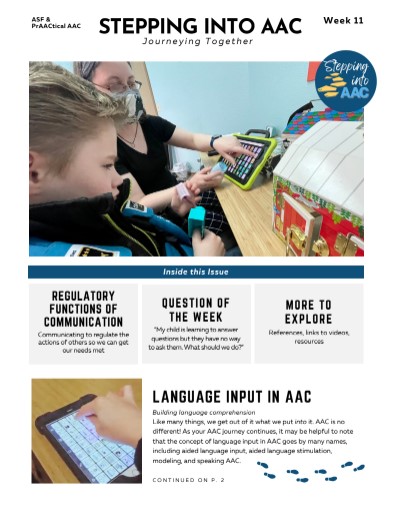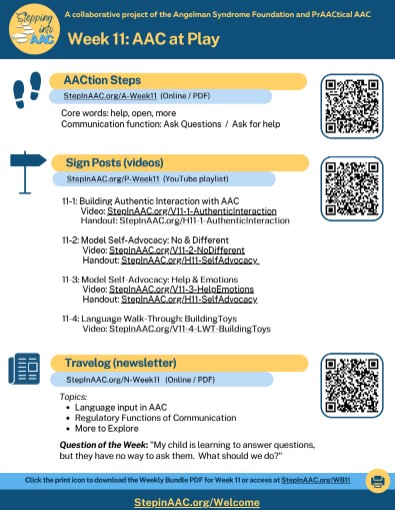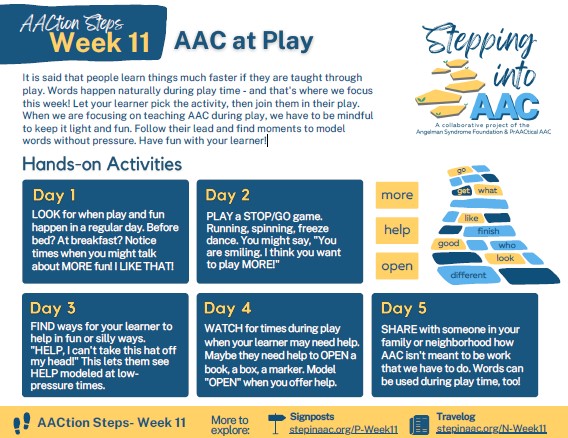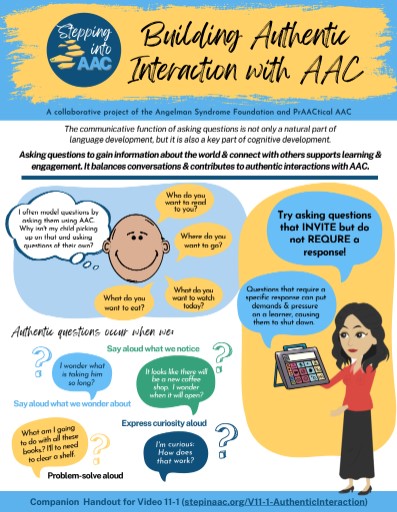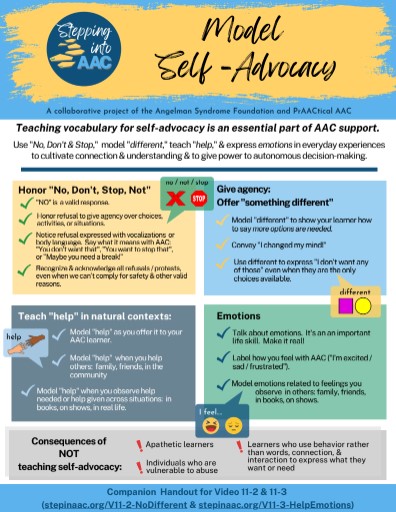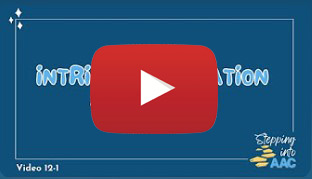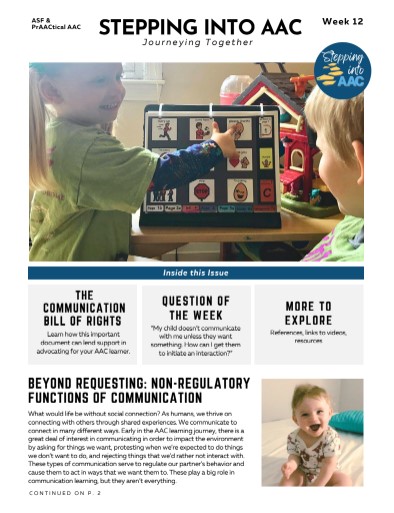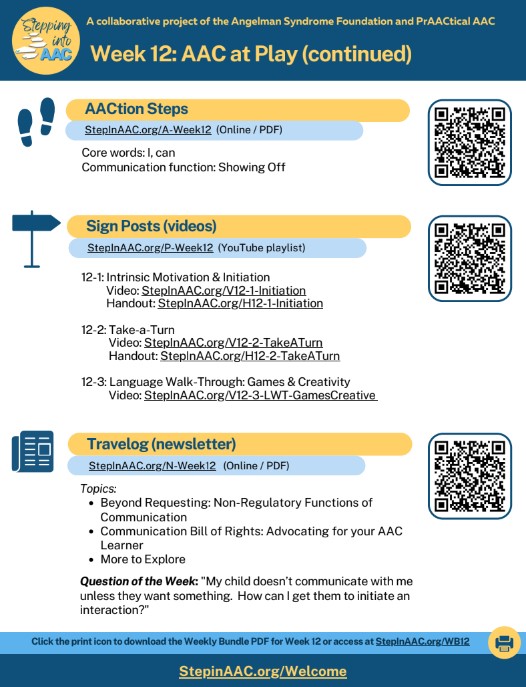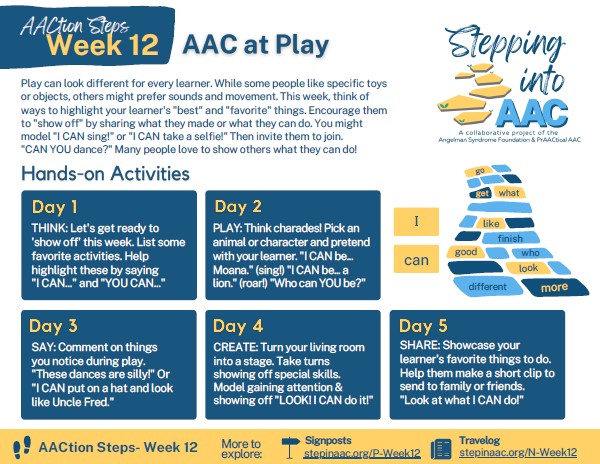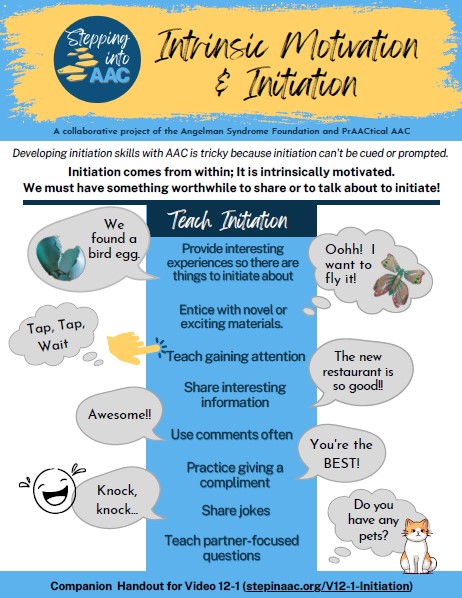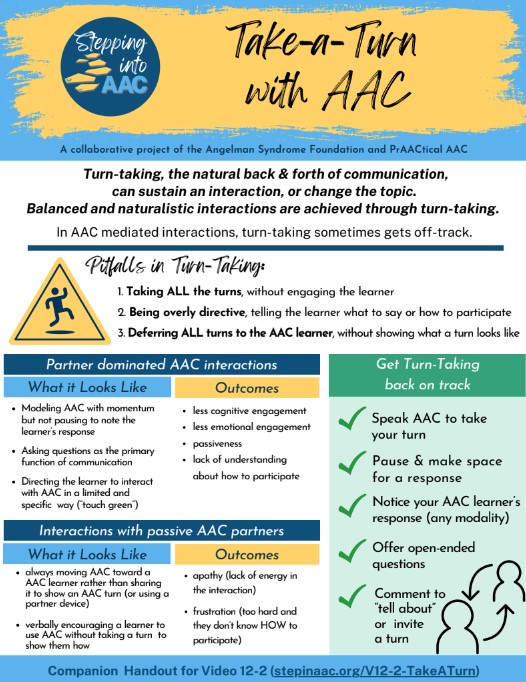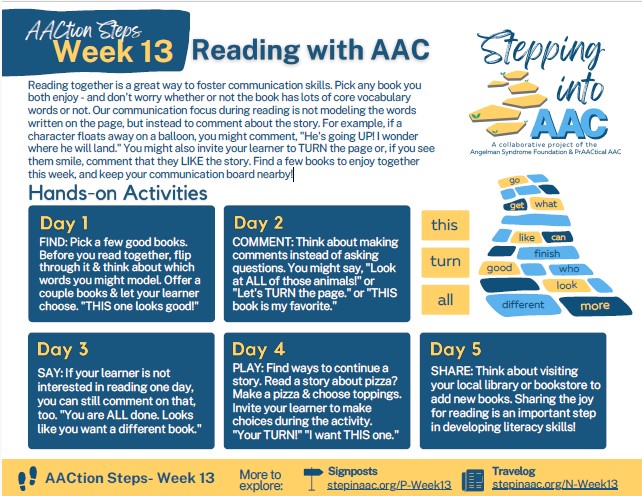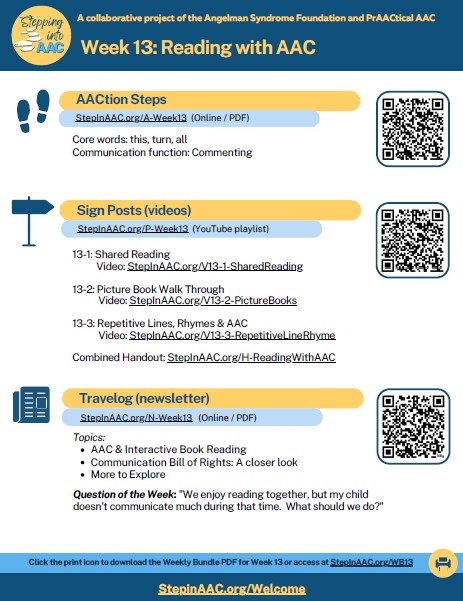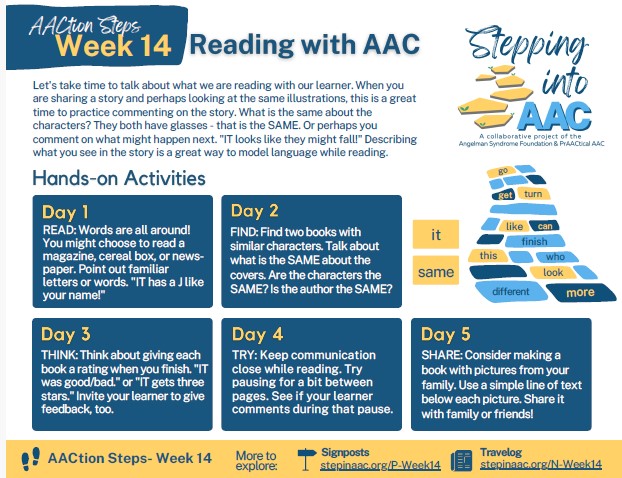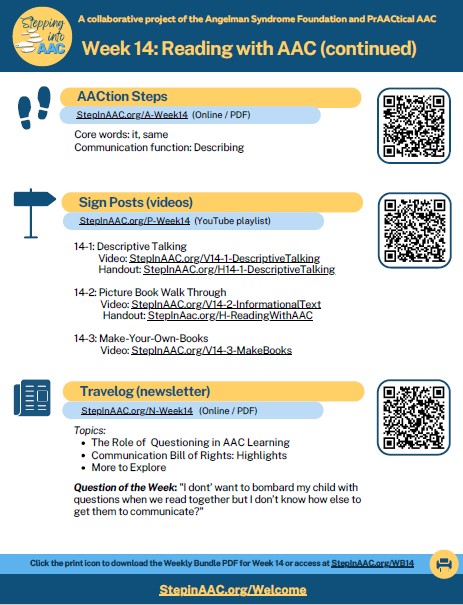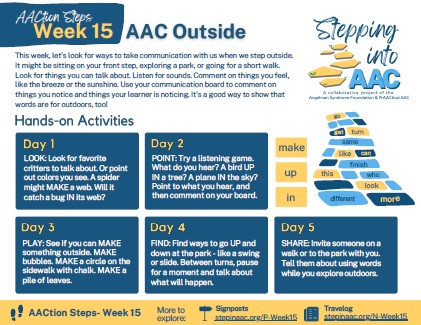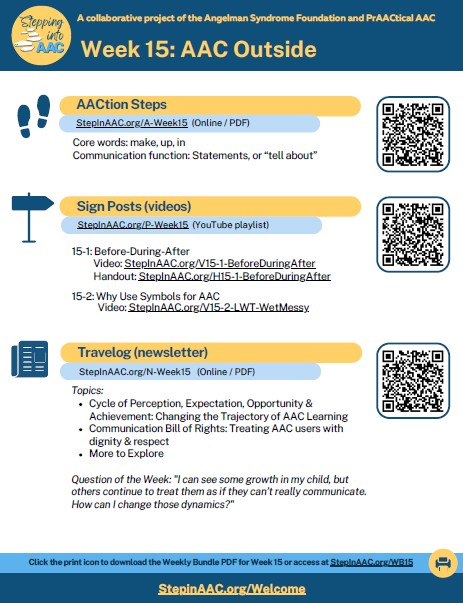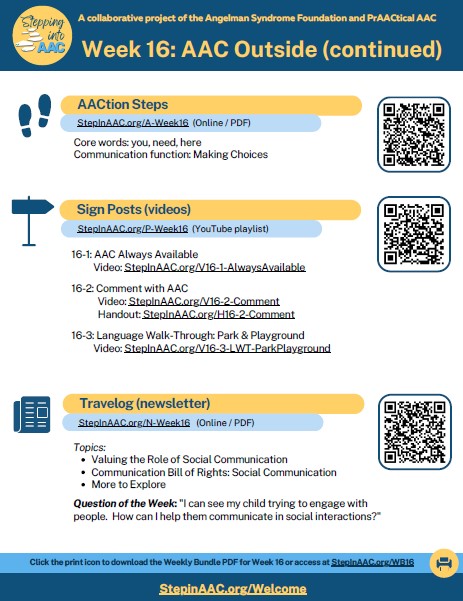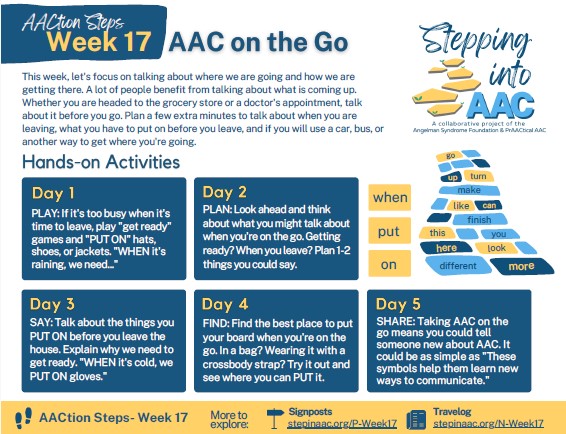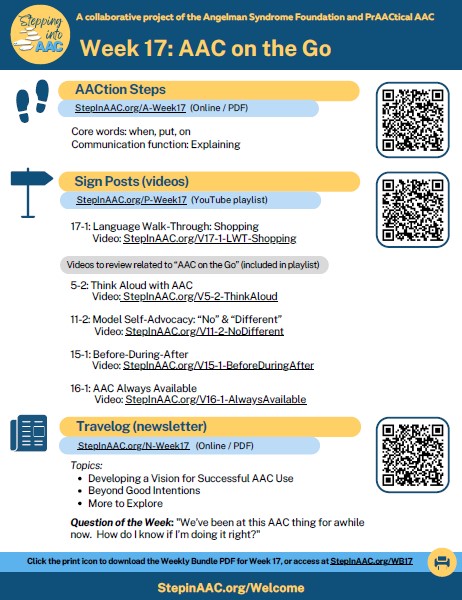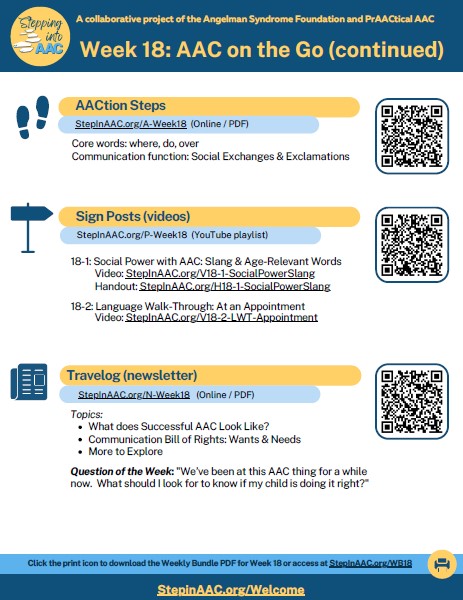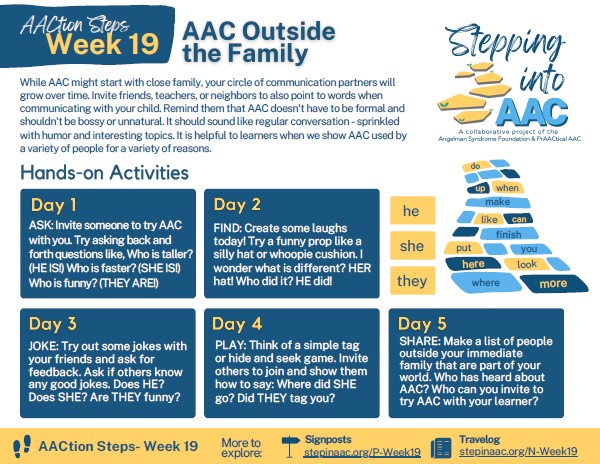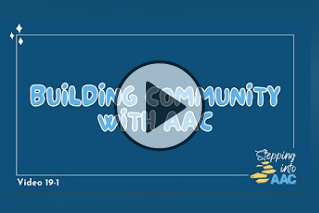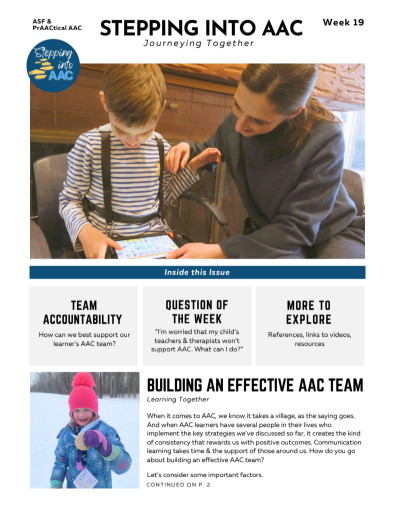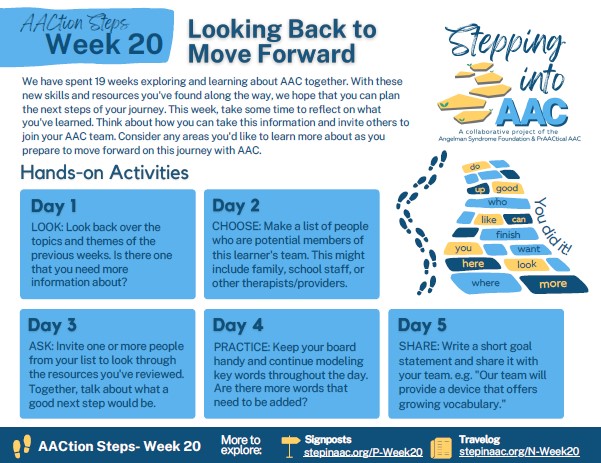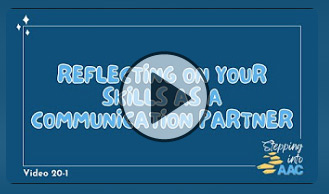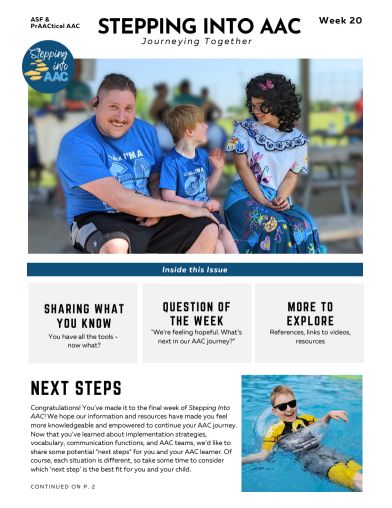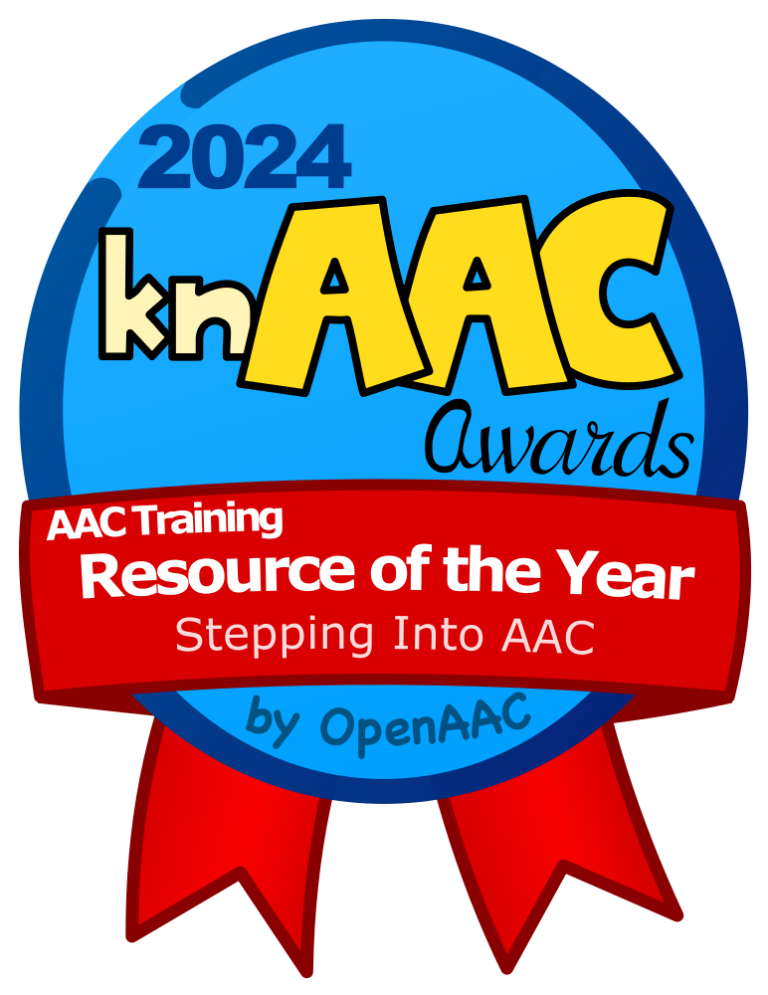
Meet the creators
Carole Zangari, PhD, CCC-SLP, BCS-CL
 Dr. Carole Zangari is a Professor in the Speech Language Pathology department at Nova Southeastern University. Dr. Zangari serves as the Executive Director of the Broward satellite of the University of Miami-Nova Southeastern University Center for Autism and Related Disabilities. She is a frequent presenter on AAC topics at international and national conferences.
Dr. Carole Zangari is a Professor in the Speech Language Pathology department at Nova Southeastern University. Dr. Zangari serves as the Executive Director of the Broward satellite of the University of Miami-Nova Southeastern University Center for Autism and Related Disabilities. She is a frequent presenter on AAC topics at international and national conferences.
Dr. Zangari is the co-editor of Practically Speaking Language, Literacy, and Academic Development for Students with AAC Needs and co-author of TELL ME: AAC in the Preschool Classroom and TELL ME Más: CAA en el Aula Preescolar.
She blogs at www.PrAACticalAAC.org
Rachael Langley, MA, CCC-SLP
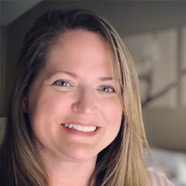 Rachael Langley is a seasoned speech-language pathologist, specializing in Augmentative/Alternative Communication (AAC). With 20+ years in the field, she’s an advocate for supporting students with complex communication needs within inclusive school settings.
Rachael Langley is a seasoned speech-language pathologist, specializing in Augmentative/Alternative Communication (AAC). With 20+ years in the field, she’s an advocate for supporting students with complex communication needs within inclusive school settings.
Rachael is a co-founder of the #TalkingAAC non-profit, where she sits on the Board of Directors. Most recently, Rachael began working with AssistiveWare as an independent contractor, focusing on school implementation and product development. To share her skill and experience, Rachael presents at state, national, and international conferences on topics related to AAC implementation. Her creative side thrives by designing AAC-related graphics and materials.
Tabi Jones-Wohleber, MS, CCC-SLP
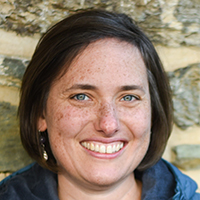 Tabi Jones-Wohleber is an AAC-focused SLP supporting families through the WV Birth to Three program. She previously worked as a school-based Assistive Technology Team leader for 17 years. Tabi created the widely shared Model as a MASTER PAL training series, and has authored chapters on AAC implementations in various texts.
Tabi Jones-Wohleber is an AAC-focused SLP supporting families through the WV Birth to Three program. She previously worked as a school-based Assistive Technology Team leader for 17 years. Tabi created the widely shared Model as a MASTER PAL training series, and has authored chapters on AAC implementations in various texts.
Tabi has worked with Angelman syndrome family organizations in multiple countries, and presents on AAC-related topics at state, national, and international conferences.
Michaela Ball, CF-SLP
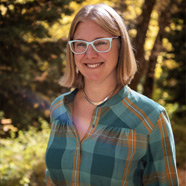 Michaela Ball is a CF-SLP who works with students in the Canyons School District in Sandy, Utah and serves on the district’s assistive technology team. She began her journey working in film as a production sound recordist and now uses her filmmaking skills in conjunction with providing speech and language intervention to individuals ages 3-22.
Michaela Ball is a CF-SLP who works with students in the Canyons School District in Sandy, Utah and serves on the district’s assistive technology team. She began her journey working in film as a production sound recordist and now uses her filmmaking skills in conjunction with providing speech and language intervention to individuals ages 3-22.
She is also the editor of Talking With Tech, an AAC podcast. She enjoys discussing AAC, acoustics and sound art.
Krista Hadeed Larson, SLP
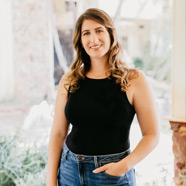 Krista Larson is a pediatric speech-language pathologist and owner of Utter Brilliance Therapy Services, serving families in South Florida and the island of Trinidad. She has a passion for guiding and supporting families throughout their AAC journeys.
Krista Larson is a pediatric speech-language pathologist and owner of Utter Brilliance Therapy Services, serving families in South Florida and the island of Trinidad. She has a passion for guiding and supporting families throughout their AAC journeys.
Krista has presented at the national level and has held AAC workshops for families and clinicians in the Caribbean. She is enjoying life as a new mom.
What to Expect
The Stepping Into AAC project is a toolkit of resources to help families and teams make informed decisions about AAC.
Over the next 100 days, this project will introduce you to tools used to support communication. This project recognizes that families are critical members of each team supporting a learner. You will be provided with tools to try out and resources to share with others. After Stepping Into AAC, our hope is that you feel empowered and equipped to support decisions regarding your learner’s communication.
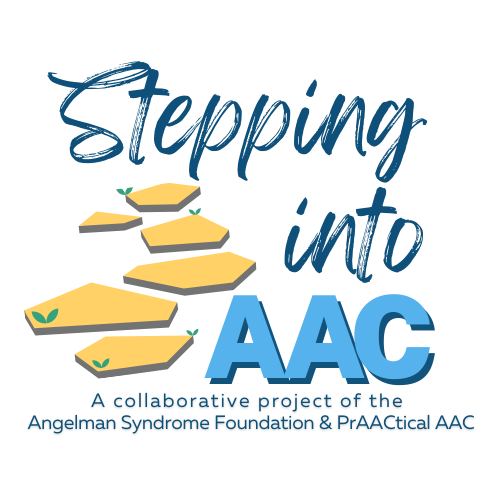
Hands-on Activities
Supporting Handouts
What Does Success Look Like?
Most children learn to talk by hearing everyone around them talk. When speech is not a consistent way to communicate, we can support learners by showing them different ways to communicate. Lots of kids learn to use symbols after adults use those symbols around them.
This week, you will show your child how they can comment. As you see their behavior telling you something, you can make a comment on your communication board.

Hands-on Activities
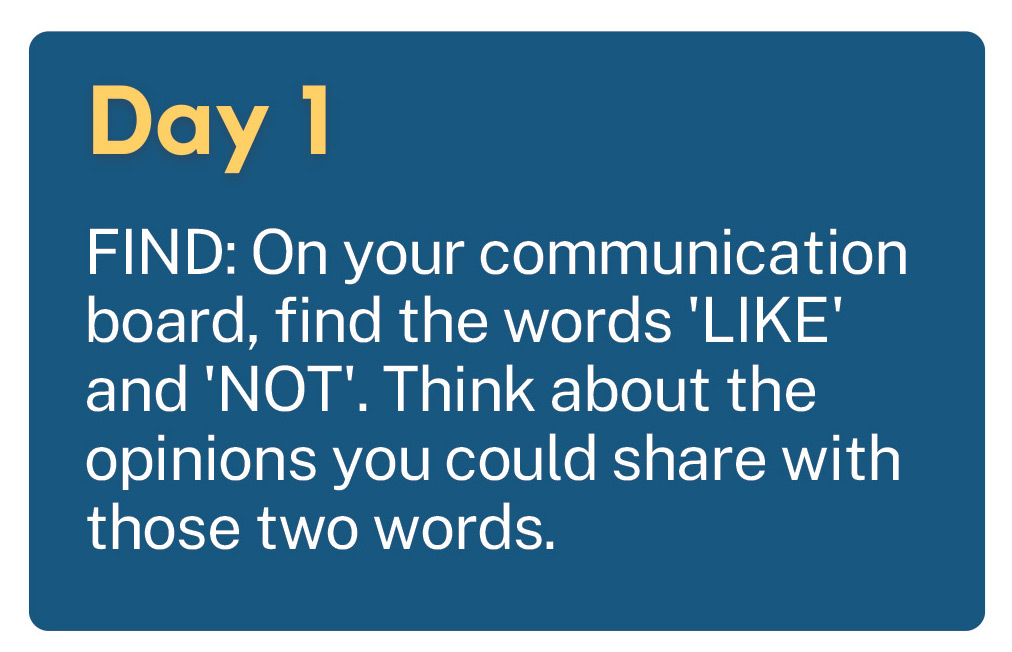
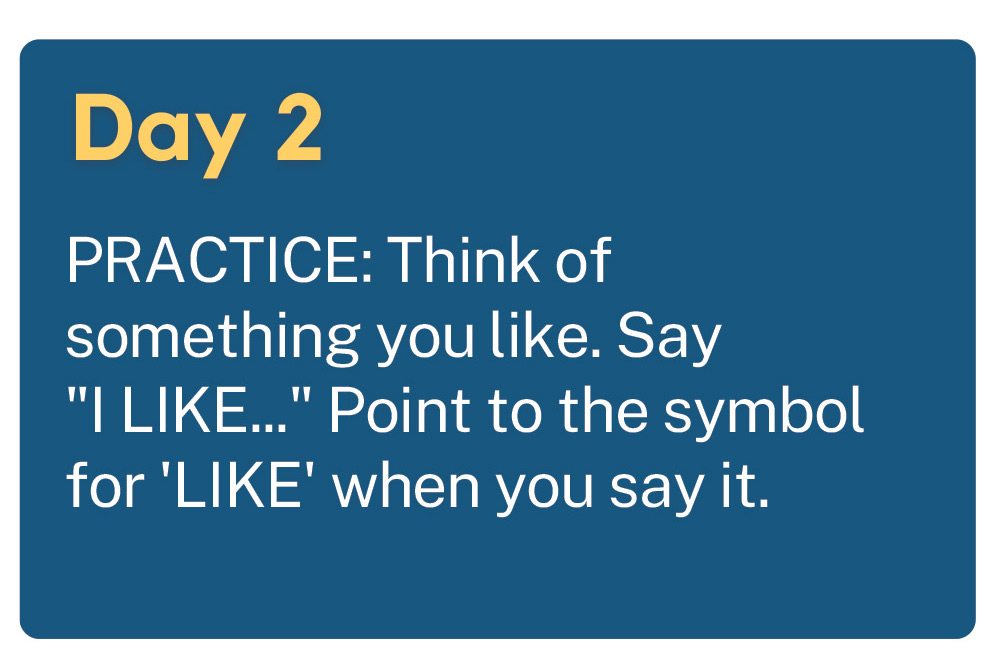
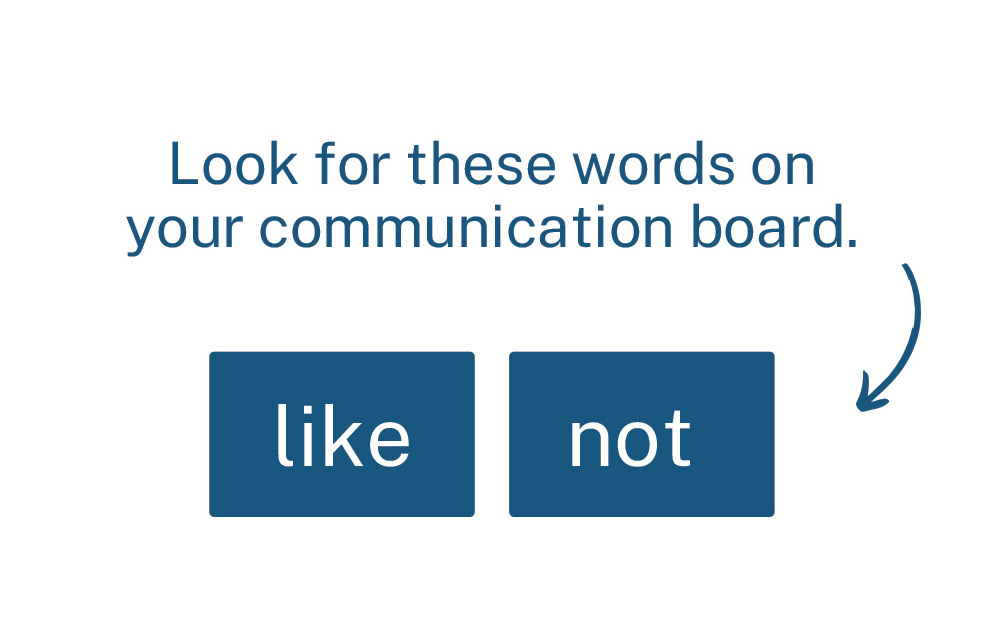
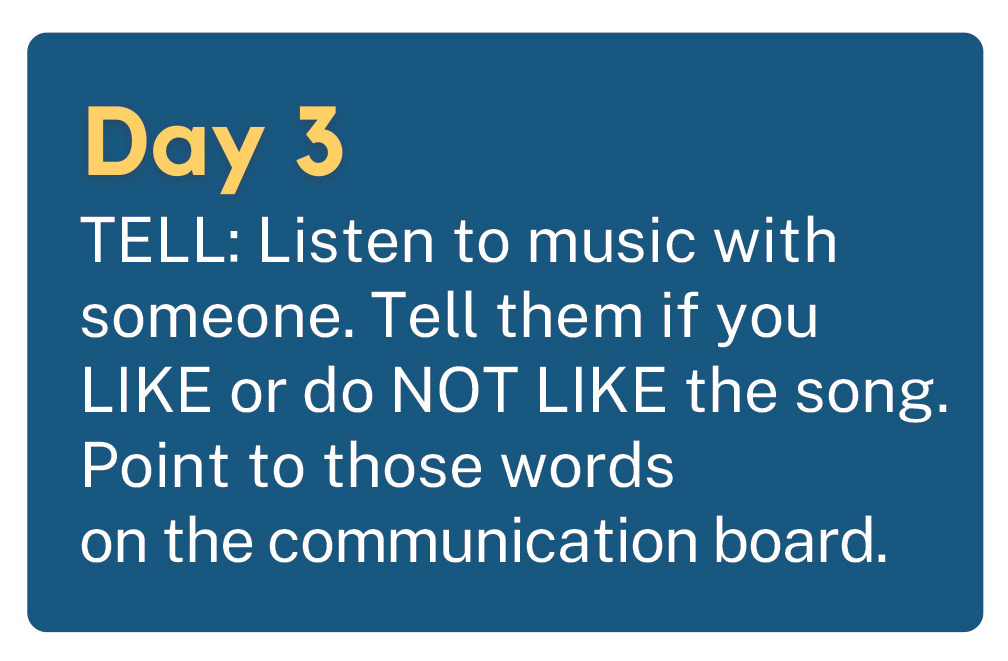
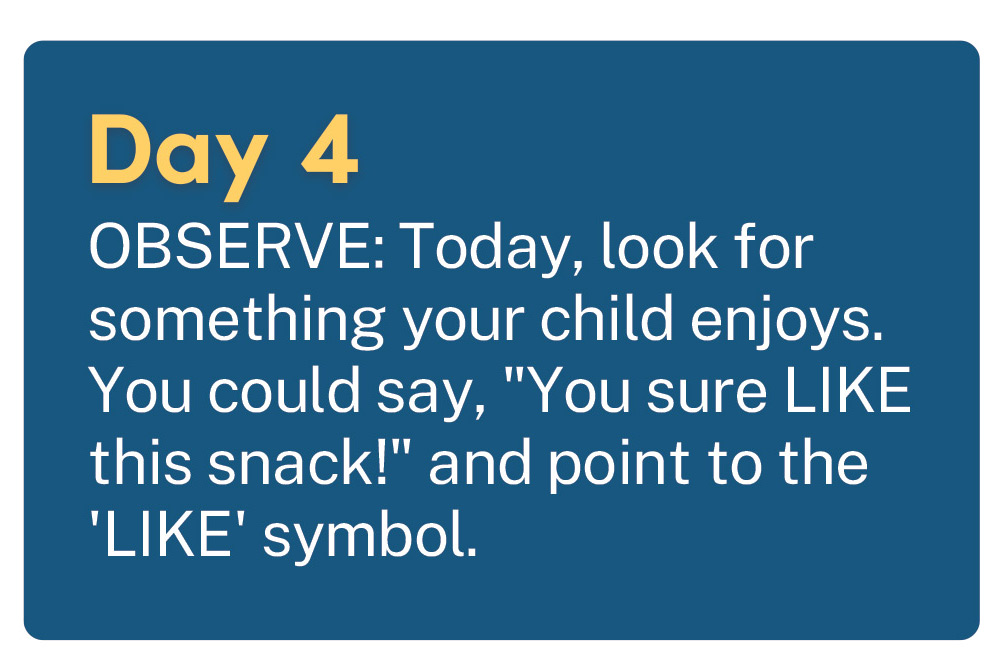
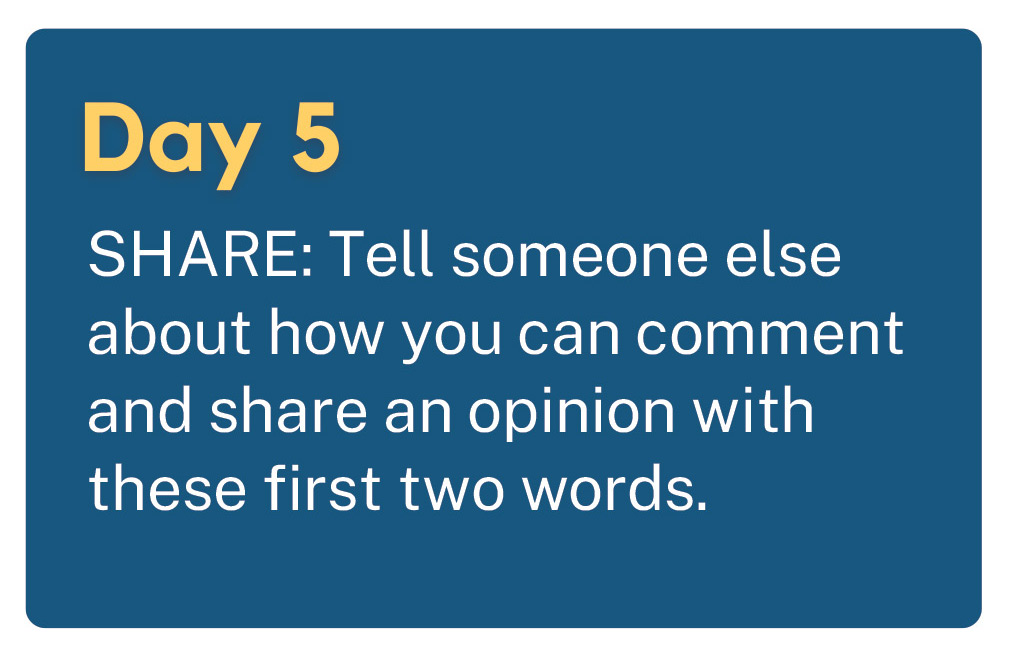
Supporting Handouts
Symbols 101
Symbols are only meaningful when we give them meaning. Without the words below the symbols, it would be hard for anyone to know what they mean. This is one reason why learning AAC takes time. We point to symbols during real-life events to help teach their meaning.
This week, let’s work on sharing opinions by using symbols to talk about when something is “good” or when we want something “different.”

Hands-on Activities
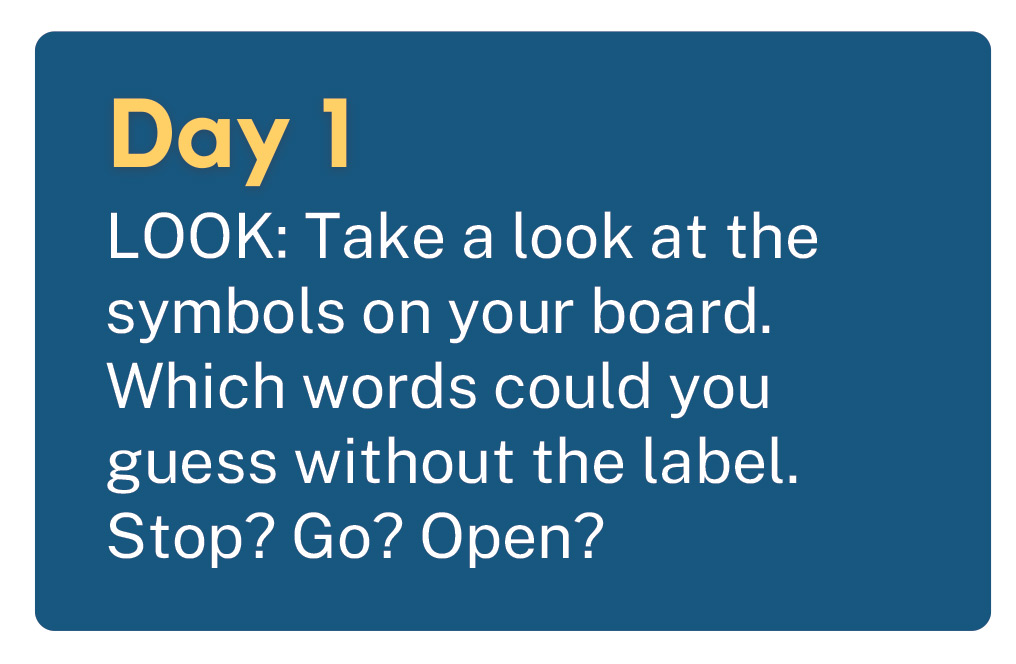
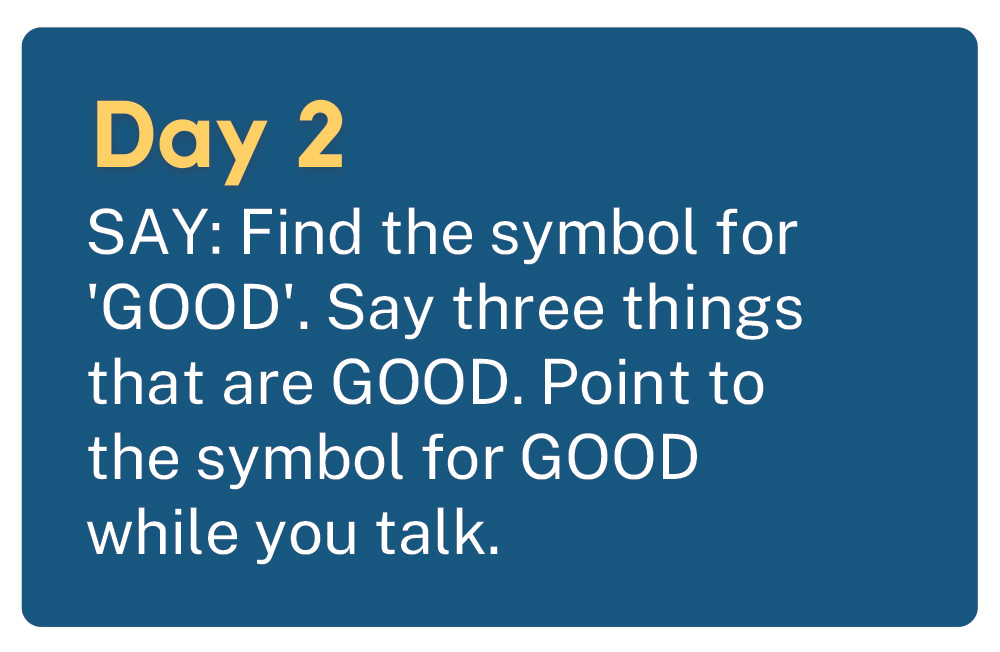
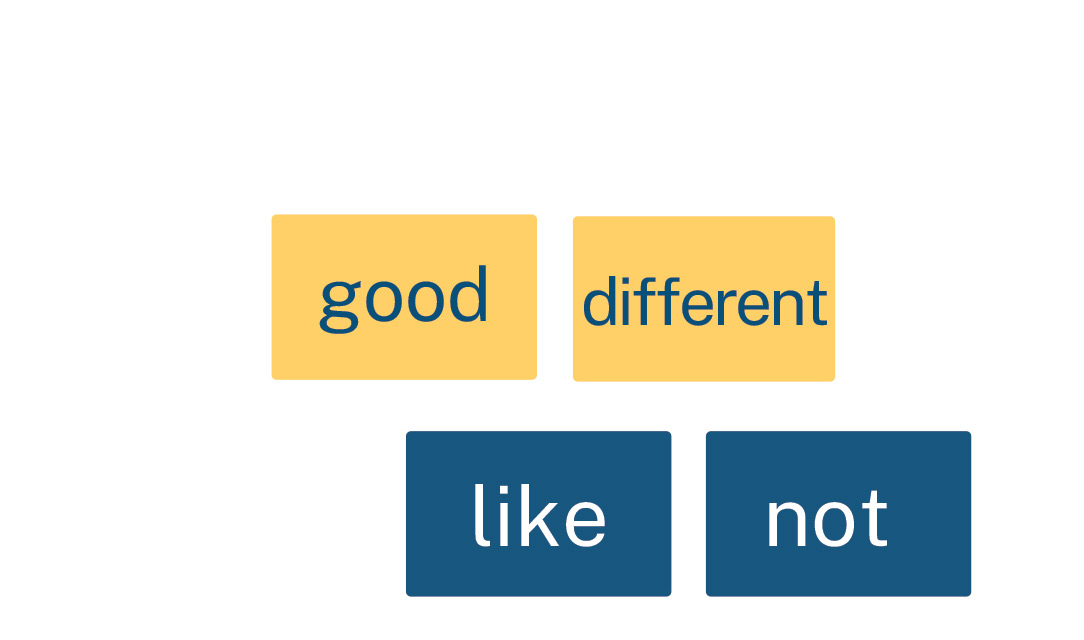
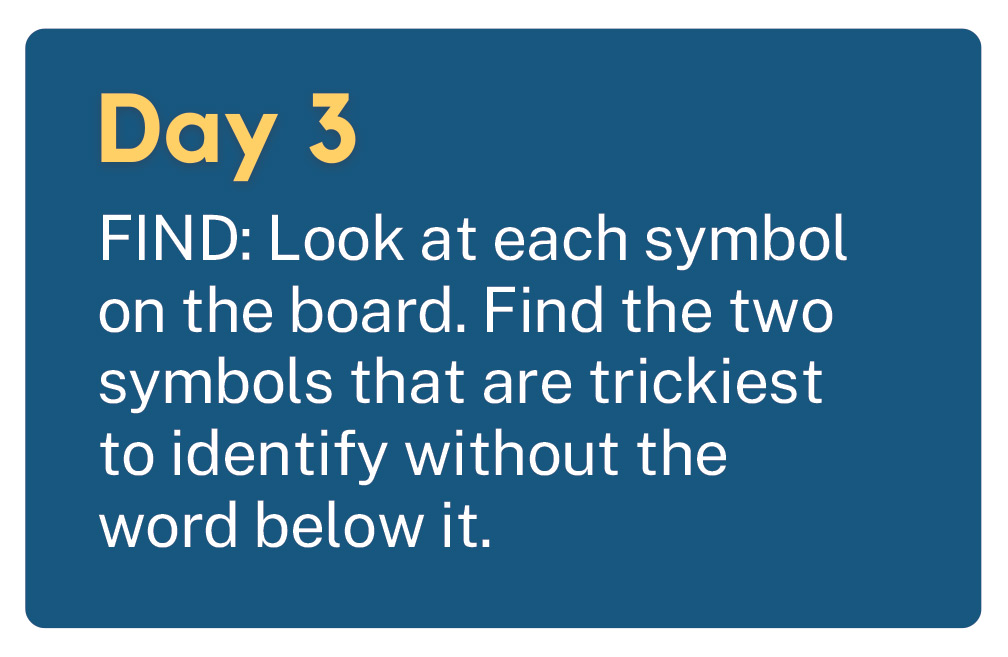
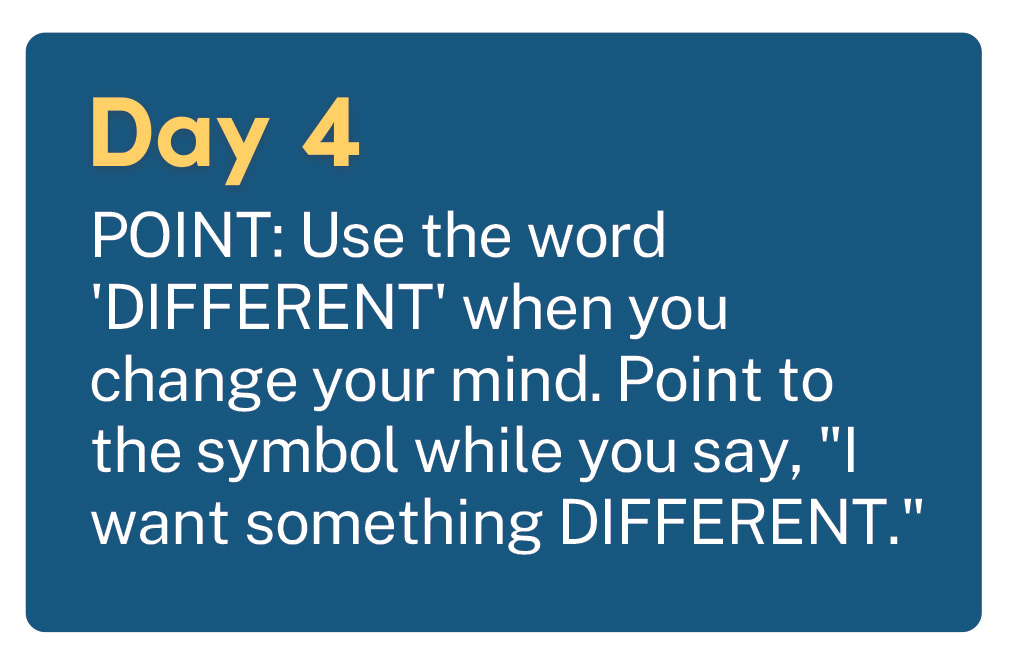
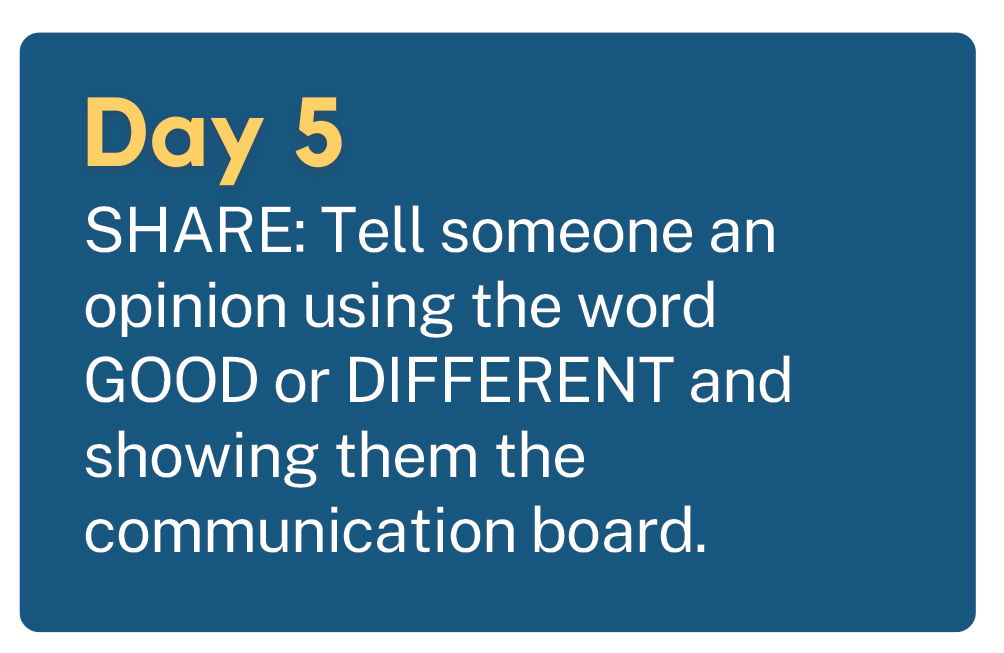
Supporting Handouts
Video 3-1: Balancing Core & Fringe Words
Video 3-4: Navigating AAC
Make it Interesting
Communication may be a challenge for some kids, but we can make it easier by talking about things that are fun and interesting to them. When we talk about work, chores, or challenges – we might lose their interest and attention.
Think about what makes your child laugh or smile! Consider acting silly or adding some attention-grabbing pranks or sound effects. When you capture their interest, kids are much more likely to tune into our words.

Hands-on Activities
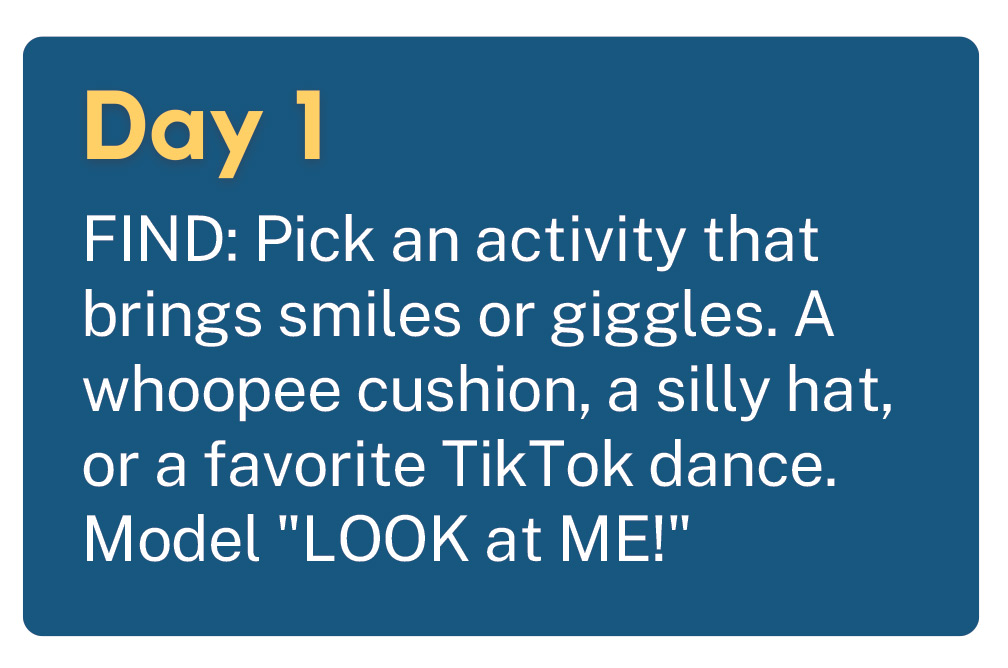
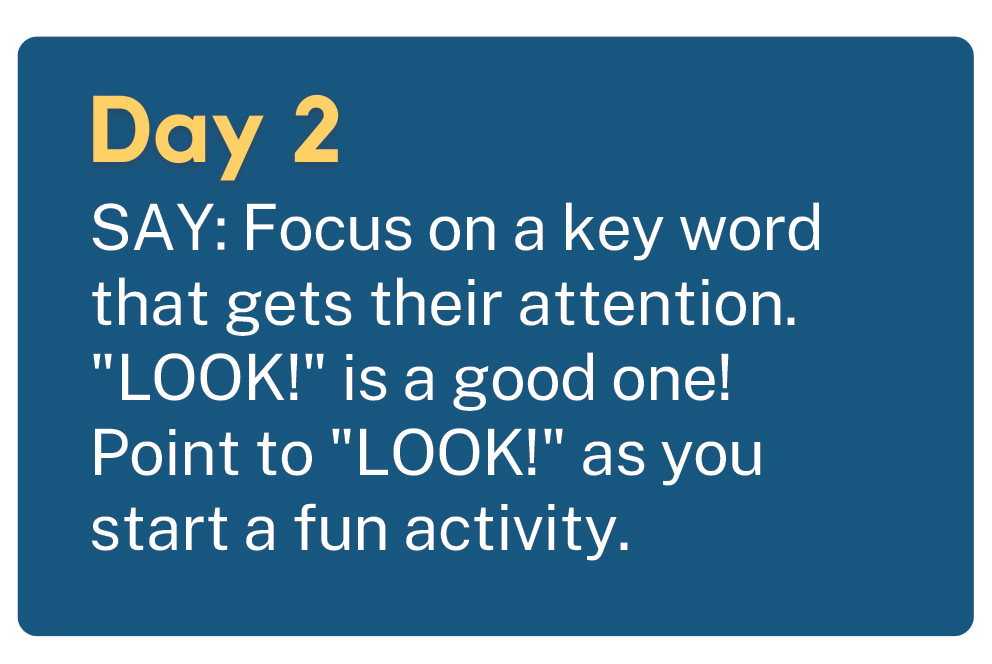
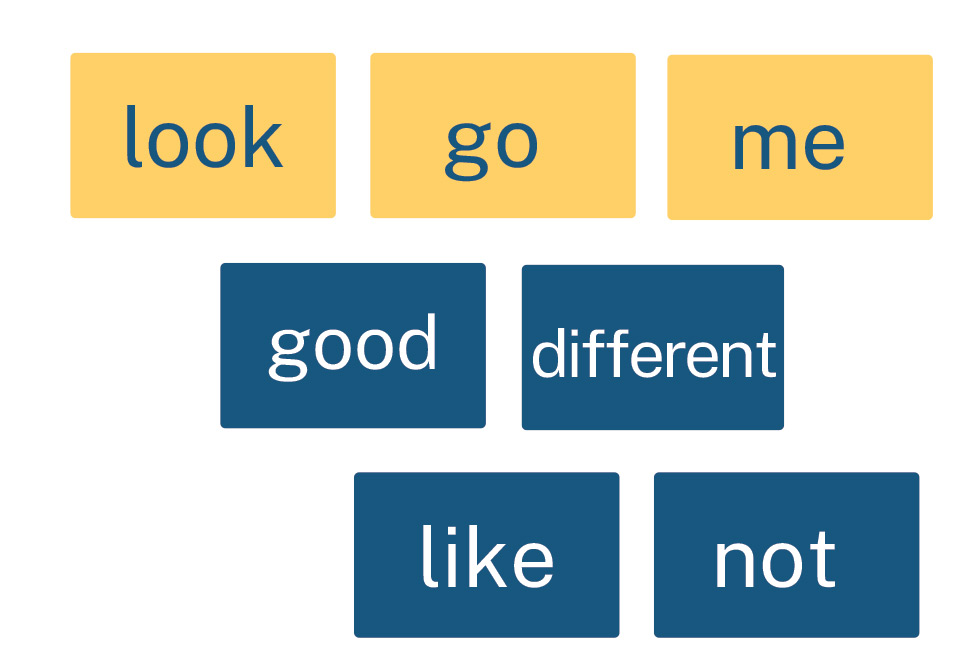
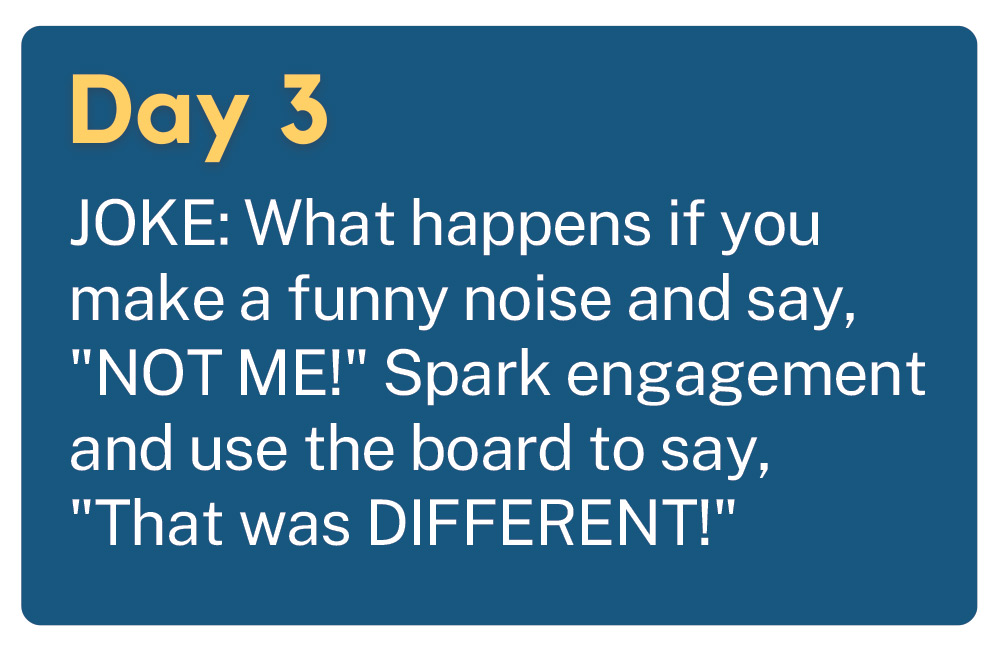
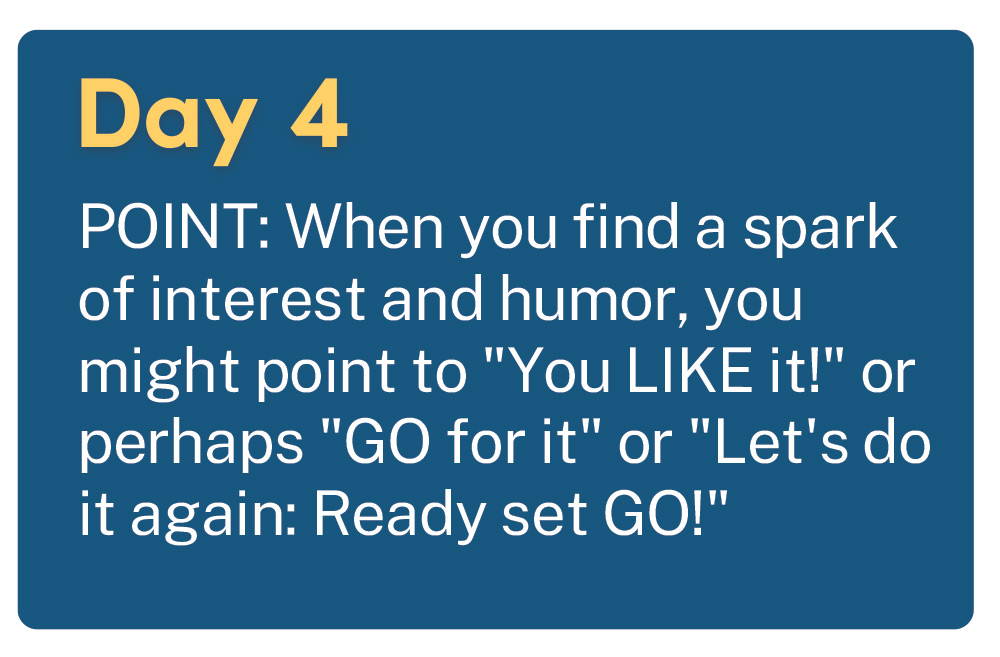
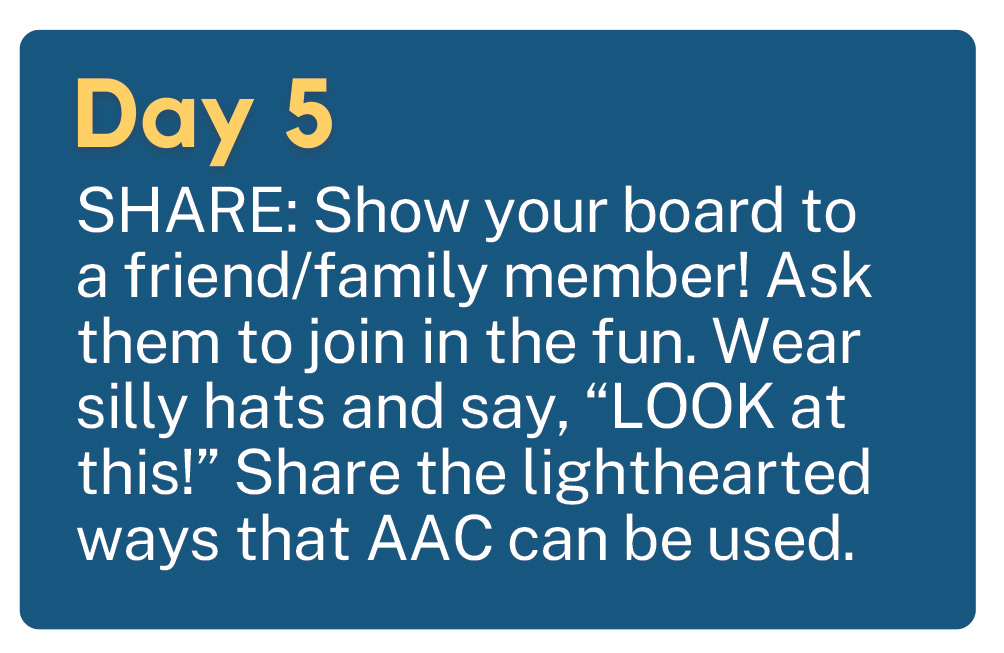
Supporting Handouts
Say What You See
One way we can help others learn to use AAC is by talking about what we see. Sometimes learners use behaviors that we see as meaningful. For example, reaching for a snack just out of reach. Turning their head away when you suggest putting on shoes. When you see a behavior as meaningful, say “I see you pushed the crackers away. I wonder if you want something different. You might say: WANT DIFFERENT to tell me that.”
As you say this, use your communication board to point to the words that are capitalized. You’re giving meaning to the behavior that you see, and showing words that could help next time!

Hands-On Activities
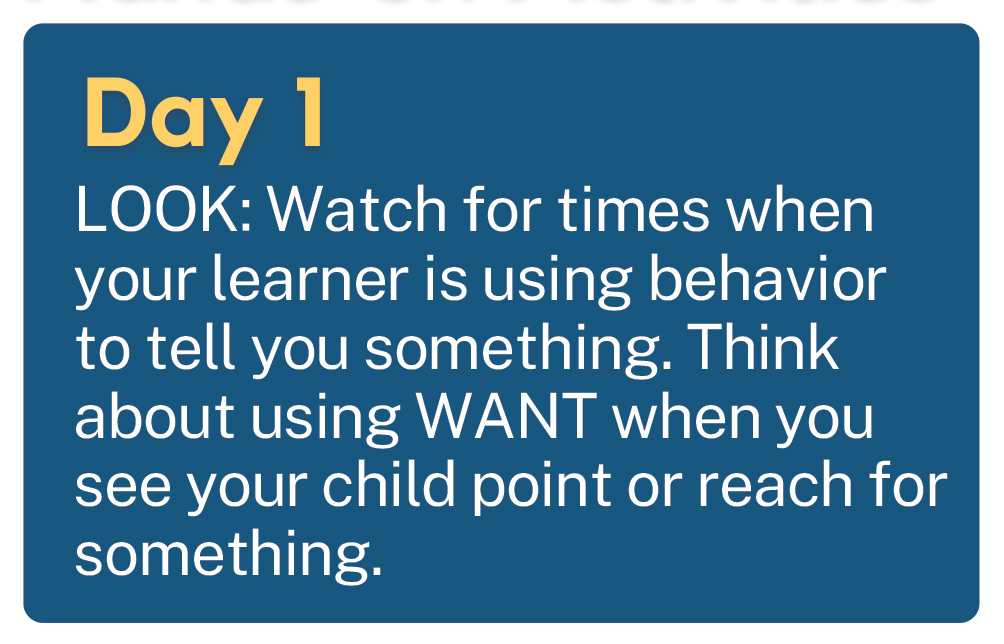
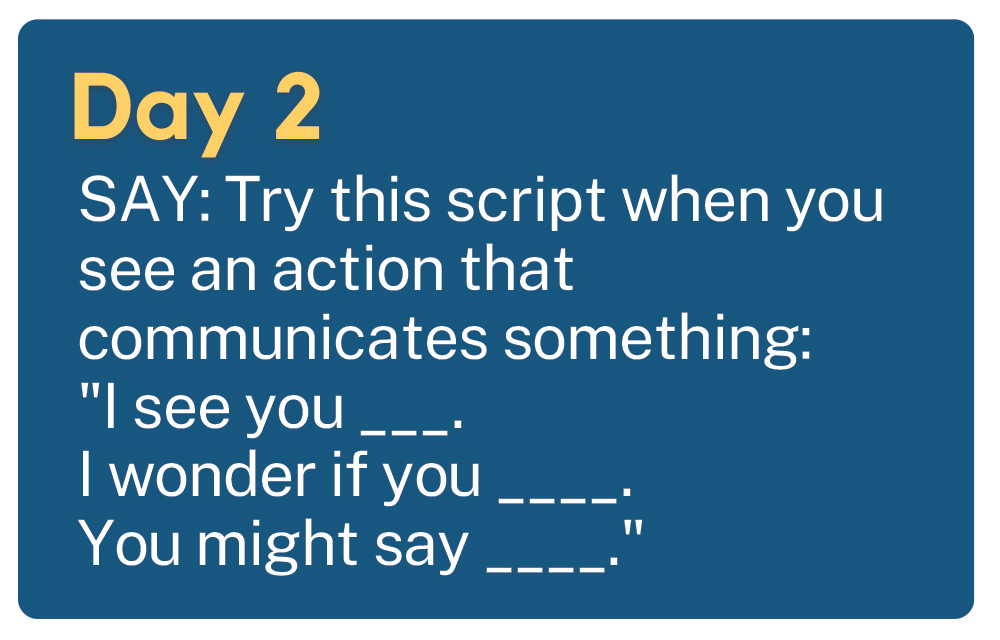
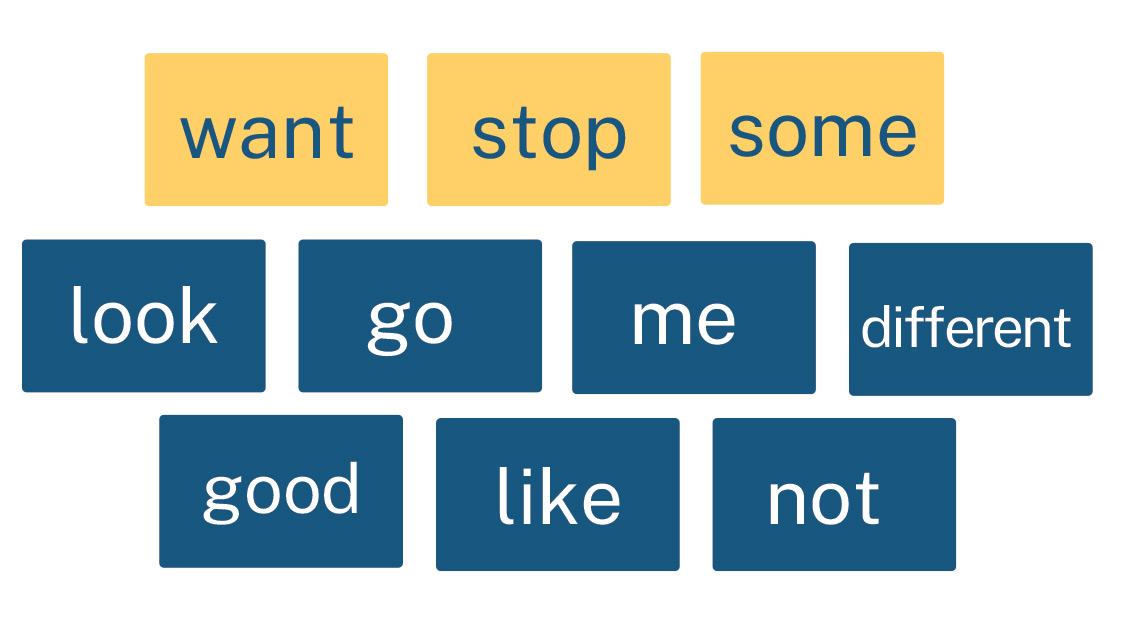
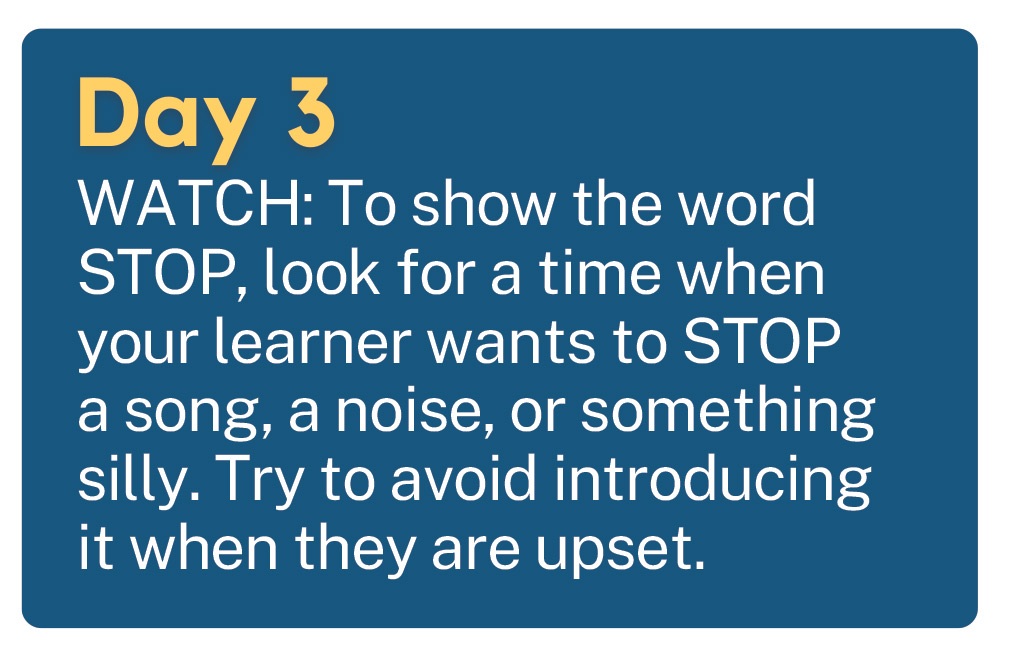
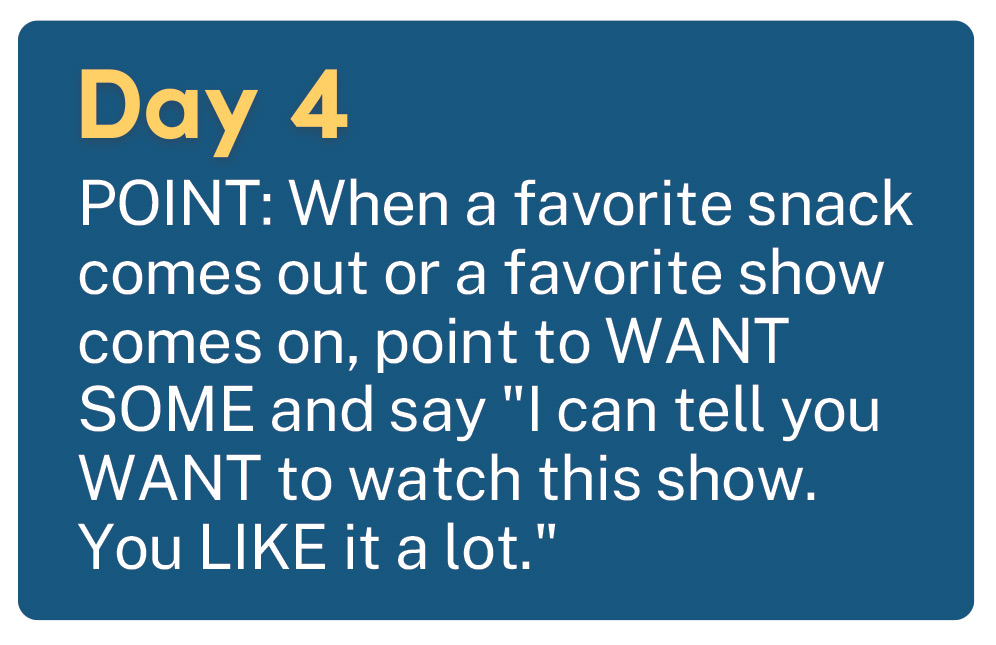
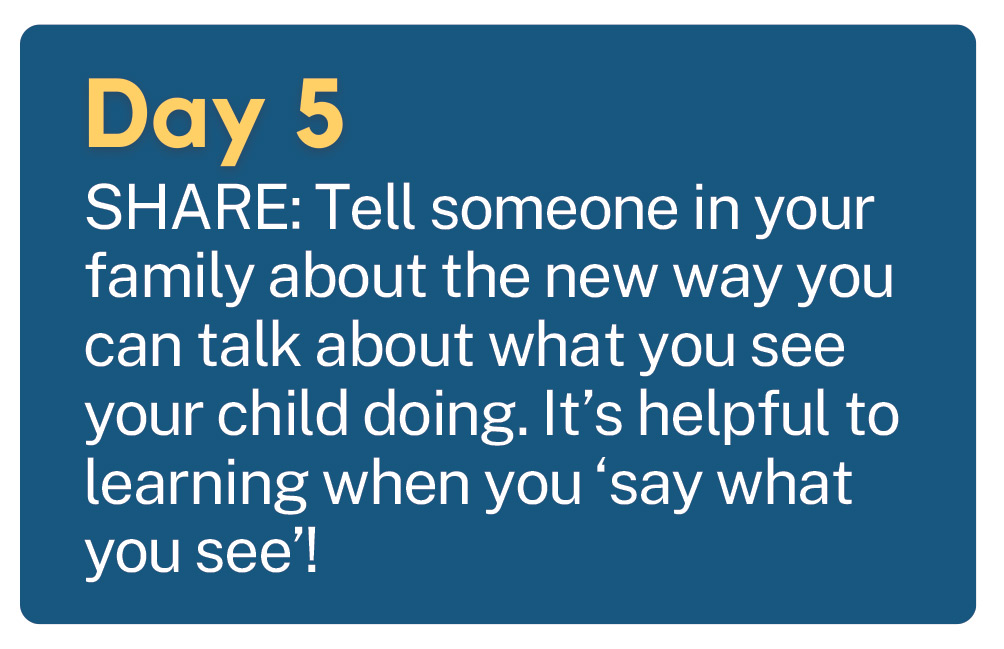
Supporting Handouts
See links above for video playlist (signposts) and newsletter (travelog).
Video 5-1: Make the Most of Requesting
Video 5-3: Give time for Learning
Customization: Making it Personal
For the next three weeks, we will talk about things that make AAC more useful for some learners. This week, we will talk about adding more words to your core board. Core words can be used anywhere, but there are other words that are important to learners. Many times these important words are nouns that represent specific people, places, foods, or favorite items.
Let’s talk about how you might incorporate these into your modeling.

Hands-on Activities
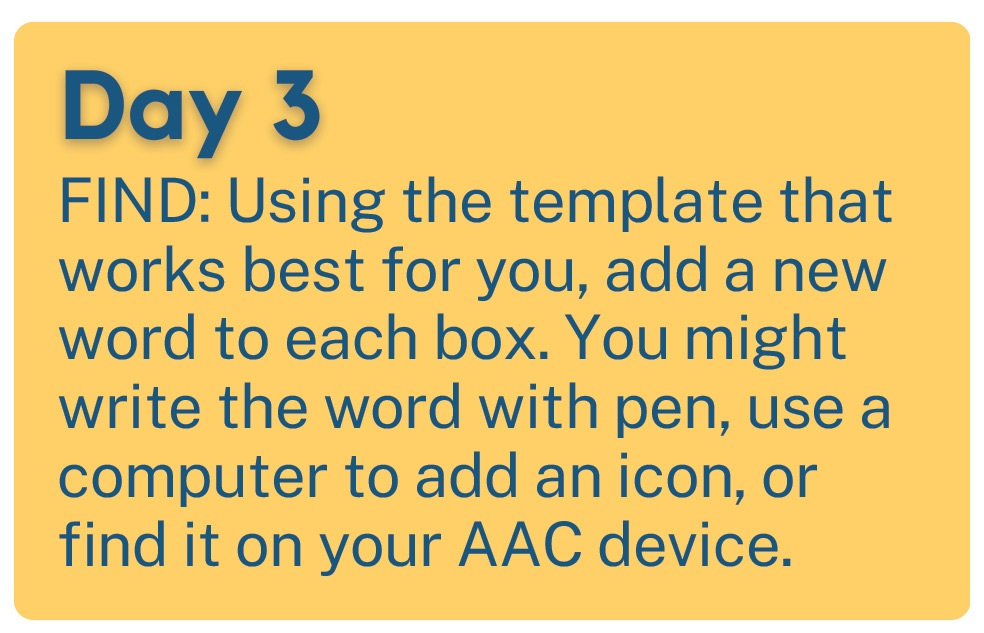
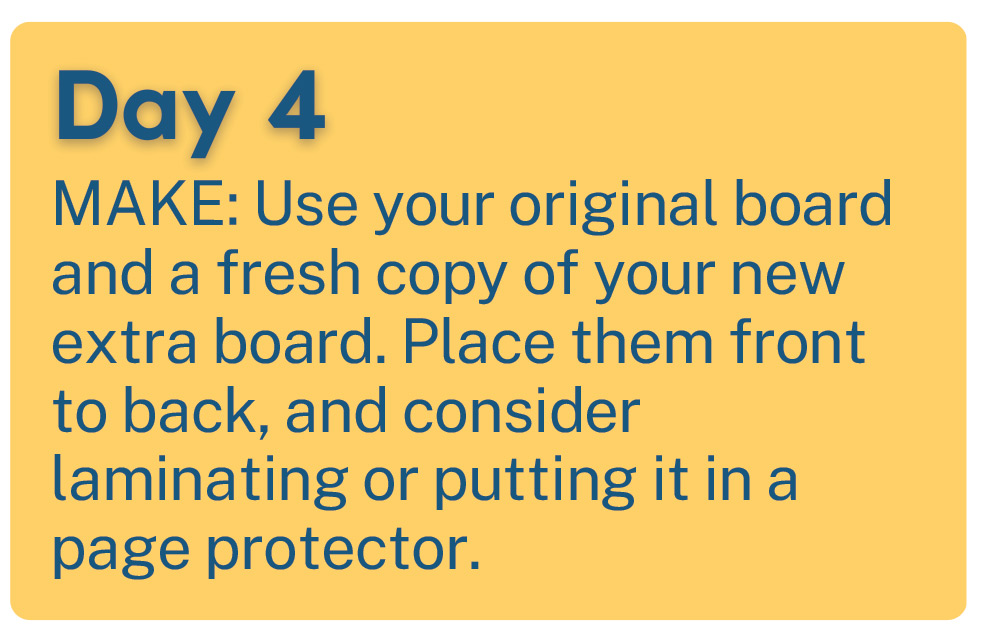
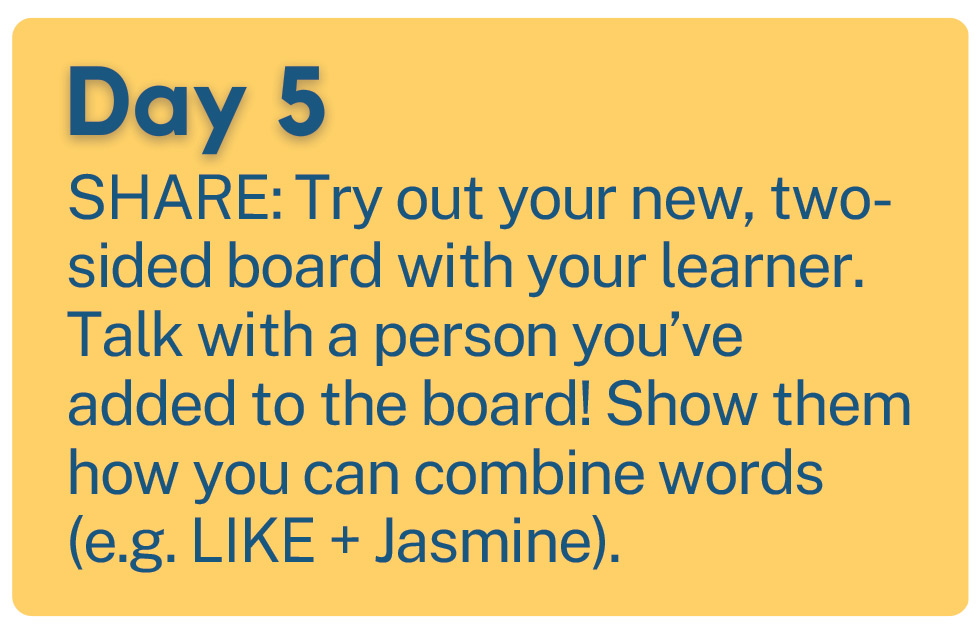
Supporting Handouts
Customization: How Does it Look?
This week, let’s think about how things look to your learner. Some people see things differently.
Take time this week to consider how your learner uses their vision. Is it difficult for them to look at the board if it’s too bright in the room? Is there a glare or reflection on the board? Can they look from the board to you easily? We can make small changes that could help them see these communication tools more easily.

Hands-on Activities
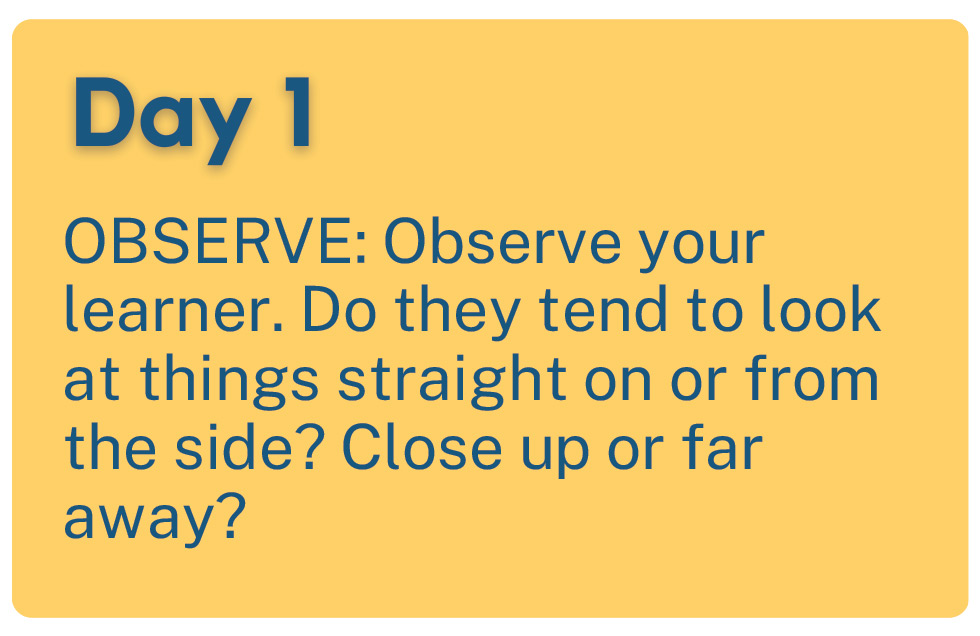
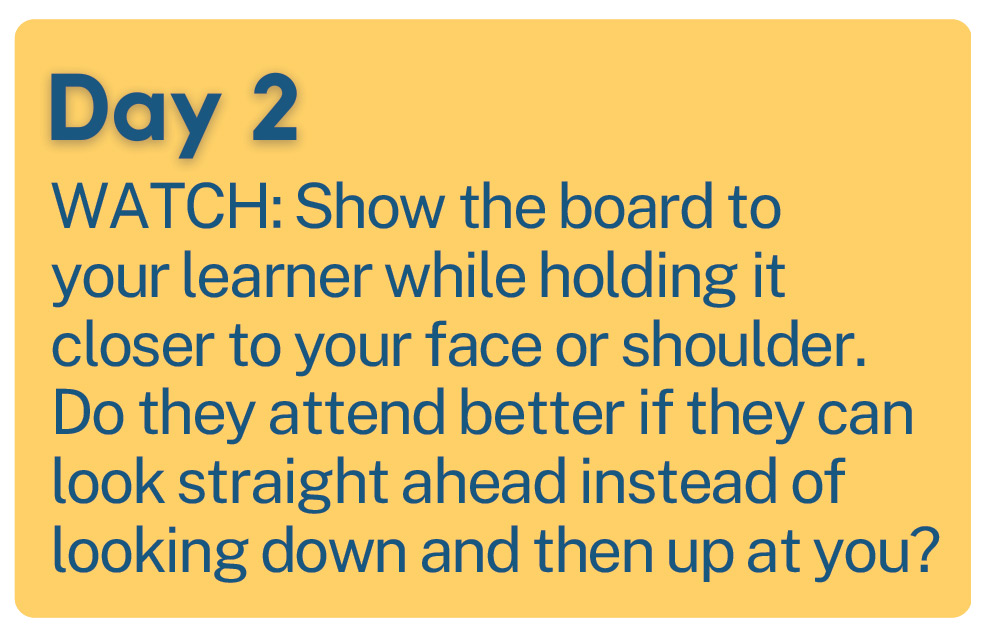
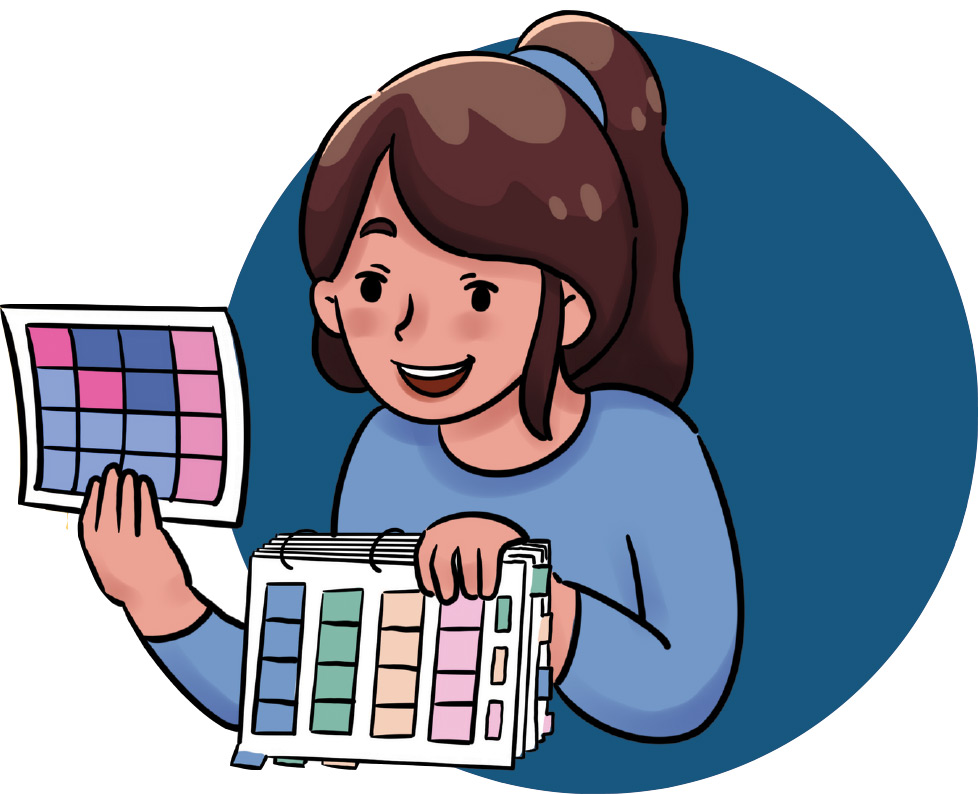
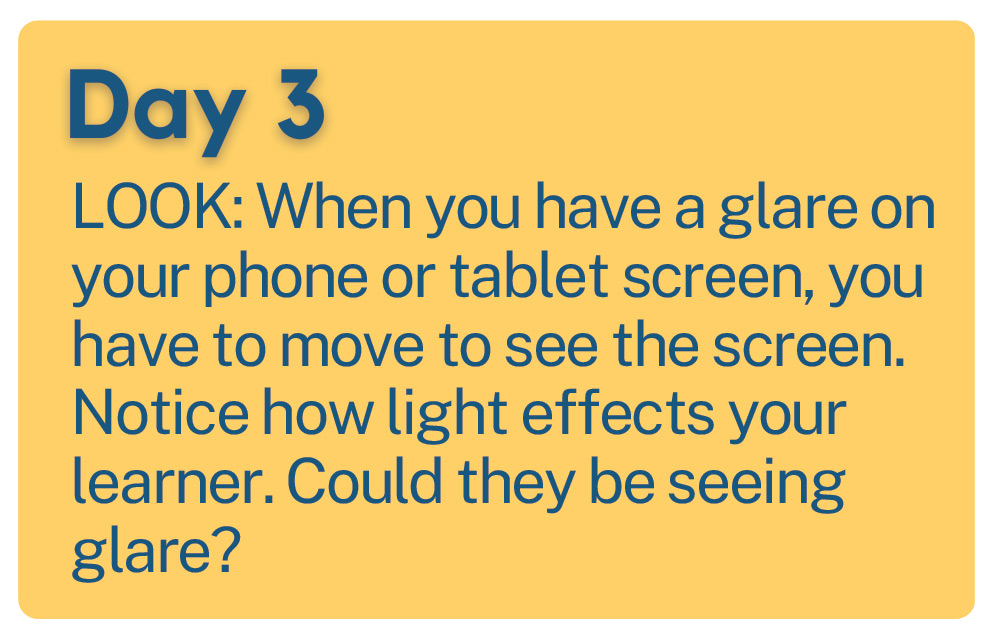
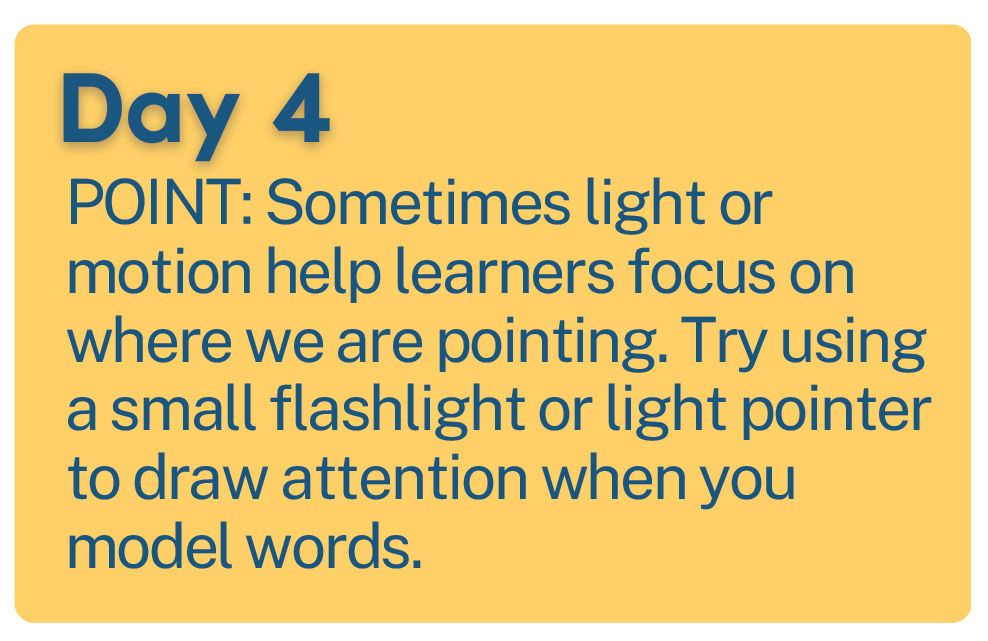
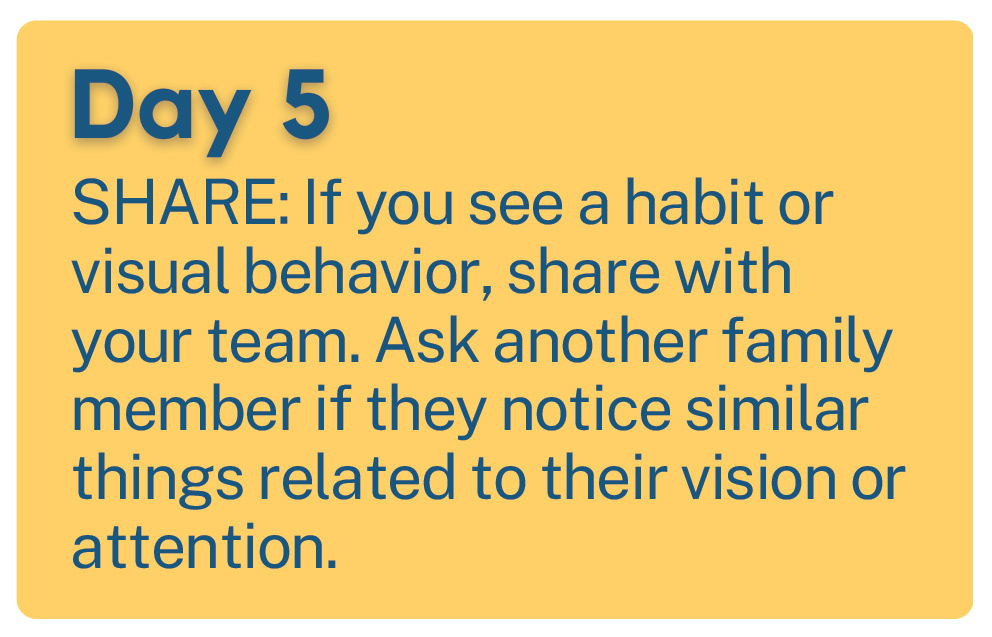
Supporting Handouts
Customization: Figuring it Out Together
Sometimes pointing at a communication board isn’t working for our learners. But there are other ways they can communicate with us.
This week we offer some ideas for working with your learner to figure out the ways they communicate best. This might include letting them use their eyes to pick, giving buttons bold or raised-up borders they can feel, or giving them options and letting their body choose in whatever way they can.

Hands-on Activities
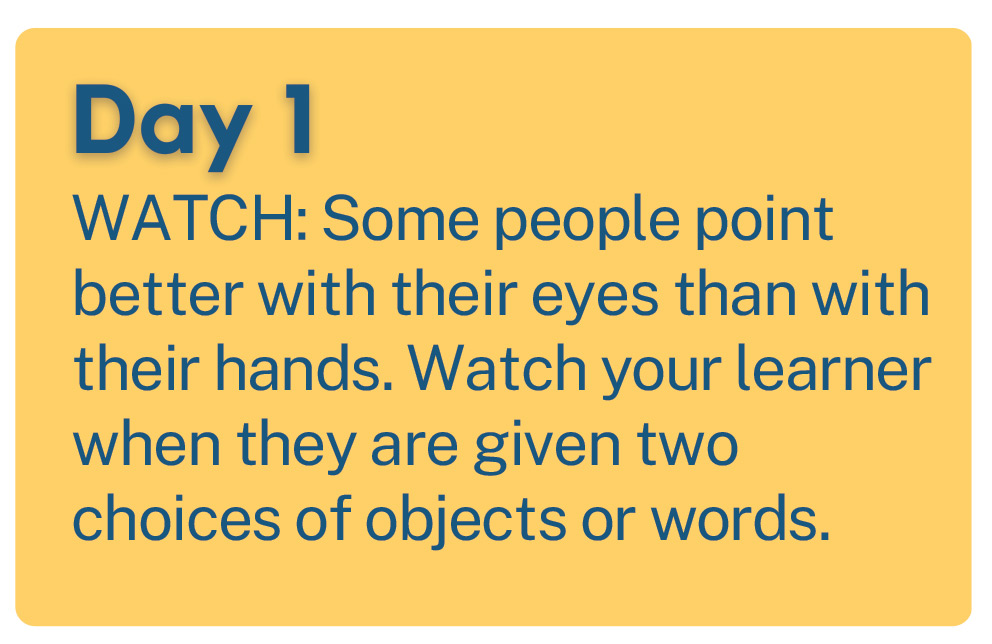
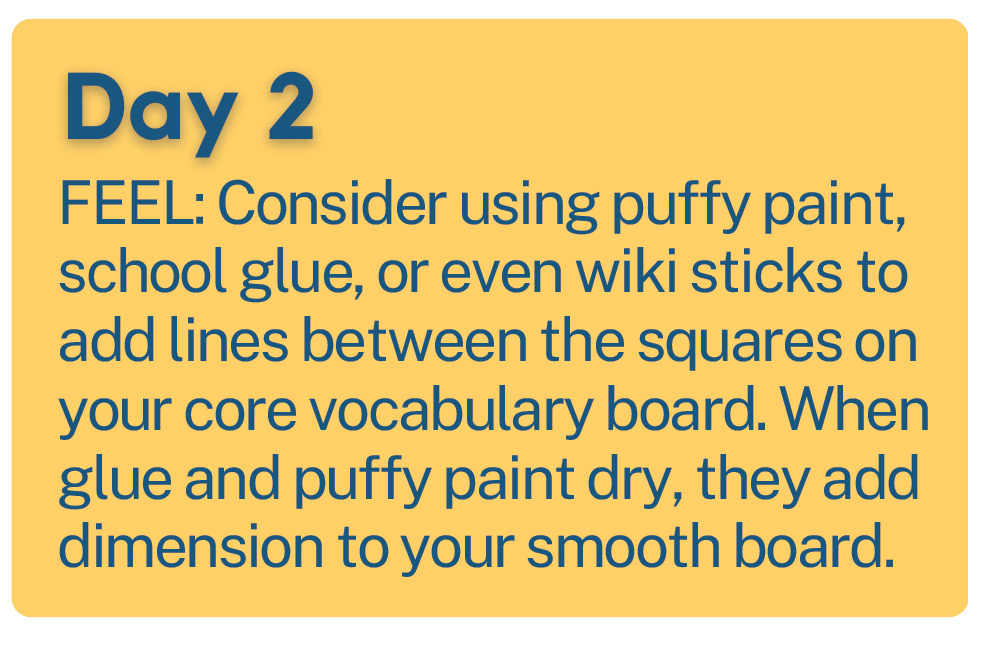
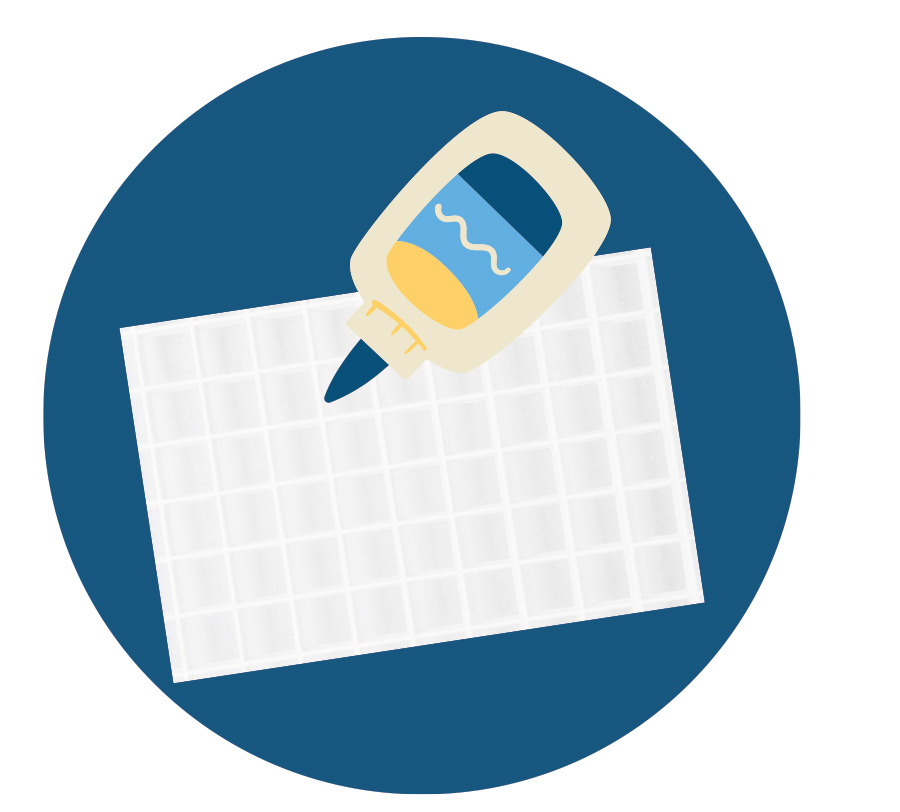
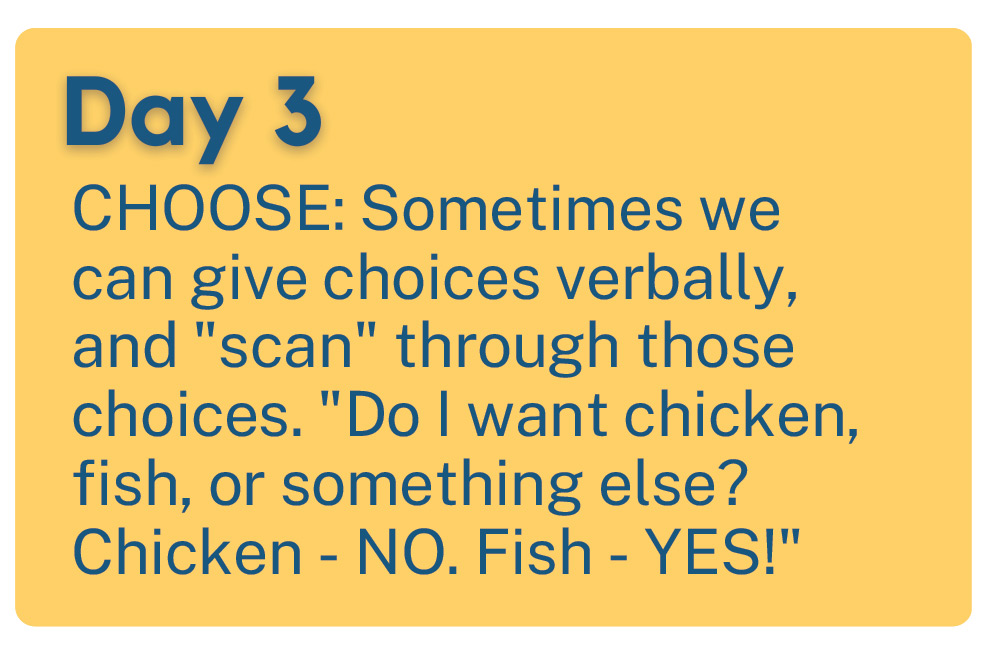
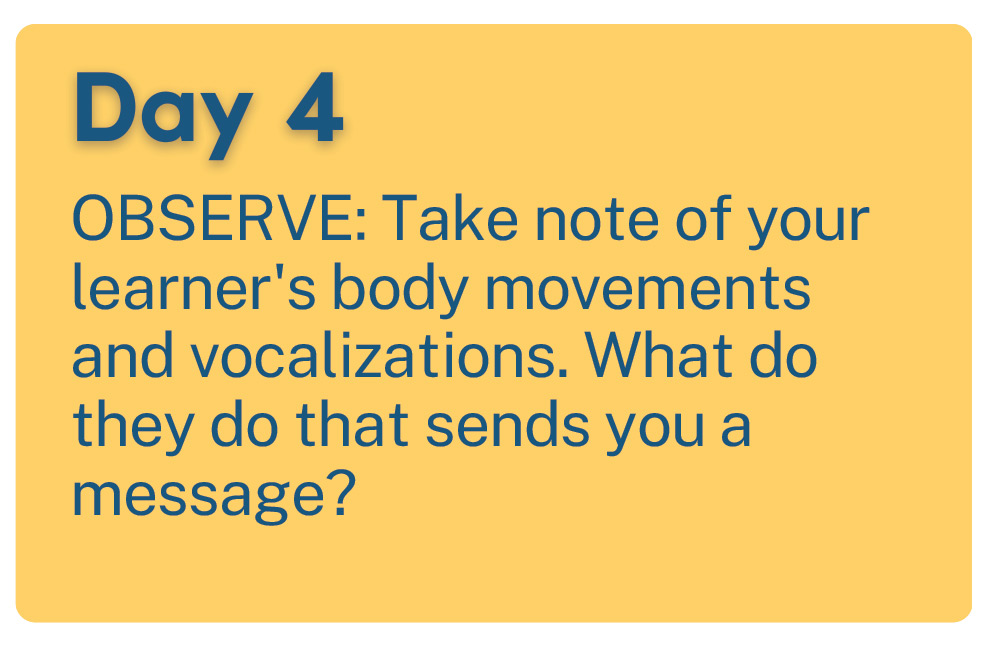
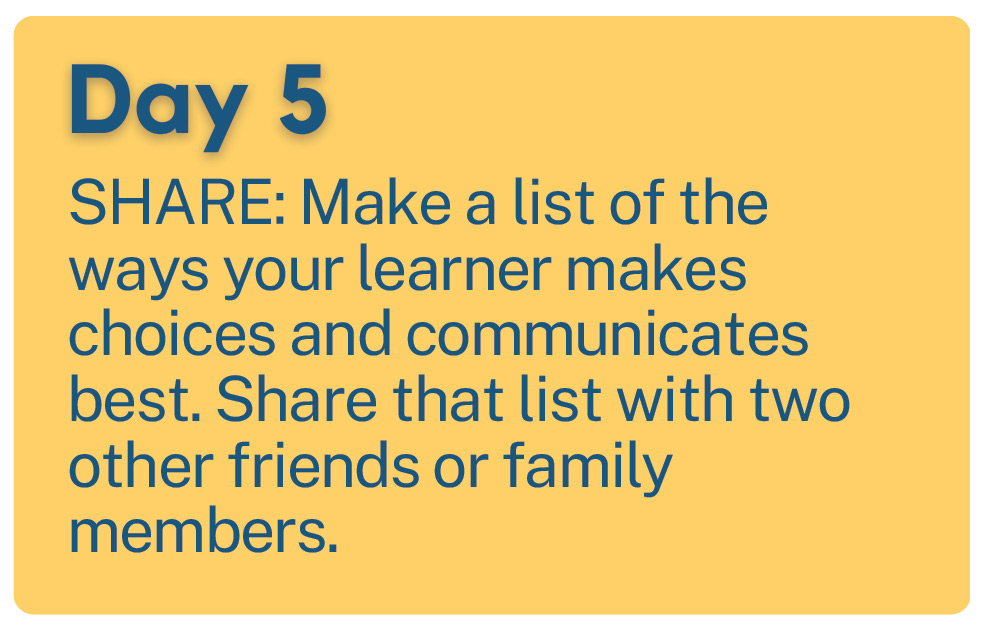
Supporting Handouts
AAC in Daily Routines
It’s natural to want our kids to agree with what we say. But saying “NO” is a typical part of development. All kids need to learn that it’s okay to say ‘no,’ to disagree with someone, or to decline an activity, snack, or anything really! When kids don’t have a safe way to say ‘no,’ they may use behavior to tell us instead.
Think about some safe and natural ways to practice saying ‘no’ this week.

Hands-on Activities
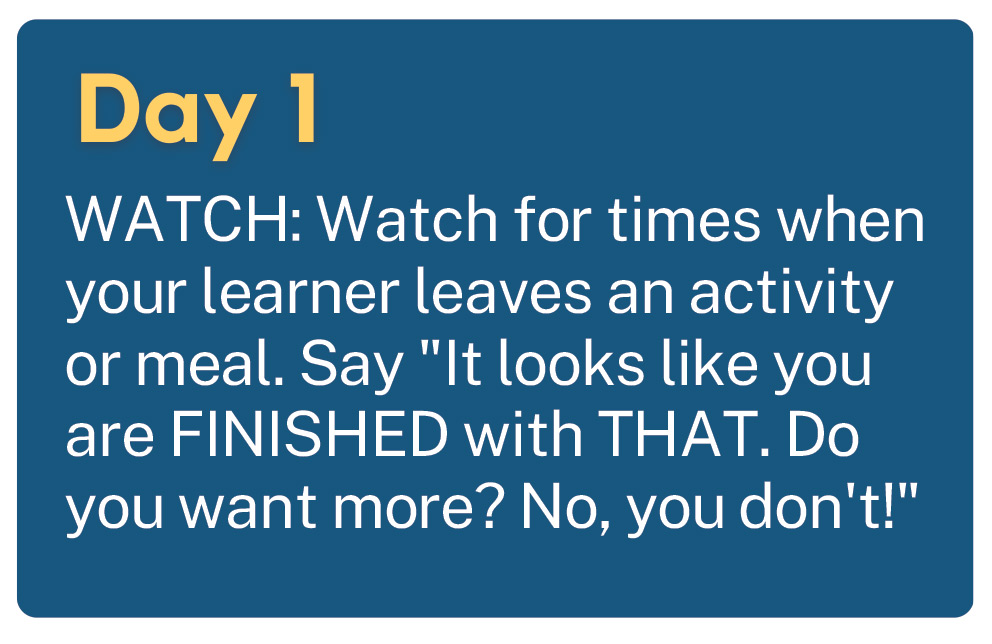
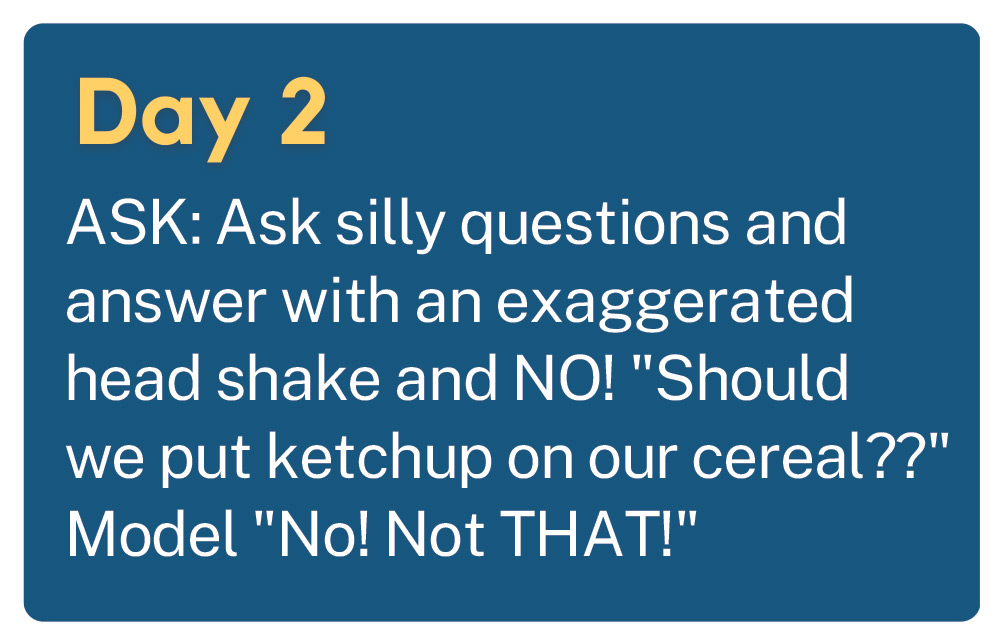
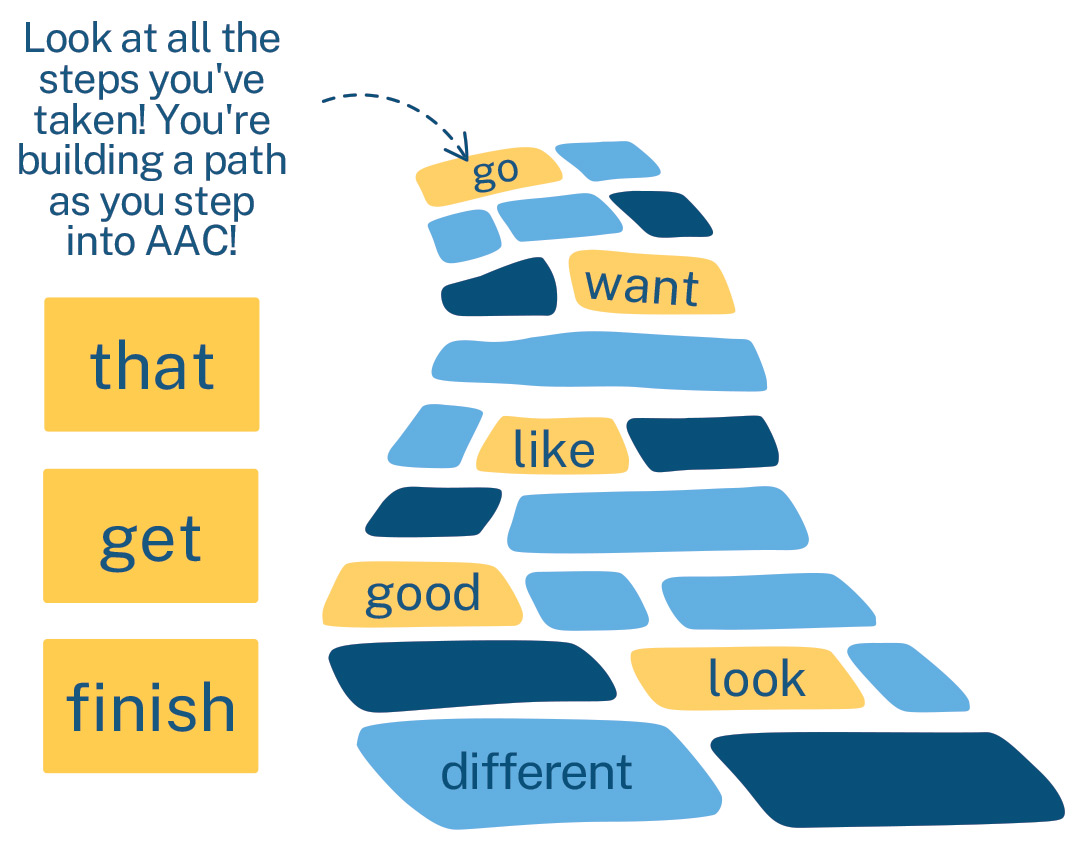
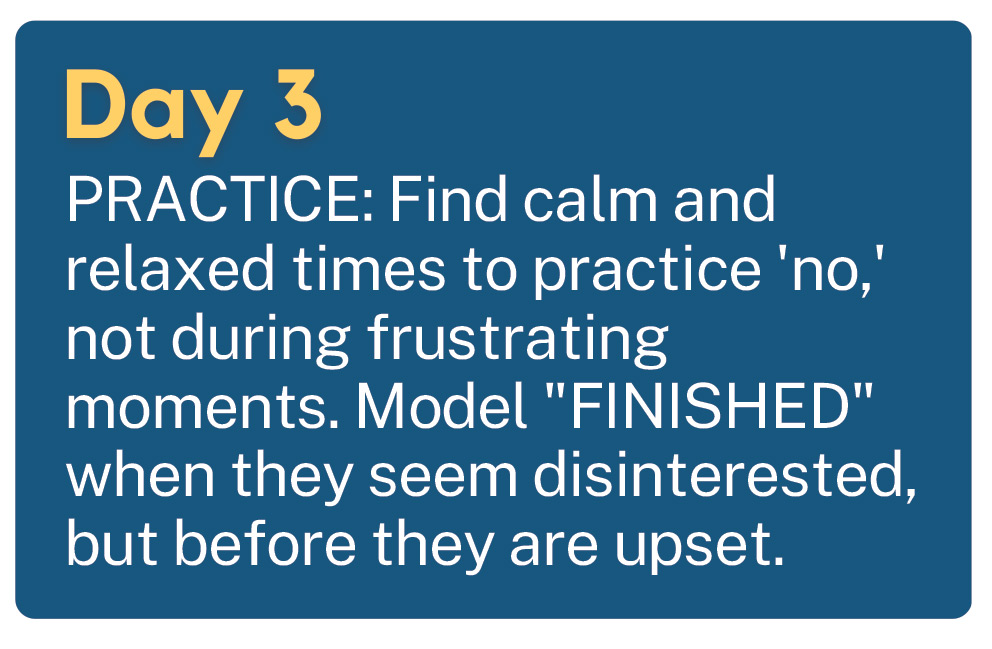
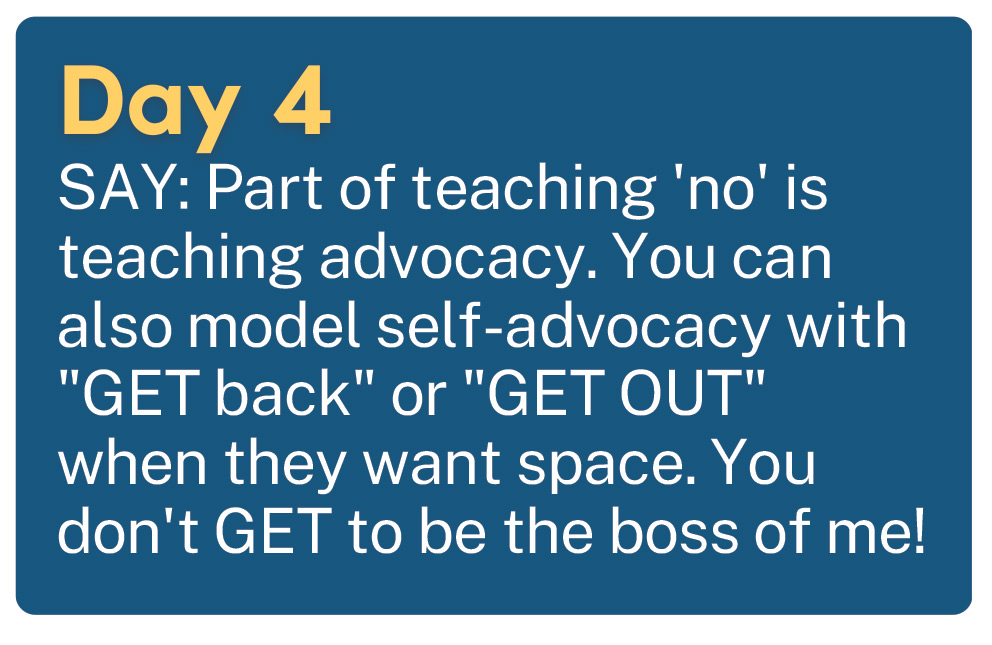
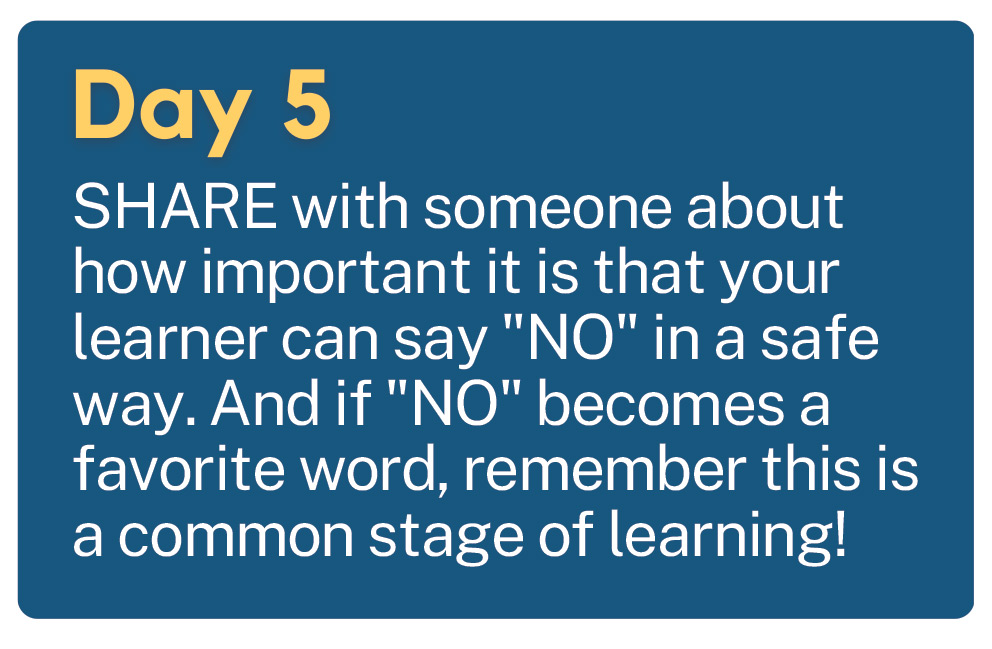
Supporting Handouts
AAC in Daily Routines
The most natural way to make AAC meaningful is to include it during daily routines. When parts of your day are familiar and expected, these may be times to start including AAC opportunities. Adults sometimes fall into a habit of asking a lot of questions to early communicators. Try to shift your words to comments, without expecting an answer. For example, “I LIKE that.” or “Let’s OPEN the fridge and LOOK!”
You may start with one comfortable routine, like eating breakfast or brushing your teeth. Start with a routine that is familiar and not a challenging time of day.

Hands-on Activities
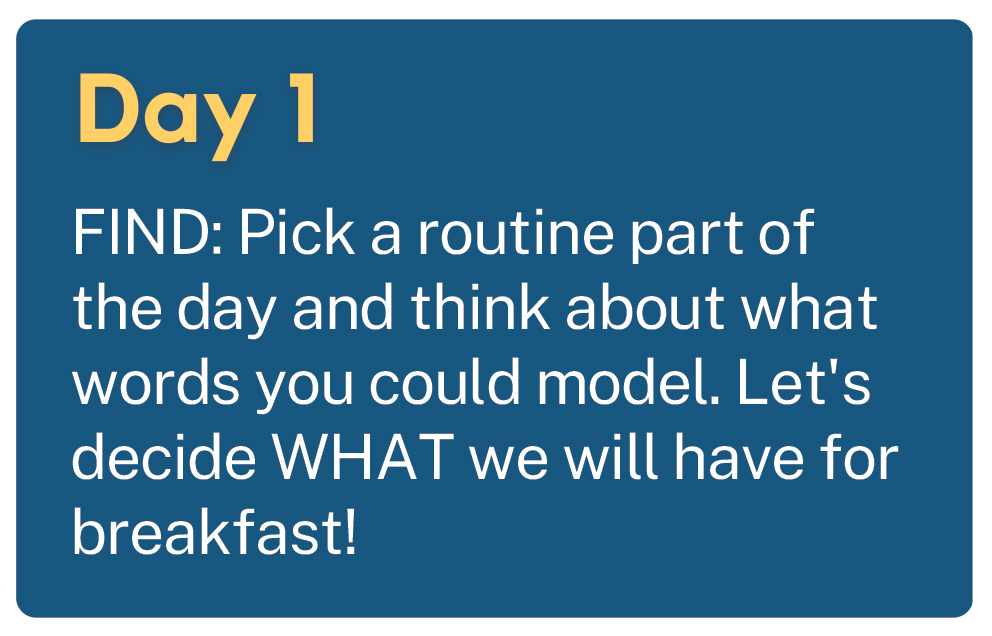
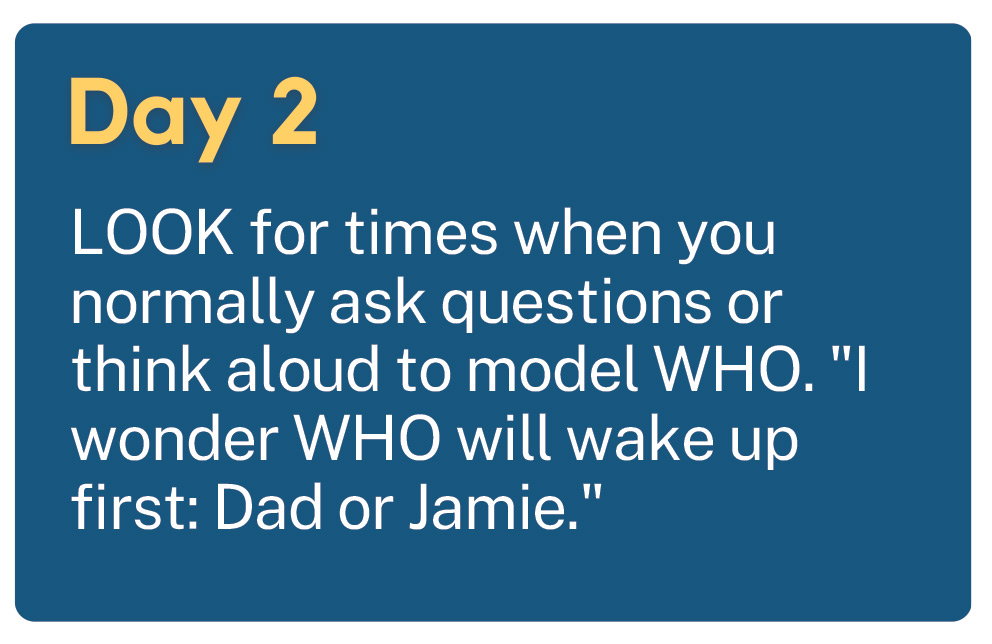
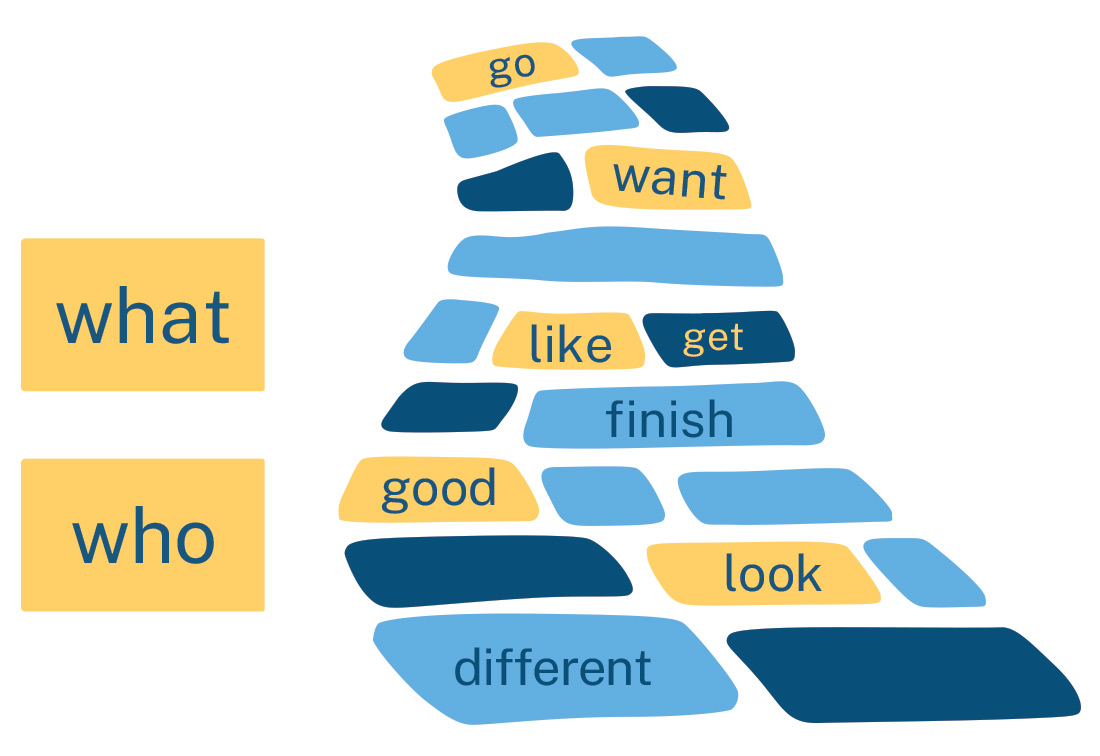
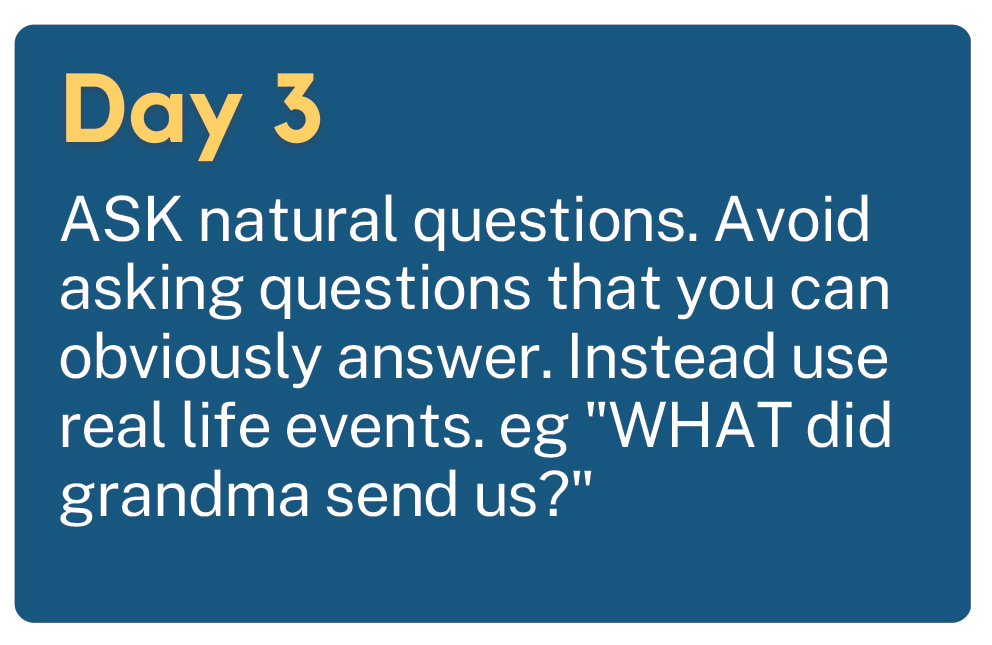
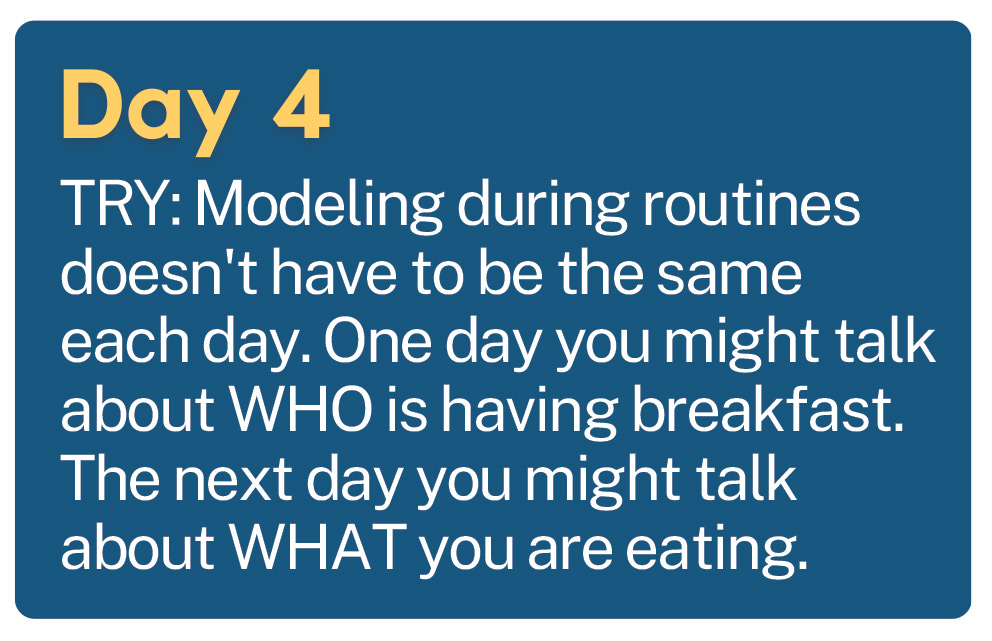
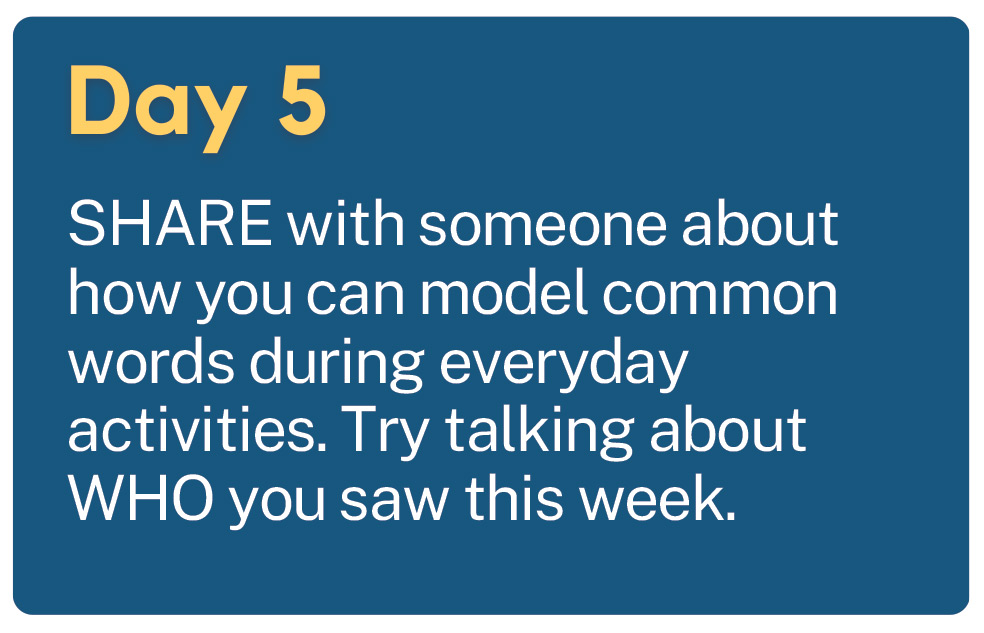
Supporting Handouts
AAC at Play
It is said that people learn things much faster if they are taught through play. Words happen naturally during play time – and that’s where we focus this week!
Let your learner pick the activity, then join them in their play. When we are focusing on teaching AAC during play, we have to be mindful to keep it light and fun. Follow their lead and find moments to model words without pressure. Have fun with your learner!

Hands-on Activities
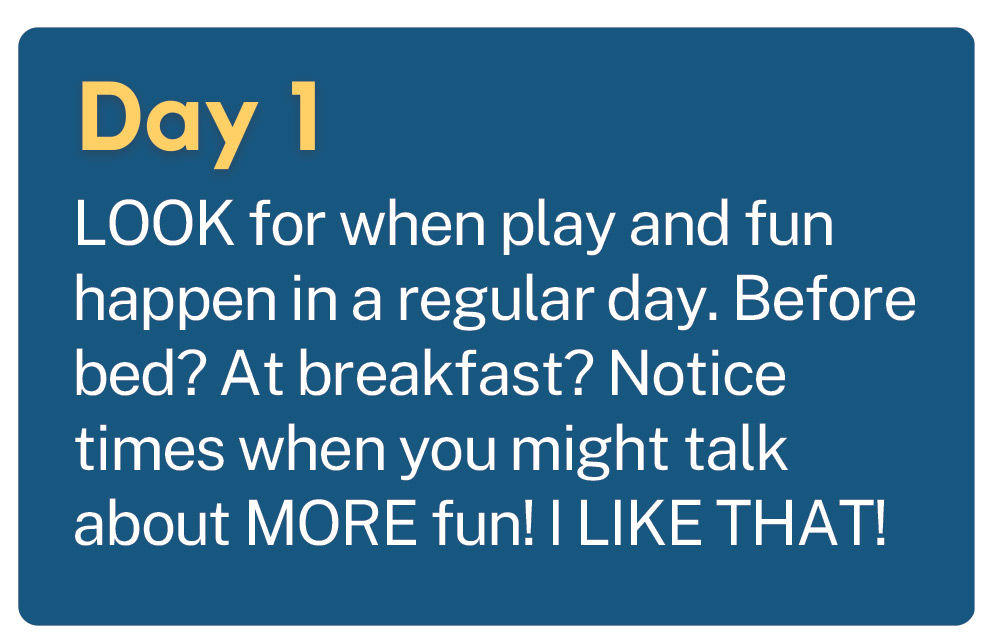
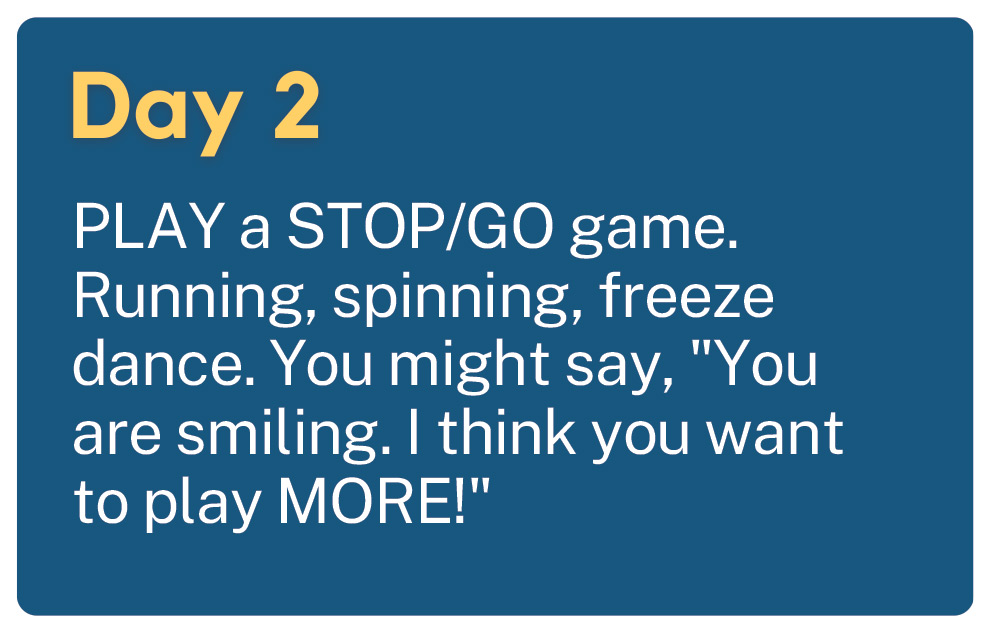
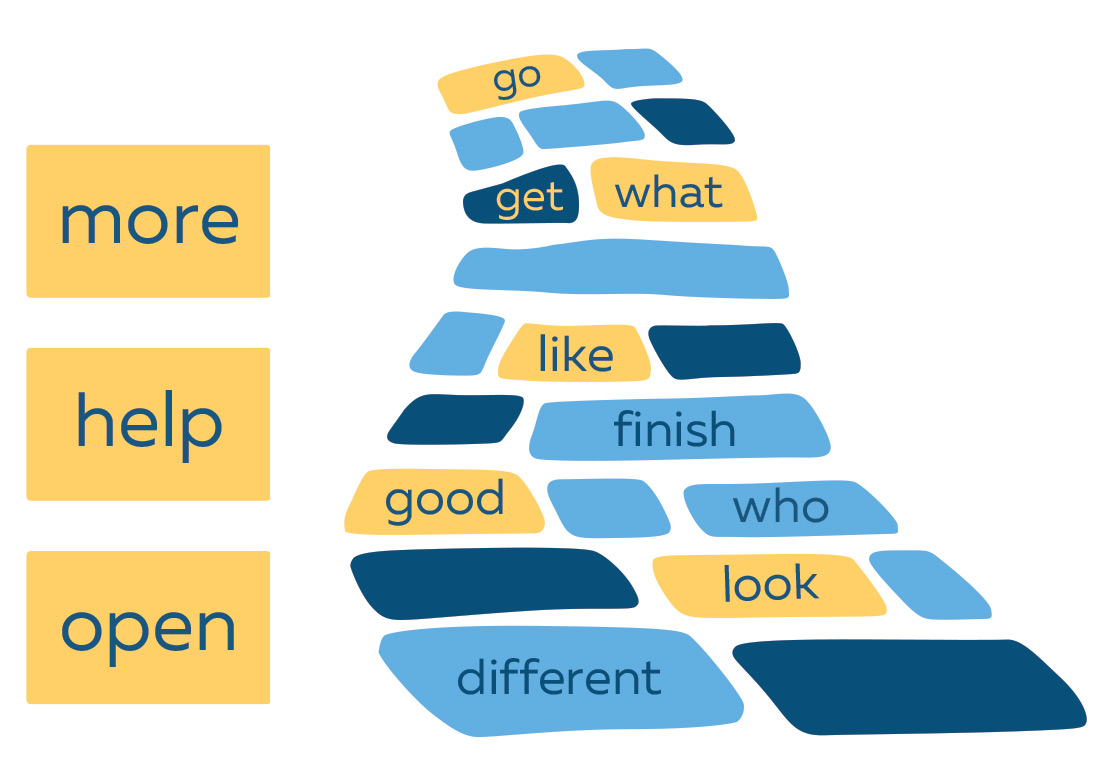
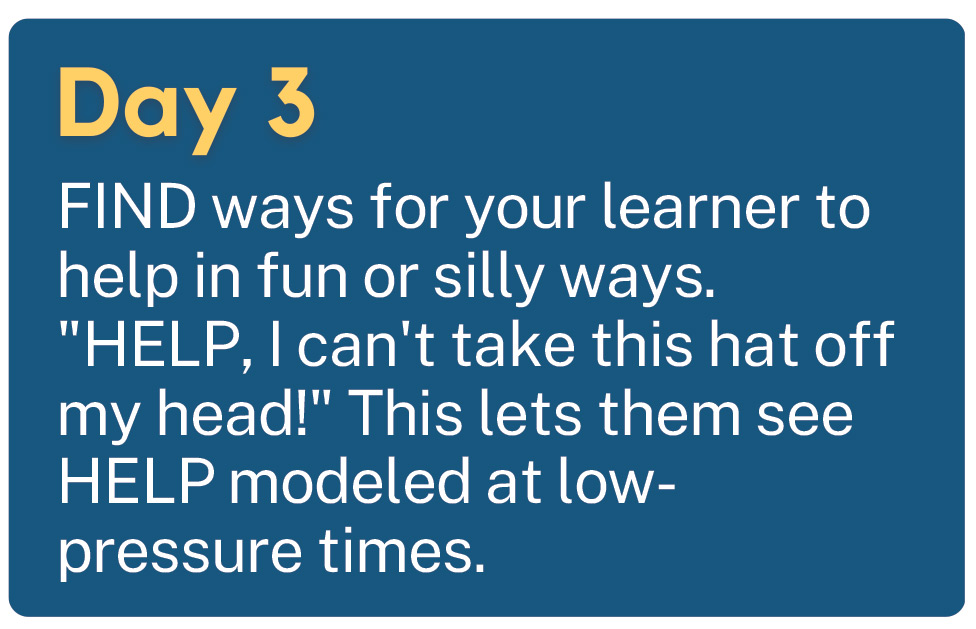
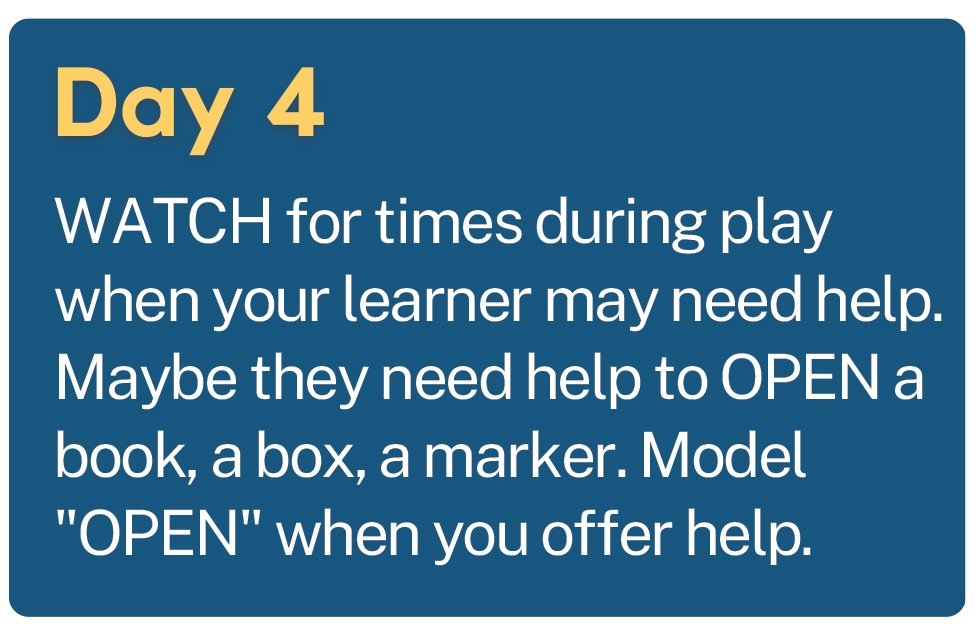
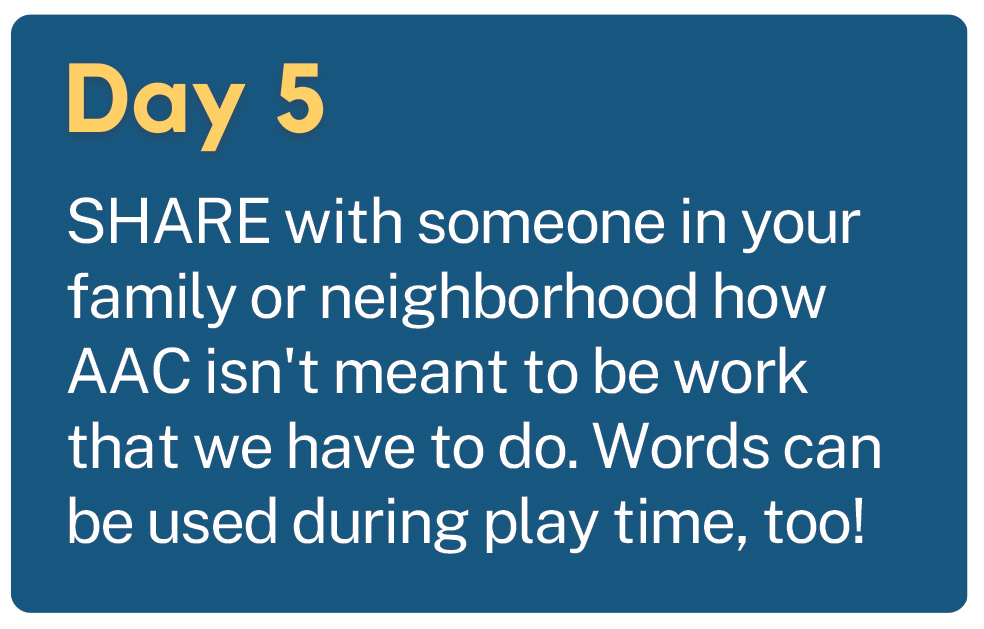
Supporting Handouts
AAC at Play (Part 2)
Play can look different for every learner. While some people like specific toys or objects, others might prefer sounds and movement. This week, think of ways to highlight your learner’s “best” and “favorite” things. Encourage them to “show off” by sharing what they made or what they can do. You might model “I CAN sing!” or “I CAN take a selfie!” Then invite them to join. “CAN YOU dance?” Many people love to show others what they can do!
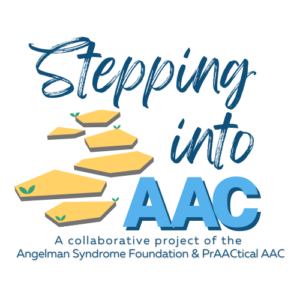
Hands-on Activities
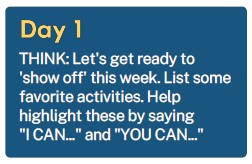
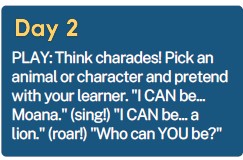
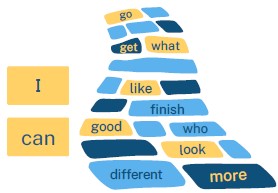
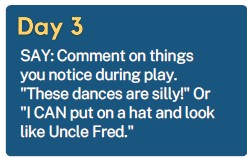
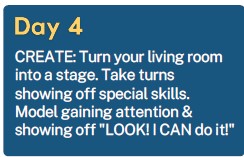
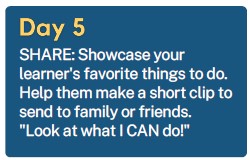
Supporting Handouts
Video 12-1: Intrinsic Motivation & Initiation
Video 12-2: Take-a-Turn with AAC
Reading with AAC
Reading with AAC (continued)
AAC Outside
AAC Outside (continued)
AAC on the Go
AAC on the Go (continued)
AAC Outside the Family
While AAC might start with close family, your circle of communication partners will grow over time. Invite friends, teachers, or neighbors to also point to words when communicating with your individual. Remind them that AAC doesn’t have to be formal and shouldn’t be bossy or unnatural. It should sound like regular conversation – sprinkled with humor and interesting topics. It is helpful to learners when we show AAC used by a variety of people for a variety of reasons.
Looking Back to Move Forward
We have spent 19 weeks exploring and learning about AAC together. With these new skills and resources you’ve found along the way, we hope that you can plan the next steps of your journey. This week, take some time to reflect on what you’ve learned. Think about how you can take this information and invite others to join your AAC team. Consider any areas you’d like to learn more about as you prepare to move forward on this journey with AAC.
Questions and Support
If you need help or advice along your communication journey, we invite you to join the ASF Communication & AAC Facebook group. Ask questions, get advice and join the conversation.
If you are experiencing issues navigating the website or accessing links, contact webmaster@angelman.org.
